-
Posts
297 -
Joined
-
Last visited
Content Type
Profiles
Forums
Gallery
Events
Everything posted by HAIIAPHNK
-
Chapter 15 This chapter, by all the rules of the genre, should have featured a serenade, a passionate lover with a lute, and a shy lady behind a curtain. But none of them will make an appearance. And honestly, that’s for the best. After finishing the windows, it was time to focus on the balcony. Finally, I removed something that had been hanging around on the model for way too long. A little backstory: when I built the balcony floor ages ago, I reinforced it with temporary braces and ribs to keep it safe from accidental damage. Back then, I made the temporary structure out of stiff paper. Now, I’m not sure if there’s a similar expression in English, but in Russian folklore, there’s a saying: “Nothing is more permanent than something temporary.” And this project proved it true yet again. When I crafted those paper supports, I thought they’d only be there for a day or two. It was supposed to be a quick fix until I could replace them with something sturdier made of wood or plywood. But time passed. The paper structure held up remarkably well—nothing tore, nothing collapsed. So I kept postponing the replacement, thinking, “Eh, it works for now.” Still, it always felt a little embarrassing when those paper supports showed up in photos. I mean, this is a big, elegant ship model. Paper details? Even temporary ones? Come on. I’d cringe at the sight and promise myself, “Tomorrow, I’ll fix this. At least for the sake of the photos.” But tomorrow never came. So here we are—finally tearing off that paper. It felt like the start of a new era for this model. No more weird paper braces in the pictures! Honestly, it’s worth celebrating. A holiday, even! But what should I call it? Cartondance? LiberPapira? Maybe something fancy like Papirôle with a French twist? I’ll have to think about it. Of course, as soon as I removed one temporary fix, I started building another. This time from different materials. I know, it looks just as primitive and pathetic. But hey, it gets the job done. This new contraption was necessary to bend the balcony railings into the correct radius. And gradually, the outlines of the balcony began to take shape. After working on the windows, it was an immense pleasure to cut regular wooden planks for the paneling instead of slicing thin strips of wood as delicate as noodles. Little by little, the balcony started to take shape. After working on the windows, it was such a relief to stop cutting delicate strips for the rain spouts and switch to crafting regular planks for the cladding. When building ship models, we all face countless decisions: what details to prioritize, what to simplify, and what to ignore. These dilemmas come in many forms. For instance, should you leave a small gap between parts? You could fix it by crafting a new piece, but that takes extra time. Or maybe a strip of wood ends up slightly too short—should you cut a new one or just leave it, knowing the gap will later be hidden under additional layers? You’ll also encounter the opposite situation. Sometimes you meticulously detail an interior cabin, knowing full well that no one will ever see it once the model is complete. Yet, you do it anyway—for the satisfaction of knowing it’s there. It’s always a balancing act: where to cut corners and where to go all out, even if no one else will notice. There’s no right answer. Each modeler decides for themselves. That’s what makes this a hobby—it’s about doing what brings you joy. Why am I spending time writing about such a seemingly trivial topic? Because I want to leave behind a record of this little piece of Fulminant that will never be seen. Maybe I’ll forget about it someday, but at least here, it’s preserved. For example, I carefully crafted the interior cladding of the balcony—complete with supports and wooden planks—just as it should be. Now, I’m making everything the way it should be on a proper model. No paper. Everything is serious and meticulously crafted. After all, it’s LiberPapira and Papirôle! Life, however, just smirked at me and said, “No paper, you say? Sure, keep dreaming. I’ll wait for tomorrow.” And tomorrow came... Chances are, I’ll end up photographing more temporary fixes—maybe even made of paper—and worrying about how they look. So much for Cartondance! But in the meantime, progress continues. Rough drafts and sketches are giving way to permanent details—at least the first layer of them. Eventually, these will be built upon with additional layers and finer details. Going forward, I won’t stray off-topic with stories or jokes about placing a young lady on the balcony and a lovestruck suitor below. Nor will I describe the following photos in detail. Instead, here are just a few images. That’s pretty much it. Over these last few posts, I’ve briefly described what’s been happening over the past few months. Believe me, even these long-winded posts barely scratch the surface. I could tell so many more stories—some of them worthy of a full comedy script, filled with misunderstandings, mishaps, and unexpected twists. Some of those stories have already reached their conclusion, while others are still unfolding, and I have no idea how they’ll end. But that’s a topic for another time. For now, I’ve shared the latest updates. As you can see from the photos, even the finished parts aren’t truly final yet. That’s what I’m working on now. At every step, I find myself wondering: Did I make the right choice? Does this solution work, or did I mess up? Does the model resemble the drawings? How do I balance Berain’s designs with the actual construction and my own vision? These are the questions on my mind, and I’ll address them in the next post.
-
Thanks for the feedback. I couldn't quite read the main point of the glue question accurately, so I may not be answering exactly what you wanted to know. I have mentioned in past posts that some of the tagua parts have come off. In particular, this happened with some of the sunbursts. The thin parts started to buckle and they came off the surface of the base. I have written about this before. And at that time I was just raising the question about glues. After that I glued the parts again. And I did it with the same glue that I used originally. Thought I'd give it another chance. The bulk of the parts are still in place. But there are a couple rays that came off again. So I definitely need to change the glue. I tried to look for an answer to the question of what is better to glue the tagua parts with, but I didn't find a definite answer. I got the advice to try two-component glues based on epoxy resins. I was even given an example of such glue. It is Devcon 5 Minute Epoxy or Loctite Epoxy. They also recommended a polyurethane glue, such as Gorilla Glue. I also have a variant of organic glue made from rabbit skins. I bought it for gluing parts made of bone. I tried this variant on training pieces of bone. And they glued very securely and firmly. However, in that experiment the parts had a rather large plane of contact. But I still have high hopes for this variant. And first of all I will try this variant. Especially since I already have it in stock. And the rest are still to be found and ordered. As you can see, I haven't made any more attempts with glue in the meantime and the problems with the parts that were sticking off have not been solved completely. and you can see that just as well from the pictures in this last post. You can see there that the entire panel area is covered in dust. So I haven't touched it for quite some time. You can see the puffy ray as well. Part of the reason for this long pause is that my attention has been focused on other issues. And partly I saw a certain logic in it. I was waiting and seeing what would happen to the rest of the parts that I had already re-glued. Would they or the other parts come off? I gave myself time to assess the situation more accurately and if there were any more problem areas, I would re-glue everything at once and not have to dilute a new batch of glue each time. I don't see the logic in that. It's not like I can boil two drops of glue. I would have to make a much larger batch. And it would take a couple drops to glue it together. The rest I'd have to throw away. If I do this over and over again, I'll use up the whole jar of glue. I've decided that when the new new balcony parts come in, I'll glue them all at once. In the meantime, I'm just observing what's already glued. I hope I was able to explain the whole situation and correctly understand the essence of your question.
-
Chapter 14 Where the author makes you peek through windows. My previous post ended with this view. I had completed all the decorative elements on the large panel above the balcony. This was the main and most prominent decoration of the ship’s stern, but it was far from the only one. Moreover, for me, this part of the decor was the easiest. It’s practically a flat surface. Now, I had to move down, work on the balcony, the first level of windows, and create the side galleries. And that was a much more challenging task. At least because I had to figure out how all these shapes should look. It’s one thing to see them in a drawing, and a completely different thing to turn them into a three-dimensional construction. To adapt the real forms of the model to the image on paper. But I’m jumping way ahead. All of this was still in the future. At the moment, I had set myself a different goal: to make the windows. And here’s where I should start showing the stages of work on the window frames, posting photos of my desk covered with blueprints, templates, and patterns. Showing the small slats being cut and turned into window grids (I don’t know what this element is called in English, and I’m not sure a computer translator would pick the right word, so I hope for your ingenuity). But you won’t see any of this because I didn’t photograph any of it. Usually, when we work on a hobby, it’s positive emotions that motivate us to share our work. But I had no positive emotions. I didn’t feel like taking pictures. I kept making attempt after attempt, and I absolutely didn’t like what I was seeing. I really didn’t like it. And these damned windows took so much time and energy from me. I even saw them in my dreams. I clearly remember one of those dreams. In it, I had finally made good windows and was admiring them on the model. But when I woke up and realized it was all just my imagination playing tricks on me, I felt utterly defeated. I tried many different methods, made countless attempts, and threw a whole pile of scraps into the trash bin. In the end, this is what I came up with. Even here, I saw a lot of things I wasn’t happy with. But this version ended up being the final one. I sent the result to my client. In many cases, his reaction is what puts the final stamp on my projects. I’m next to the model and see the details more closely. I know all the flaws. And I want to do things differently. But he often calms me down, stops me, and writes something positive. That he likes everything and doesn’t want me to redo it. That’s what happened with the windows too. He approved this version of the window frames and suggested moving on. I simmered with emotions for a while but eventually calmed down and followed his advice. All that was left was to glaze the windows, and I could move forward. The glass was provided by the client; it arrived along with other useful cargo and the model itself. He had also informed me about it beforehand. He immediately made it clear that he was against using modern materials like plastic or film for the glass. He wanted the glazing to be done with sheets of mica. I’ll spend a bit of time discussing this material. I had encountered mica before. Back then, when I was building my own models and making windows, I also wondered how to make the glass. I don’t remember where exactly I bought the mica sheets. But I do remember that the mica I had then was different from what I saw in the client’s supplies. His mica sheets looked... how should I put it? They looked different. This mica looked ancient, as if it had been made long ago using old methods. The mica I had seen before was smoother. These sheets had far more particles and bubbles between the layers. If a more modern person, like my son, were to look at this mica, he might consider these sheets to be defective or garbage. By the way, that’s an interesting thought. I should show him these sheets and find out if he would say that. For me, it didn’t evoke negative emotions. As I said, I perceived these sheets as ancient. And that somehow made me handle them more carefully, as if they were an ancient mummy or amphora. I wonder if these mica sheets really have a history of their own? I’ll also mention that among the materials the client provided for the work, I found another type of glass. And this was actual glass—a small case with a whole set of tiny thin glass plates. If I understood correctly, they are used either in microscopes or for microscopes. I think these are slides on which material is applied for examination through optics. But that’s just my guess; I didn’t verify the exact purpose of these plates. I wanted to make two options: one window with mica and another with glass, so the client could compare and choose. The glass turned out to be very fragile. It shattered eagerly when I tried to work with it, cutting it. I tried cutting the slides to the right size first to glue them into the frames. And I tried gluing them first and then trimming the edges. But in both cases, the glass cracked. For some reason, I’m confident I would have eventually found the right way to handle it. But the first photos the client saw led to his clear verdict: no glass, only mica. So I didn’t bother finishing the work with glass. I cleaned up the shards, put the case with the glass back into the supplies, and continued working with mica. What can I say? In my opinion, mica as glazing has its pros and cons. Among its advantages is relatively simple processing. There are nuances—mistakes during cutting are easy to make. But the process isn’t too difficult. Another major plus is that, unlike plastic or film, this material will remain as it is for years to come, which can’t always be said for modern materials. But there are downsides too. As I mentioned earlier, the mica (and now I’m talking specifically about what I had at my disposal) had its natural defects. Additionally, more defects could appear during the cutting and installation process. These include bubbles between layers. As a result, there’s a significant chance that some spots on the windows will show these specks and other flaws. It can look like traces of glue or other careless actions. And here, only you can decide whether this is acceptable for you or not. A modern person who’s used to even dust on the window being unacceptable might grimace and say they’d rather choose plastic. But a history enthusiast might not even notice these features. They might even say that these imperfections prove it’s real mica and that the windows were made exactly as they were centuries ago. And the artifacts on the surface only make the windows more beautiful. So, it’s a pretty ambiguous situation.
-
Hello. I'm glad you enjoyed reading about my creation. I hope there is something useful in it. Or at least interesting. I prefer hand tools more in carving. And I use a set of miniature chisels. In working with tagua walnut, I also use a hand router with different burrs. But I use this type of tool much less. Unfortunately, I can't take a picture of my chisels right now. But you can see and read more about this set in another thread I am also posting on this site. It's here:
-
I'm glad to hear that, Mark. I sincerely wish you are doing well. There's one thing: I haven't watched much television in years. I listen to audiobooks more often than not, and I watch movies. At best, it can be some podcasts on history or science. It may look strange, but I've gotten used to it. The only downside to this situation is that when I suddenly want to see what's going on in the world, it shocks me. Yesterday, after Mark's words I also decided to see what was being said on the news and again I was discouraged. The world seems to be going crazy. I quickly run to my cave, push the huge rock behind me again, look at the fire and try to catch my breath and come to my senses. Once again, I sincerely wish you, Mark, and everyone else too, that you are okay. This forum for me has remained one of the islands where everything is calm and people are calmly doing things that bring positive emotions. May it continue to be so. Peace and goodness to all! Amen.
- 2,696 replies
-
- heller
- soleil royal
-
(and 9 more)
Tagged with:
-
I apologize for the flooding. But what happened? You had me worried. Did something happen to Mark? Is he okay?
- 2,696 replies
-
- heller
- soleil royal
-
(and 9 more)
Tagged with:
-
Thank you for your kind words. Now I'm sitting here with red ears from embarrassment. I realize you're joking when you compare me to Netflix. But just in case, I still wonder which actor could play me in a movie? I'd like it to be Tom Hanks. I'm ready to sign a contract now. 😄 I've always looked with particular envy at the fact that your avatar has a reference to Versailles in the location. One day I might pack my bags and go to France and visit the museums. It's a very longtime dream of mine. And now I've also read about your collection in the glass cases. And my curiosity is just bursting out. Your house must look like this? In my imagination, that's exactly what it must look like. That's it, I'm going to get on with my work. If I can finish this project with Fulminant, I'll have a better chance of getting Tom Hanks to agree to play me in a movie. And then I'll be famous and I'll definitely be able to go to Paris.
-
I try to make jokes in some places. And make the text slightly absurd. There may be problems in this, the translator may not translate my words correctly. In fact, I can in no way say a single bad word about my customer. He is a very wonderful person, I was very lucky to meet him. I can easily tell him about real events without hiding some moments that I don't like. Even on the contrary, he is the one who stops me. I tell him that I want to redo something, and he tries to talk me out of it, writing that he likes everything as it is. For example, I left the problem with the structure of the “ears” (I do not know how to call these details correctly) out of the chat. The place where columns with arches will appear in the future. On this ship these are large vases. When I designed the cornice structure, I lost sight of some of the nuances. It was only later that I saw that it was not going to be a very pretty design. We had a long discussion about what we can do now that a lot has already been done. And a lot will have to be removed, torn off and redone. The customer wanted to leave it as it was already done. But in the end I didn't listen to him and redid it. In the future I will continue the remodeling, remove the cornice completely and redo it. The way I would do it for myself. I believe that hiding problems is not the best option. He trusts me, and I have to honor that trust. It would be a lot worse if he suddenly saw problems I wouldn't tell him about. I value my reputation. I try to do the project to the best of my ability. I realize that a lot of things can be left out. There are a lot of things in any job that are problems with the normal workflow. There's no point in telling everyone about it. If you knew how many of these problems go quietly. But I thought the most interesting ones should be shown. For me, this project has a lot of new things in it, things that I have never encountered before. And it may be useful to those who dare to take on similar tasks. More detailed stories are useful to me myself. Sometimes I reread my own posts. Some time will pass and I will forget what exactly I did, what methods I used. I'll flip through these pages and I'll remember. And I will thank myself. It is interesting to look at photos alone, but I like not the result itself, but the path, the stories, the emotions that arise during the work.
-
Thank you for your kind words. I too think this type of material has its own characteristics in the form of oil content inside. And that affects the adhesion. In the stories with paint and with glue, the same peculiarity is at the core. I hope that I will find reliable options so that the walnut decor will not reject the chemical formulations. I don't know for sure if the glue gel is a relative for plumbing sealants.It's a small tube that promised me versatility on different surfaces. It may be the same sealant, just in a smaller package and with different marketing promises. Once dry, it remains elastic and soft, and it's very reminiscent of the plumbing options. Of course, to say that the adhesive can be very easily and repeatedly peeled off without fear would be very bold. Tagua is a very brittle material and likes to break at the most unexpected moments. So far I've been able to get the parts safely out of place. And the glue is easy to remove. I have already thought about where there is no gold plating immediately glue on organic glue. I really hope it will give a good result. But that's just speculation for now. And it too needs to be tested with time. The next elements of the decor will definitely become a place of experimentation. Here, too, there are peculiarities that need to be taken into account. For example, organic glue cannot be stored for a long time. And since small parts require quite a drop of glue, it's hard to brew it in such microscopic doses. The only option for convenient work with such glue is to make a large volume of parts, accumulate them separately in boxes. And then glue them all in place at once. This is what I plan to do with the decor on the balcony. But first you need to do an experiment and see if this glue will be a good option or not. This whole project is one big experiment. I guess that's the advantage of it.
-
Chapter 13 In which there are few interesting events, so the author makes a joke about toenails. What else is he supposed to do? Finally something to show! Lately I have been working on small details to complement the transom decorations. These works were unremarkable, so there are no photos of the process, only final shots. But there is still a lot to tell. Life sometimes makes adjustments: because of health problems I had to take a break. When I came back, I found that some glued parts had moved away from the body. The reason was the material itself - the thin elements of the tagua walnut had deformed like chips and had come off, despite the strength of the glue. This is what some of the slises look like in the billet box. And this is what some of these problems look like already on the ship model If you work with this material, be aware of its tendency to warp. I tested different glues before I started, primarily for bone. For tagua walnut, I then quickly chose the second glue - it showed strength on large surfaces. But later it turned out that for small parts and complex carvings it is not suitable, especially if it is not possible to use clamps or weights. Secondary glue is only good for temporary fixing. I use it to secure the workpiece to the slipway. Once the carving is complete, the piece can be easily removed. But to glue the elements to the hull of the ship, you need a more versatile glue. Given my previous problems with paint, I started looking for a glue that: 1. Would be suitable for different materials - wood and tagua walnut. 2. Will allow future removal of the decor without damage if repairs or repainting is needed. 3. Will account for possible warping of the walnut due to changes in humidity or time. In the end, I chose a soft silicone glue. But, as practice has shown, it cannot withstand the stresses that occur in the thin thread elements. I am now thinking again about changing glue. Perhaps I will return to organic glue, for example, from rabbit's feet - it perfectly holds the bone. But for now, for the sake of easy disassembly, I left the decor on silicone glue. If you work with tagua nut, be prepared for its unpredictability. And of course, I am open to advice and would appreciate any recommendations. There is another topic that I wanted to discuss. I have talked about it in the past. It concerns the white color of walnut. Tagua walnut is so light that it optically “steals” volume from the figures. Even shadows on it look too soft and details are lost. On photos it is especially noticeable - instead of a clear carved ornament you get either a shapeless white mass or something ghostly-glowing, which makes you want to cover your eyes with the palm of your hand from this glow. I decided to change it. But how? With a brush and paint. I decided to try and do a patina. I know that sounds obviously not what the idea looks like in my head. And when I tried telling the customer about this idea, he expectedly said he didn't like the idea. White carving and patina is not the most obvious combination. Admittedly, I myself would have been wary of the idea if I had heard it from someone else. But then chance intervened. In fact, a lot of time passed between my question and answer. I don't remember exactly what the pause was. Maybe it was days, maybe even a week. And for me, every second of waiting seemed like a century. You can even imagine such a picture: I am sitting in front of the monitor and waiting for an answer. I have already grown a beard, I continue to sit in anticipation, biting my nails with impatience, looking at the clock and seeing that already from the moment of sending the letter has passed Terrible .... FIVE MINUTES!!! And still no reply. I sit again, staring at the screen. My beard is already wrapped around my chest. I'm biting my nails again, already on my toes. And there is still no answer. Now make this wait into days. I've already seen some stars explode around me and others born. Can you imagine exactly how I felt? And all the while I was thinking that the customer wouldn't understand what I was trying to say. And at one point, I couldn't take it anymore. I jumped up, rushed to get my brushes and started to make the right tone for the patina. In fact, you could almost call it a transparent composition. The paint came out with a slight yellow tint, nothing more. I understood that for a white color, you don't need more than that. In the end, I carefully used a thin tip of the brush only in the deepest hollows. For the experiment, I chose a faun's head that I had recently been working on. It was interesting, but it was lost against the background of the rest of the carving. And this is what I ended up with. I think it's gotten better now. Although it's still not so obvious in the photos the difference between before and after. But I'm happy with what I can see for myself. Finally, I will mention that I went to the hospital right after the patination was finished. By that time I had not heard back from the customer. All this time I was thinking that he may have already written that he was against the idea. And I, without waiting for his opinion, redesigned the whole thing. So now I'm waiting for his reaction and preparing for any outcome. Maybe he'll get angry, or maybe he'll come to me, give me a hard time for being AWOL, and take Fulminant away. Then the last thing I'll have time to say in this thread will be a joke about biting my toenails. And who knows, maybe that's what everyone will remember better than all the previous stories about this project! That would be a scandal.
-
First of all, I wish your son a good recovery. I guess fall was invented specifically for illness. My childhood memories of my ailments are primarily associated with this time of year. Of course it's not pleasant to be sick. But still, being sick as a child had its advantages, you could play games, even in bed. Building caves or castles out of blankets. I was also very fond of my childhood constructor, made of metal parts, slats and wheels. You had to connect them with bolts and nuts. For some reason they don't make those anymore. It's a shame. You could build mechanisms or transportation with it. Then I found nuts or other parts in my bed for a long time. So when I was a kid, there were advantages to being sick. And now when I get sick and ask to bring something like that to my bed, my wife looks at me strangely and scolds me. It's frustrating. Being sick as an adult is boring. I won't say much about your work. I just don't understand much about working with plastic, and any words I say on the subject will show my low understanding in this technique. But I always watch all your releases and admire. You can be sure of that.
- 2,696 replies
-
- heller
- soleil royal
-
(and 9 more)
Tagged with:
-
Thank you very much for your patient explanation of meanings in English. Now I can add another word to my vocabulary after “I need your clothes”. Just have to be careful with it. I don't want to accidentally say it in front of my spouse. She might think I'm making weird innuendos about her kitchen. And then I'd have to yell Help me! Somebody help me! 🙂 I hope it's clear that this is just a joke. I actually adore both my wife and the way she cooks. Honey, if you read this, read only what's highlighted. You don't need to look at the rest.
-
Thank you so much for your kind words. I am very happy to have received grateful readers. It is a pleasure to share what is going on in my work. It concerns emotions, thoughts or some difficulties that unexpectedly appear. And I'm glad that I can always ask for help when I don't get something right or have questions about theory. I always see support here. It is inspiring. Thank you very much! You once again give unique images. I have a separate folder on my computer where I collect all your sketches. Thank you. You are a great connoisseur of ship's history. I can't imagine how long it takes to find so many unique photos.
-
Thanks for the feedback. I will pass on your regards to my spouse. She doesn't know yet that I have written about her. I hope I don't get a kick out of her for that decision. But I couldn't resist mentioning it. I did have fun, and now when I look at this element of decor, I have very different thoughts. Unfortunately, my English is very weak. I know it at the level of “I love you”, “Help!” and “I need your clothes!”. That's all. So I didn't really understand what the word “Pukey” means. The internet gives me pictures of some monsters. And I can only guess at the proper meaning of the word. I'm assuming it's what they call someone who vomits. One of the pictures shows one of the characters from the movie Ghostbusters. I don't know if I spelled the title correctly, I'm not a connoisseur or fan of the genre. So I don't know who exactly is pictured and what does it have to do with Pukey? I can make an assumption that this could be the name of one of the ghosts in this movie, but since I am not very familiar with it it is a vague assumption. And in the meantime, I apologize if my writing has a lot of errors and it may be hard to understand what I'm trying to say. Special thanks for the appreciation of the work. Unfortunately, photographing a very white subject is not easy. The photo does not show the volume. I tried for a very long time, but still not very satisfied with the quality of the photo. And attempts to improve the contrast on the computer turn the shadows into dirty traces, as if there were notes drawn with a pencil on the sculpture. When you look with your eyes, the feeling is quite different. I really appreciate your comments.
-
Chapter 12 The story of the Faunus who is sick of the seasickness. While I resolved the gold issues, waited for the new colors to arrive, made new samples, waited for the results, sampled again I had a pause. I couldn't get the coat of arms in place. And it was necessary to find a new project for my hands. And I chose the head of a mythical creature, which is placed below the coat of arms, in the arch above the doors. On the drawing you can see the main features of this character, but since everything is very small and the drawing does not take into account the volumetric relief much has to be invented by myself. Of course, first of all, I started looking for images of different mascarones. And there are a huge number of them. In the end I chose the most suitable reference for my prototype and started working. Alas, I did not take photos during the work, and they will be very few. So it will not be possible to show the process in detail. I took these photos for myself. This is the very beginning of the work. And first of all, in working with the workpiece in this situation it is necessary to start from the inside. The head should lie on a complex relief and you need to make depressions and bulges, which should be combined. To make the work easier I decided to make a print. It is simple enough. For it you need some molding mass, which can harden in the air. Just mold it on the place where we want to repeat the relief. If this mass is sticky, leaves traces and can dirty the ship, then everything is solved with the help of thin food film. We put a piece of such film and the problem is solved. And you can make an impression. I made a couple of such prints, one sawed with a thin hacksaw lengthwise. It is more convenient to make sure in the first place in the exact repetition of the resulting shape, and secondly, so got a mold and easier to outline the necessary bends on the workpiece. This is already unnecessary descriptions, I'm sure that everyone and so immediately understood the meaning in this venture. By the way, I used approximately the same method when cutting out the wings. But then the task had a slightly different meaning. The wing from the back side was also a complex shape, it was necessary to make a graceful and delicate detail. And then in the same way the back side had to be made first. To make sure that the wing does not rest anywhere, or on the contrary, exactly touch. And only then the carving itself begins, the drawing of details. In the end, the curved part had its own nuances. As if not to press too hard with fingers to the table, suddenly the thin plate will burst from the pressure on the weak points? So the molding mass served as a reliable slipway for the workpiece. I made a mold on the table from polymer clay and carefully pressed the wing into it. After hardening it turned out to be a perfect matrix. The wing lay in it safely and securely, and I was not afraid that something somewhere might break. It turned out to be very convenient for such tasks and simple. And now for a photo of the finished head: Now it's time to put everything in its rightful place on the ship: My spouse, when she looks at what I do, sometimes draws some very curious conclusions. Now she looked at this head for a long time and then asked: - Who is this? - Mascaron,” I answered, ”is the name of such an element in architectural sculpture. And the character is probably Faunus or some other mythical character. - I see. What does he do? I rubbed the back of my head: - It's hard to say, he spits out flames. - Spitting it out? He's throwing up! He ate some hot peppers, that's what made him sick. Or maybe he got drunk. That's why he threw up. That's right! He had a drink, a snack, and then he had a bumpy ride. That's the result. I laughed. - All right, let's call it that. You got me. - Well, we're joking, but it's really done that way. Why would you make a sculpture that makes you sick? Would you decorate with images like that? - Well, we live by different rules now. We used to have our own notions of what was appropriate and beautiful. You can see it's a lowlife character, maybe even a negative one. Maybe it had a certain meaning. Like gargoyles on castles and temples, or other evil things. There, too, they were often depicted at times when they were bad. Maybe it's about the same meaning here, too. At the top is a strong, beautiful symbol of power and purity. And beneath his feet, a lowly and humiliated enemy. - I still don't get it. Look, there's an archway. Will there be doors there? - Yes, there will be doors. - And that's where the captain will go to the balcony? - Yes, the captain will go through those doors to get some fresh air, that's right. Maybe even the admiral. Why? You're obviously trying to lead me to something. Come on, admit it. - So this faun pukes on the admiral's head? Who insulted who? I laughed. - How did you come up with that scenario? - Wait, I've seen it somewhere before. Where? I'll have to remember. - You've seen faces like that a lot of times. We went to see a castle the other day, and it looked just like this one. - No, that's not it. I remember! There! That's him! And my wife held out a cell phone with a picture like this: I started laughing again. - Yeah, it looks a lot like him. - And your faun looks like the Grinch. Look, maybe in the cartoon it was his childhood. Then it's definitely a match. A prankster like him could have lurked over the door to wait for the captain to come out. And then stain him from head to toe! Such a woman's fantasy...
-
That's interesting. I will definitely try it again. I'm not really having trouble with the chemistry, I bought different liquids, tried putting sheets on shellac art sheets as well. The problem is more with the sheets. And the small scale of the molds to put the gold on. Even a thin layer does not lay down well, it's hard for him to repeat the desired curves. I need to practice more. It's silly to hope that this process can be done well the first time. Thank you very much for your appreciation of my efforts. I am very pleased that you enjoyed it.
-
Chapter 11 In which the author talks about the main theme and confesses his love for wings. After finishing the dome of the side gallery, I decided to tackle the most important decoration of the Fulminant's stern. Of course, it will be about the large royal coat of arms. It was no accident that I asked questions about the small details that surround this important symbol. Again, many thanks to everyone for their help and good hints. They made it very easy for me and answered my main questions. After your answers I had no more questions about what exactly I should show in this main decoration on the stern of the ship. At any stage of our creativity there will always be challenges, questions, and problems. I guess that's why doing model building is fun for us. I used to complain about the small and delicate detail of a wreath or branches. I used to say that it was very difficult to cut it out without breaking the workpiece. I guess that's why now life decided to laugh at me and showed me that the exact opposite situation is also a problem. And it needs to be solved too. Right now I have to make the largest sized piece possible. And that means that a solid piece of tagua nut will not be enough to fit the entire coat of arms on one blank. You have to join several blanks together. But I wanted to keep that out of sight. I didn't want to just put two pieces side by side and glue them together. You'd see the seam. And I didn't want that to happen. I set out to glue several pieces together so that the joints between them would not be visible. It's not that difficult, but it still requires proper calculation and care. It's not even a problem. It's a task that just needs to be accomplished with quality. The problem turned out to be something else. The tagua nut is a living material. Each nut has its own characteristics. For example, there is a cavity inside almost every nut. Inside, the body of the nut begins to crack. And the pattern of these cavities is different for everyone. It's logical. And the fact that it's impossible to know in advance what's inside each nut is also understandable. Tagua can also have a color change. The nut is darker on the inside. It can be yellow, or it can be gray or dirty brown. You can't know how strong the color is beforehand either. Only when you saw the nut you can understand what you will find inside. At the same time, some nuts have yellow color only in the center, and the layers closer to the surface are almost white. And others have their own color near the surface as well. So the only way to know what you're holding in your hand is to find out as you work. The easiest way to make some conclusions and sort the nuts is to grind the crust of the nut in different places. Here's the problem: When I need to make a small part, it's easy enough to find an area with pure white color. But when I needed to make a large part, I was immediately faced with big questions. How do you find a good white walnut color? So that there are no dark spots and cracks in the workpiece? There are only two options: either to make a set of individual parts from small pieces and then I will get something like a parquet. Or take a long time to find unique nuts where there will be large sized sections with ideal conditions. There is a chance that I could search endlessly for such nuts, saw a ton and still not find the right blanks for me. So I wrote to the customer and explained the situation. The customer understood everything and replied that I could safely search and saw all the nuts he provided for the job. And if the supply ran out, he would order more. I calmed down and continued my search. Let's keep looking. We can always go the “parquet” or “briquette” gluing route. I will not keep you in secret. In the end, we managed to find suitable blanks. And I can show you an example of how during the work even a piece of walnut, which at first glance seems to be suitable, can gradually turn out to be not quite suitable as the extra layers are removed. Here you can clearly see that one wing has a more yellow color. Although in the beginning the blank looked much lighter in color. But other, more yellow layers started to appear inside. If you are planning to get into carving tagua walnut, you may find this information useful. What followed was a gradual work in progress. One large mass was gradually transformed into different individual parts with their own small features. Here I don't know what can be noted separately. I didn't take many pictures at this point. The only thing I can tell you is not about technical issues, but about my emotions. It so happens that I really like it when in carving I work with wings. I don't know why. But I really like their plasticity, their lightness. I always enjoy carving wings. And it so happens that all my previous works on French ships and their decorations were almost always connected in one way or another with wings. I never really thought about it. It turns out that the French are very fond of feathers. Of course, this is a joke, the French have so many different characters in ship decoration, and not all of them are related to wings, but in my practice I almost always did exactly “winged” Frenchmen. Only the Minerva from the 74 gun frigate from the famous monograph had nothing to do with feathers. All the rest of my work has been “feathered”. "Le Ambiteux", "Le Francois", "Le Marseille". All of them had wings. Now I've added a "Le Fulminant" to my personal flock of Winged Frenchies as well. I like this trend. If next time I encounter a feathered craft like this again, I will be very happy. And this time I got a lot of satisfaction too. One can have different opinions about the idea of combining a classic wooden structure and white translucent and luminous decor on one ship model. It is a bold and unusual decision and a separate topic for discussion. But what I can say for sure is that the snow-white color of the decorations gives something unimaginable and surprisingly light to the wings. Or vice versa: the wings add something ethereal, special, radiant to the white material. It's just a stunning combination. You can say whatever you want, but I will never, ever change that opinion. The snow-white tagua nut wings are my personal ecstasy..... Those who wish can go have a smoke and only then read to the end. 😉 I have already written in the last post that the off-white decor will be enhanced with gold. And considering my past not very successful experience with gold leaf, it was decided that further work with gold will be with paint. And I didn't realize that here too a new problem would be waiting for me. Before painting I made some experiments on unnecessary pieces of walnut. I applied paint to them and saw how the result would look. And everything was fine, I was satisfied. So with a calm heart I started painting the finished decor. But here I had an unexpected discovery. I noticed that over time the gold on the walnut had become more transparent. When I was preparing the decoration for landing on the final place and touched the details with my hands, my fingers removed the powder and the gold was slightly wiped off. It didn't happen immediately, the paint didn't fall off in pieces, and at first I didn't even notice the changes. But then I realized that after a while it would be completely wiped off. It will remain only in the recesses where my fingers can't reach. That's news! What happened? Why? I pulled some experimental pieces of paint out of the trash. I rubbed the paint with force to see what would happen. But the paint held firm, nothing rubbed off. So it's not the paint itself? Maybe it's the application technique? On the practice pieces of nuts, I didn't bother to apply it carefully. Why? I just dabbed with a brush like a fence. On the finished jewelry, I only applied the paint with the very tip, it was important to me not to smudge areas where the gold shouldn't be. Maybe that's the point. I don't know. Maybe the experimental pieces had a different surface? There was a rougher texture, and after knives and chisels it became smoother and slicker? I don't know. Maybe I stirred the paint worse during painting? There were a lot of different thoughts. For example, there was the idea that walnut has oils inside, which is very likely true, it is walnut. Maybe that's why there's no good adhesion. But after all, it holds up great on the practice. Or should I look for a different paint, with a different base? I still don't know what was the reason for the defect. I did another series of experiments. Bought another paint, tried first coating the walnut surface with art shellac to make it a base. Tried applying shellac on top of the paint, if the wiping goes on top of the paint, then maybe that's the way to fix and protect the gold powder? Tried other options. And compared different results afterward. If anyone has a similar experience and knows what the cause was, I'd love to hear your advice. In the end I re-painted with one of the options I liked. This time the paint laid down better and so far I haven't seen any more of the previous symptoms. And now it's time to dilute the abundance of letters with pictures. You are waiting for pictures, right? That's all for now. As you can see, I haven't shown the final photos on the ship yet. Which means that this is not the end of the story and soon I will post the remaining pics as well. I just need some time to prepare the text.
-
Chapter 10 In this chapter the author decided to tell how a small detail can become a big problem. Probably he should have become a biologist and told about mosquitoes, ticks or other insects, but he decided to do ship modeling. So he has his own little problems, and he is excited to talk about things that others are not interested in at all. It's been a while since I've posted an update from my shipyard. Time to rectify that. I stopped at the side gallery. There were some details that needed to be finalized. For example, I completely overlooked the laurel branches that are shown on the back of the shell in the drawing. Because this piece is very thin I had trouble making it. The branches were breaking. I even tried to get around this problem in other ways. The customer wanted some of the white decoration to be gilded. Not all of it, just small sections. And I had an idea that in the decorative ensemble of the dome the laurel branches could be just covered with gold. And if it will be so, it is not necessary to make branches from fragile tagua (and in such a thin form this material breaks very easily). So I made two options at once. One wreath I decided to make from wood. This material is more familiar to me and I hoped that it could give other, better results. And if the wreath will be gold anyway, it doesn't matter what material it is made of. There is a logic in it. And the second option is quite unusual. I took from my wife the material from which she does modeling on the nails. I don't know the exact name of this liquid. Something like resins, she then dries this liquid under ultraviolet light and it hardens. And I started trying to make branches out of this polymer material. I also had another backup scenario in my head, but I never tried it out, but more on that later. I will not go far into the description of molding from polymer composition. I will only say that in my idea I even decided to complicate the task a bit and make the wreath volumetric, not flat. But in the end it turned out to be a bad idea. First of all, a very thin bas-relief would work better here. The laurel leaves should be in the background and not distract too much attention. And in technical matters the voluminous wreath had many disadvantages. The biggest problem I had was when I got to the gilding stage. First I tried to apply thin slabs of tarnish. And it came out really awful. It was almost impossible to apply even a thin sheet of titanium between the leaves in several layers, with one leaf overhanging its neighbor. If the wreath had been larger in size, it could have been solved somehow, but on such a small scale I could not do anything. The tinware crumpled, lay down with creases and folds. Eventually the wreath lost its shape and was more like I was drinking tea with a chocolate candy and the crumpled gold foil from the candy was left on the table. Just trash. I didn't even bother fixing anything or trying to redo it. There were too many downsides to this version to waste time fixing it. There were too many disadvantages in such a variant to waste time on corrections. I am not talking about the fact that the customer is against the use of modern materials, polymer resins or computer modeling. I was well aware of this, and I knew that when I showed my result and told him exactly how I made the wreath, he would not like it. But I had to go through this experiment. Now I saw with my own eyes what I got and realized that to complicate this element too much is not that it is not necessary. It's even harmful. And it would look bad even if I could do it better. So I didn't even start a backup. I will describe it, maybe for others this way can be a good solution. Or maybe I'll leave a hint for myself as well. Maybe I will need this idea in the future. So, I had an idea to make a wreath out of metal, out of wire. I planned to do so: At the first stage is the manufacture of individual leaves. To do this, we beat the wire with a hammer and flatten the edge. Then this edge grind and give the shape of an almond. You will get a bay leaf on a stem. And so make as many leaves as you need. And then we bite off the stems to the necessary length and solder one to another, so that the leaves turned into a twig. Well, and then there is further refinement. Such a wreath can be painted with paint or with the help of a chemical electroplating bath. I think it can get a good result. But I did not make a wreath this way. I decided to try again to carve from tagua. And so I went back again. I had to make the wreath a little more puffy, not exactly like in the picture. In the drawing, it's exactly two thin branches, and mine is more like a wreath. It has more leaves, I arranged their pattern so that they were one total mass, there were no thin branches that could easily break. Considering my variant I noticed that my wreath even resembled fire, the sharp tips of laurel leaves were like tongues of fire. But this I did not put in the minus and disadvantages. Let there be a double meaning. This ship already has a big connection with fire, so I don't see a big problem in seeing two different images here at the same time. I also left a very thin layer in the area that will be covered by the shell. This backing in spite of the thickness of the web provided the help I needed. And the wreath became more stable and more sturdy. I was satisfied with what I had accomplished. And I no longer saw the point in trying to make a wood version. I couldn't make it any thinner, and otherwise there was no point in starting. It's such a small detail. I even missed it at first in my attention. It ruined a lot of my nerves, strength and emotions. This small laurel wreath became for me a real mosquito or wasp, which stung me painfully. And I rubbed and scratched the sting for a long time, trying to get rid of the itch. In a figurative sense, of course. I've redone it several times, I've wanted to stop doing it a hundred times. But each time I went back, since the ship has this element of decoration, I must figure out how to make it. And it all worked out in the end. And I'm glad that everything ended safely. In this photo, all the parts are already up for fitting. Small grenades with torches of fire also appeared. There is no sense to tell separate stories about them. The only thing I will say about them is that while I was making them, I was constantly thinking about Tom Hanks. Why him? What does Tom Hanks have to do with it? I'll put it this way: Wilson! You know what I mean? In my mind, these fire grenades looked like a volleyball stuffed with some kind of grass. Well, they're the same, aren't they? Look at them! And now if I look at the side gallery, I quietly say: “Weeeeelsoooooon!”
-
As soon as I asked a question on the air, I immediately remembered where else to look. Here, too, you can't see very well, and the drawing itself was made quickly and sloppily. But still it looks like I was close to the truth. But still I will leave the question open, not completed. If anyone has other opinions, I would be glad to hear them.
About us
Modelshipworld - Advancing Ship Modeling through Research
SSL Secured
Your security is important for us so this Website is SSL-Secured
NRG Mailing Address
Nautical Research Guild
237 South Lincoln Street
Westmont IL, 60559-1917
Model Ship World ® and the MSW logo are Registered Trademarks, and belong to the Nautical Research Guild (United States Patent and Trademark Office: No. 6,929,264 & No. 6,929,274, registered Dec. 20, 2022)
Helpful Links
About the NRG
If you enjoy building ship models that are historically accurate as well as beautiful, then The Nautical Research Guild (NRG) is just right for you.
The Guild is a non-profit educational organization whose mission is to “Advance Ship Modeling Through Research”. We provide support to our members in their efforts to raise the quality of their model ships.
The Nautical Research Guild has published our world-renowned quarterly magazine, The Nautical Research Journal, since 1955. The pages of the Journal are full of articles by accomplished ship modelers who show you how they create those exquisite details on their models, and by maritime historians who show you the correct details to build. The Journal is available in both print and digital editions. Go to the NRG web site (www.thenrg.org) to download a complimentary digital copy of the Journal. The NRG also publishes plan sets, books and compilations of back issues of the Journal and the former Ships in Scale and Model Ship Builder magazines.


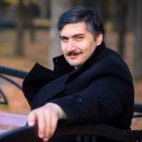
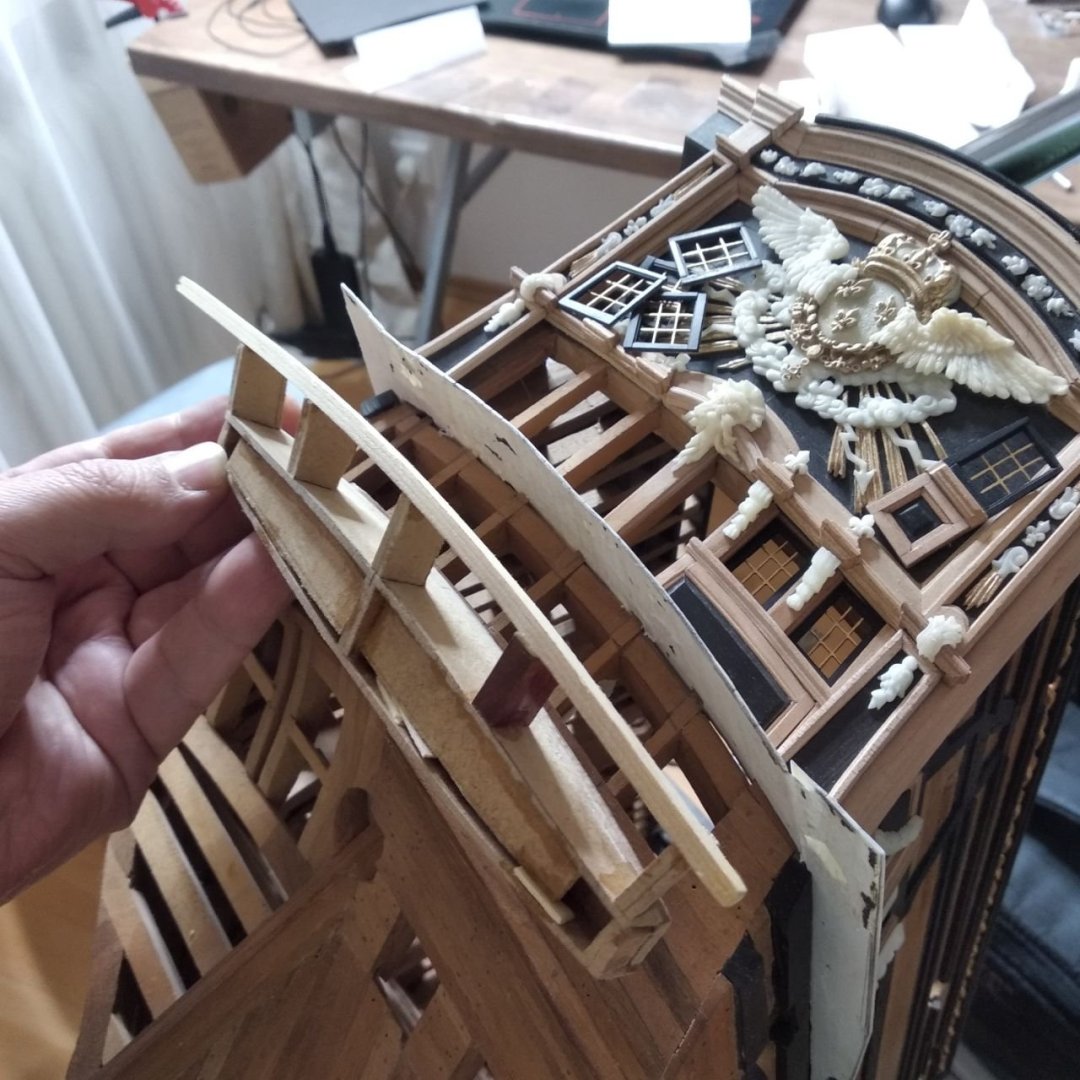
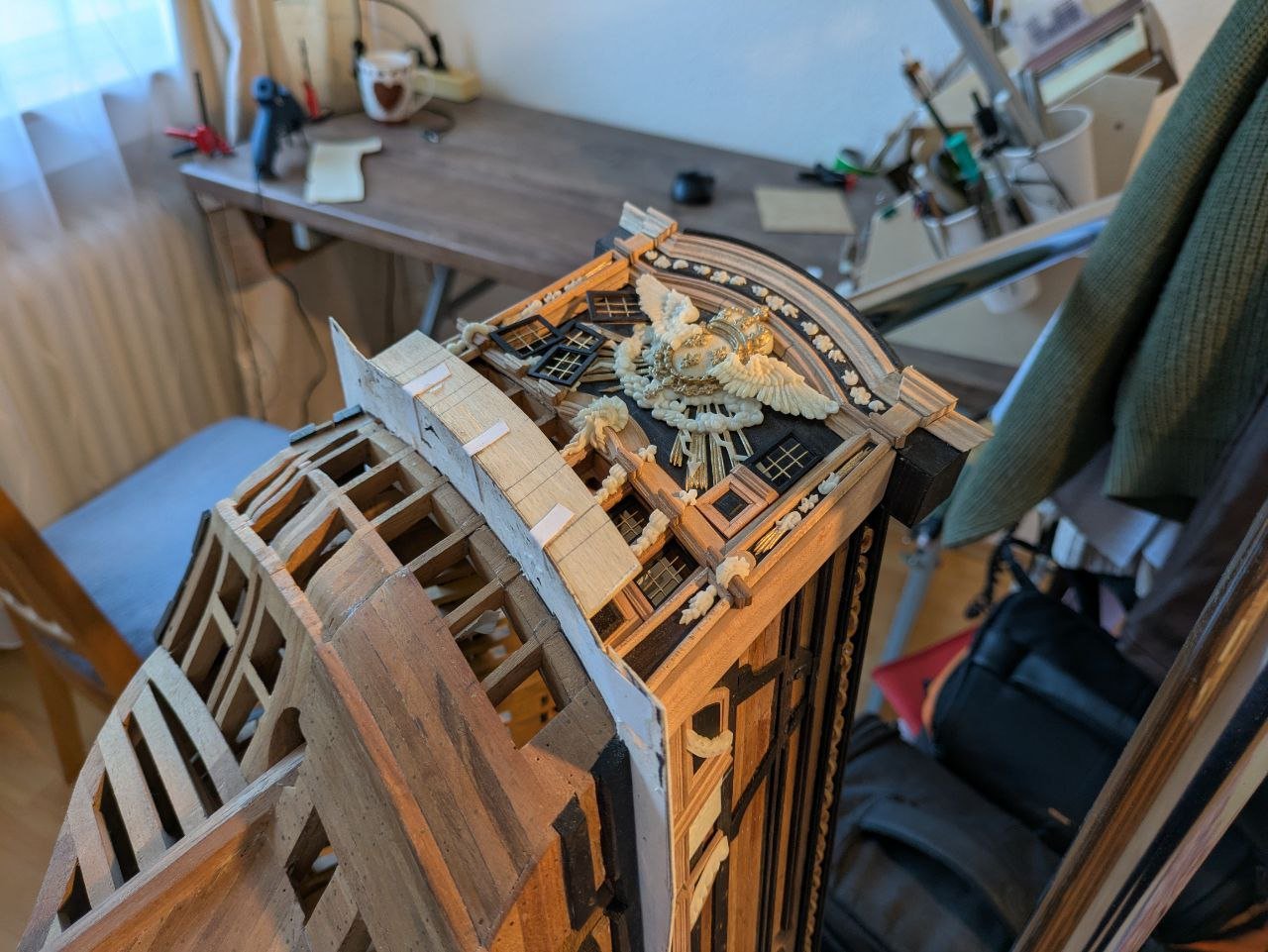
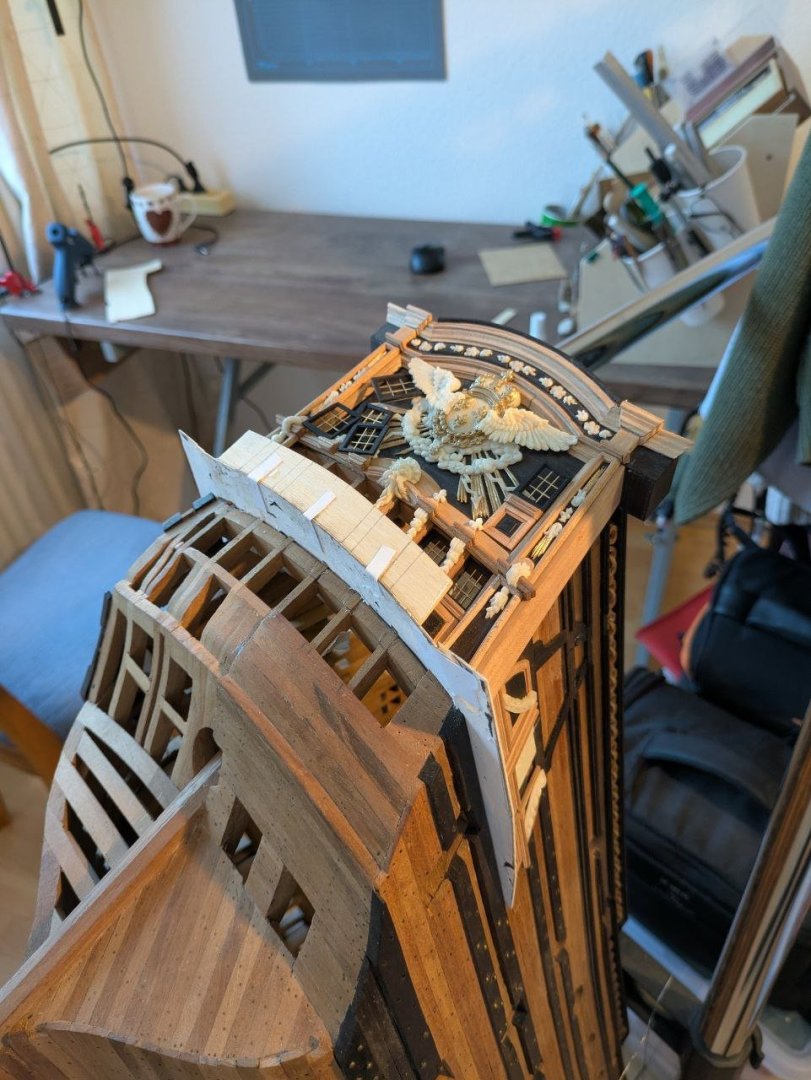
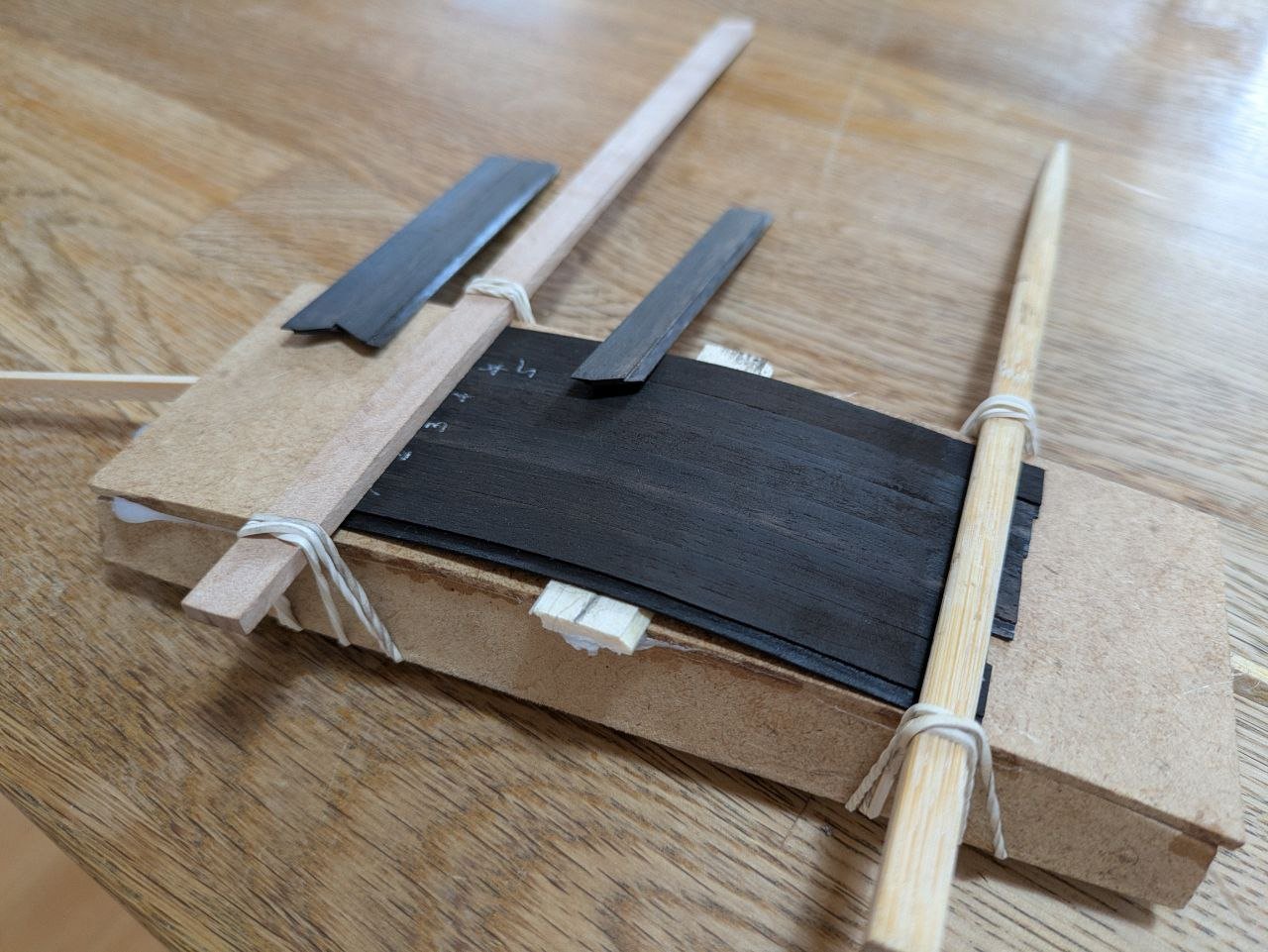
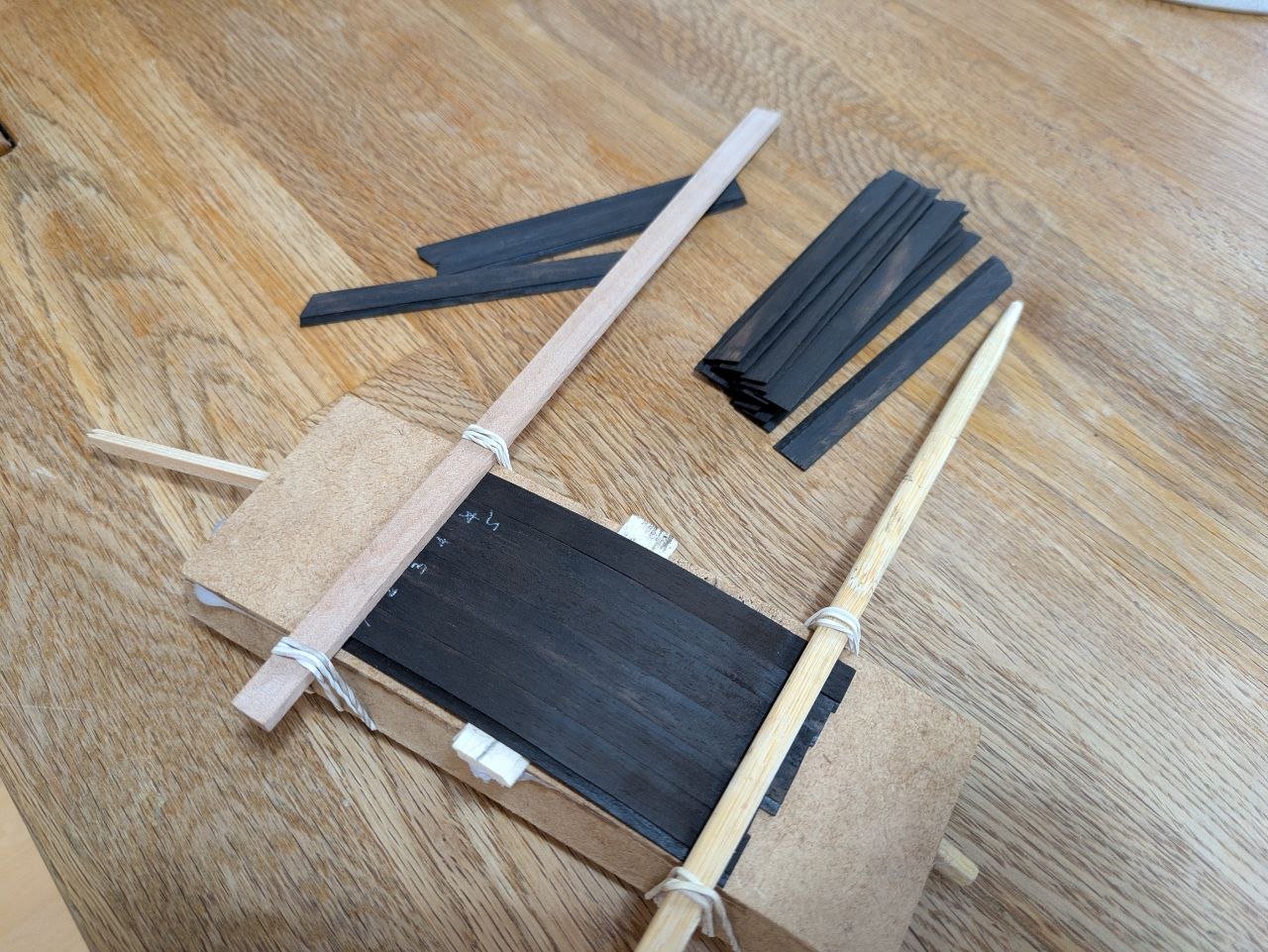
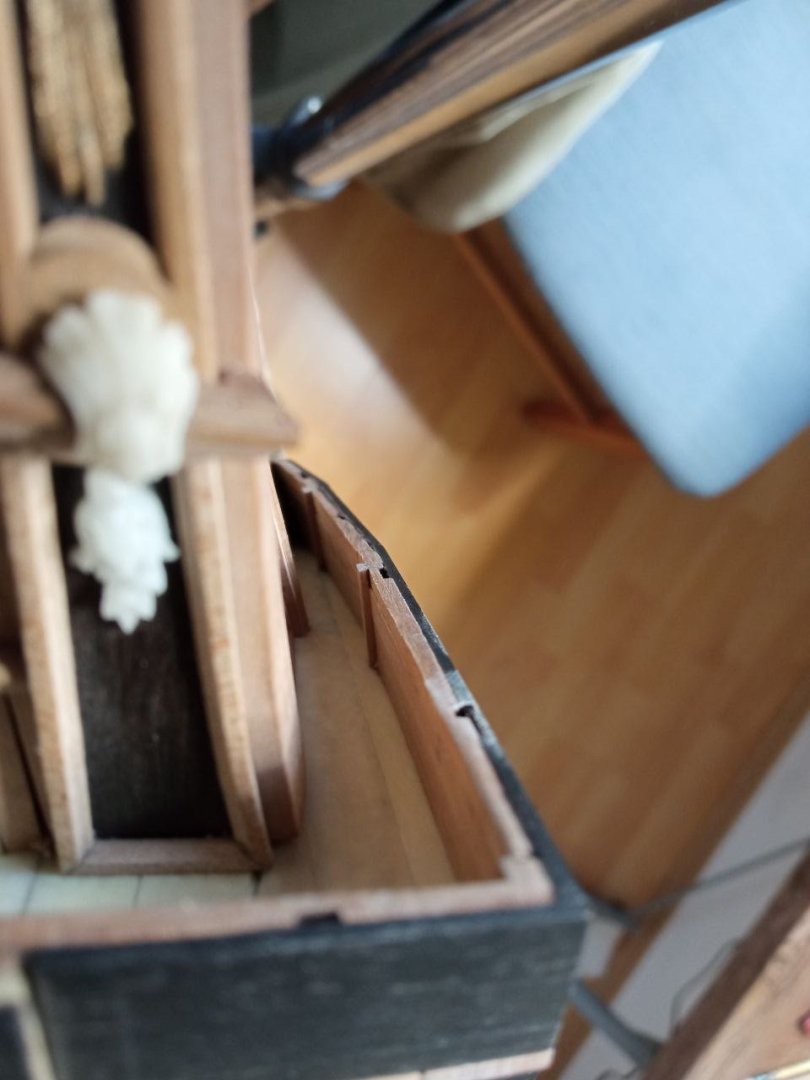
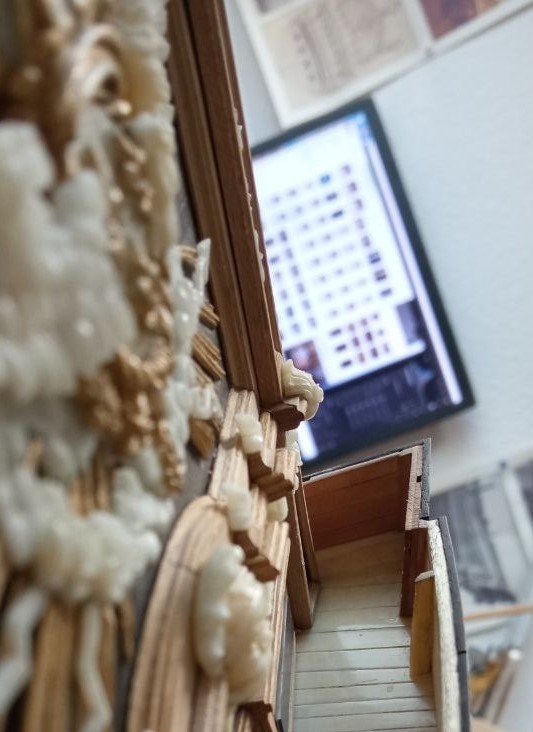
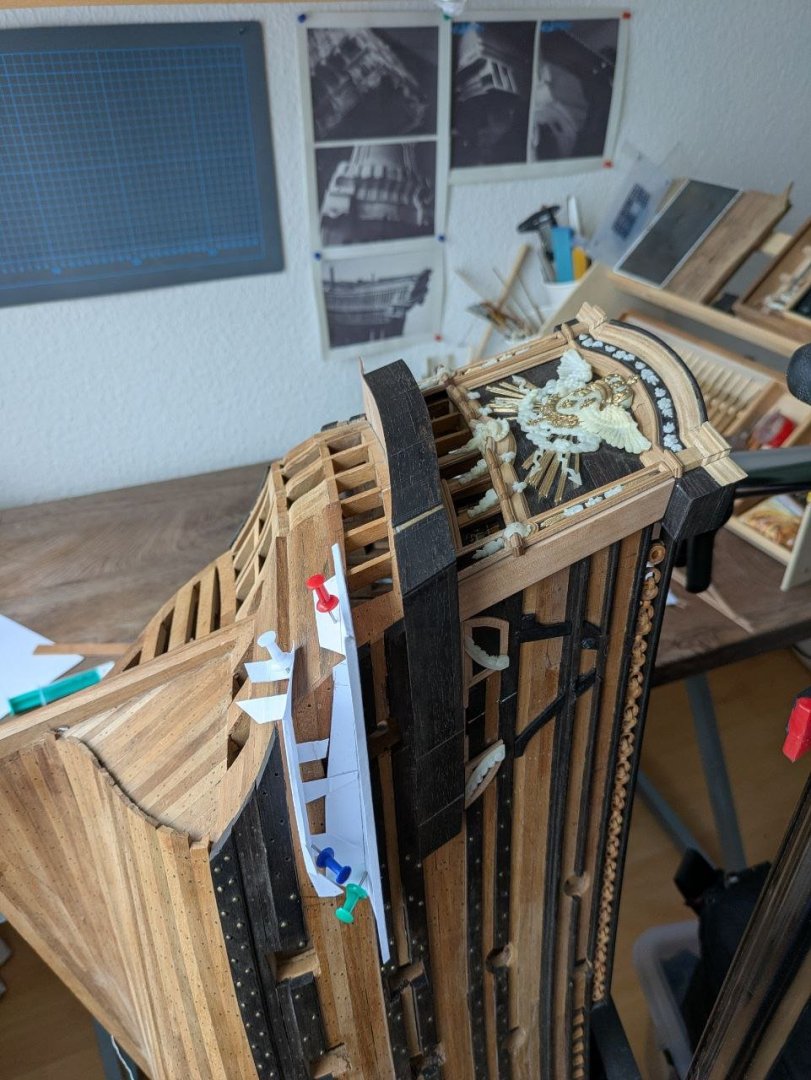
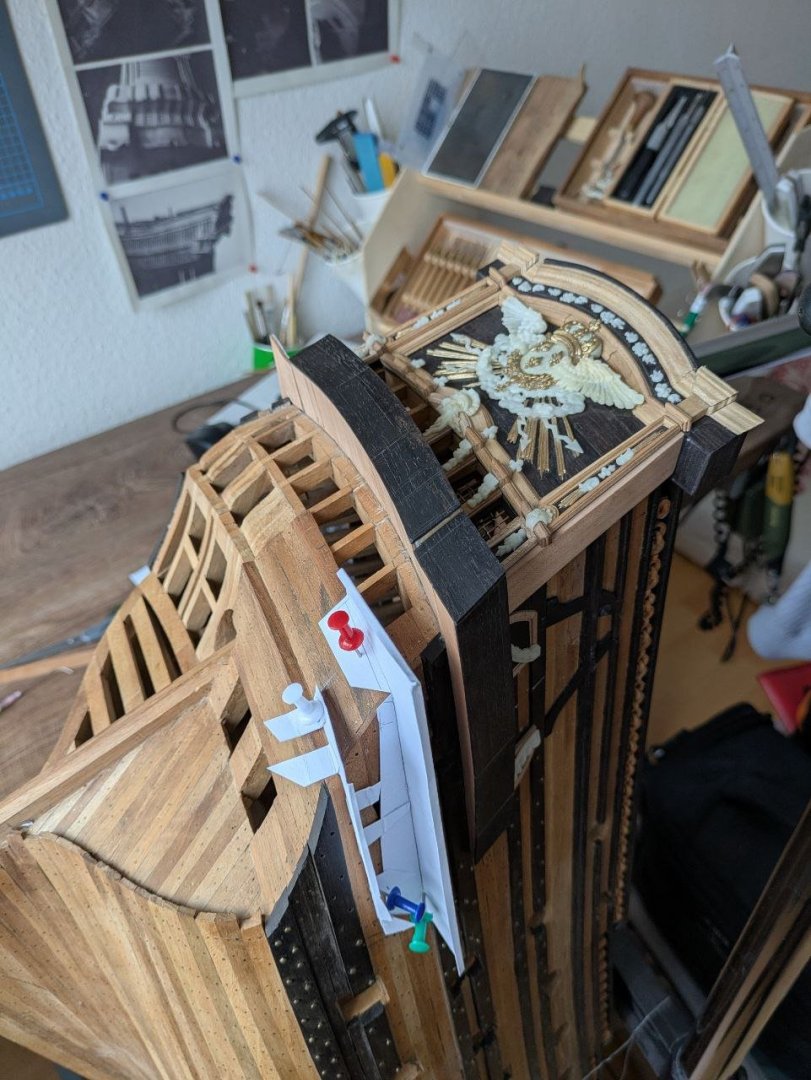
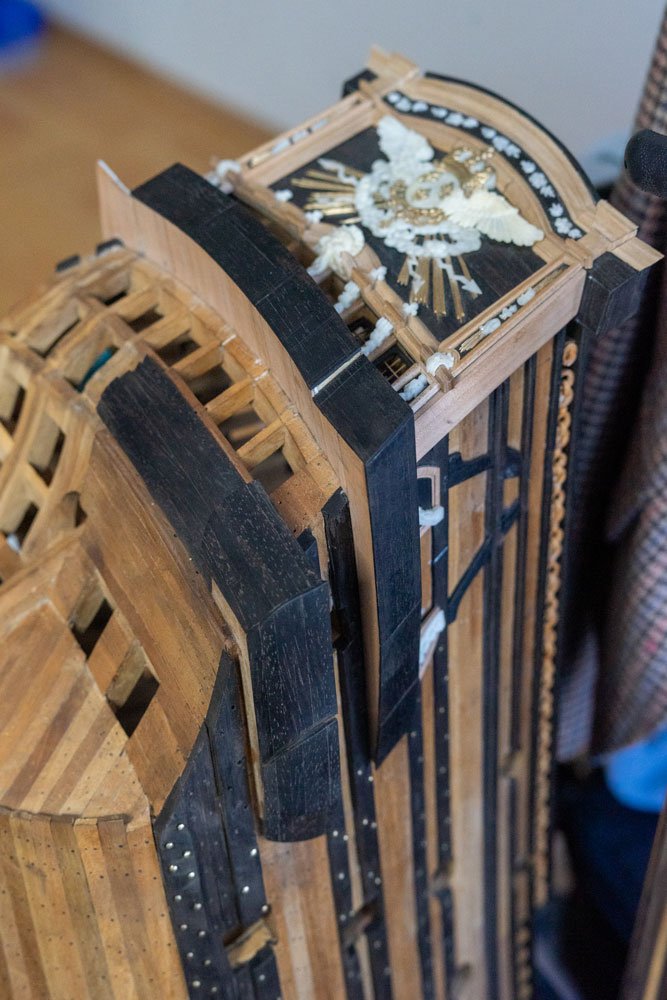
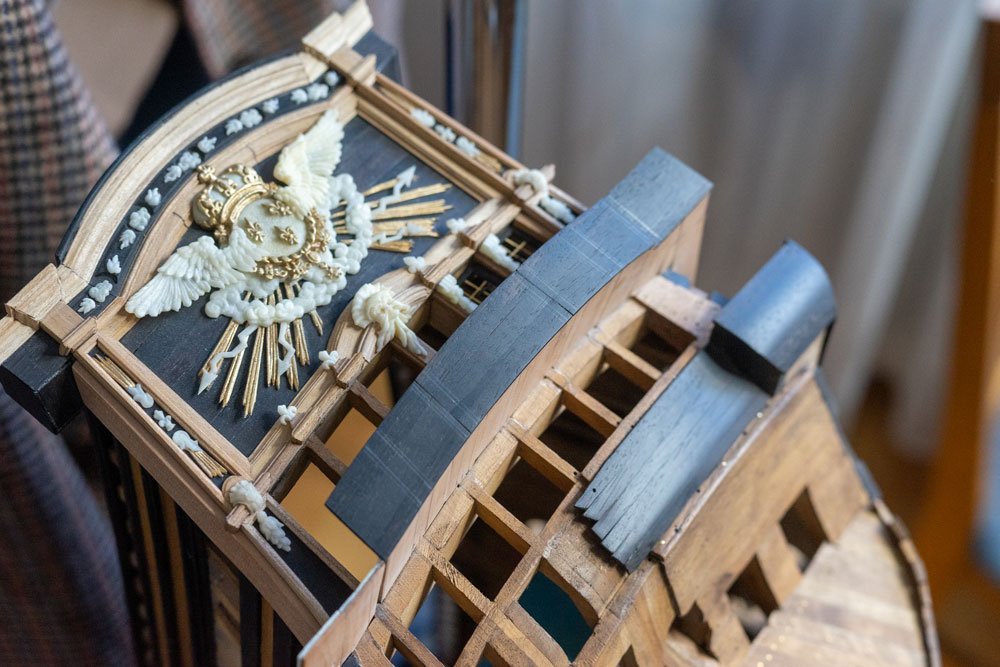
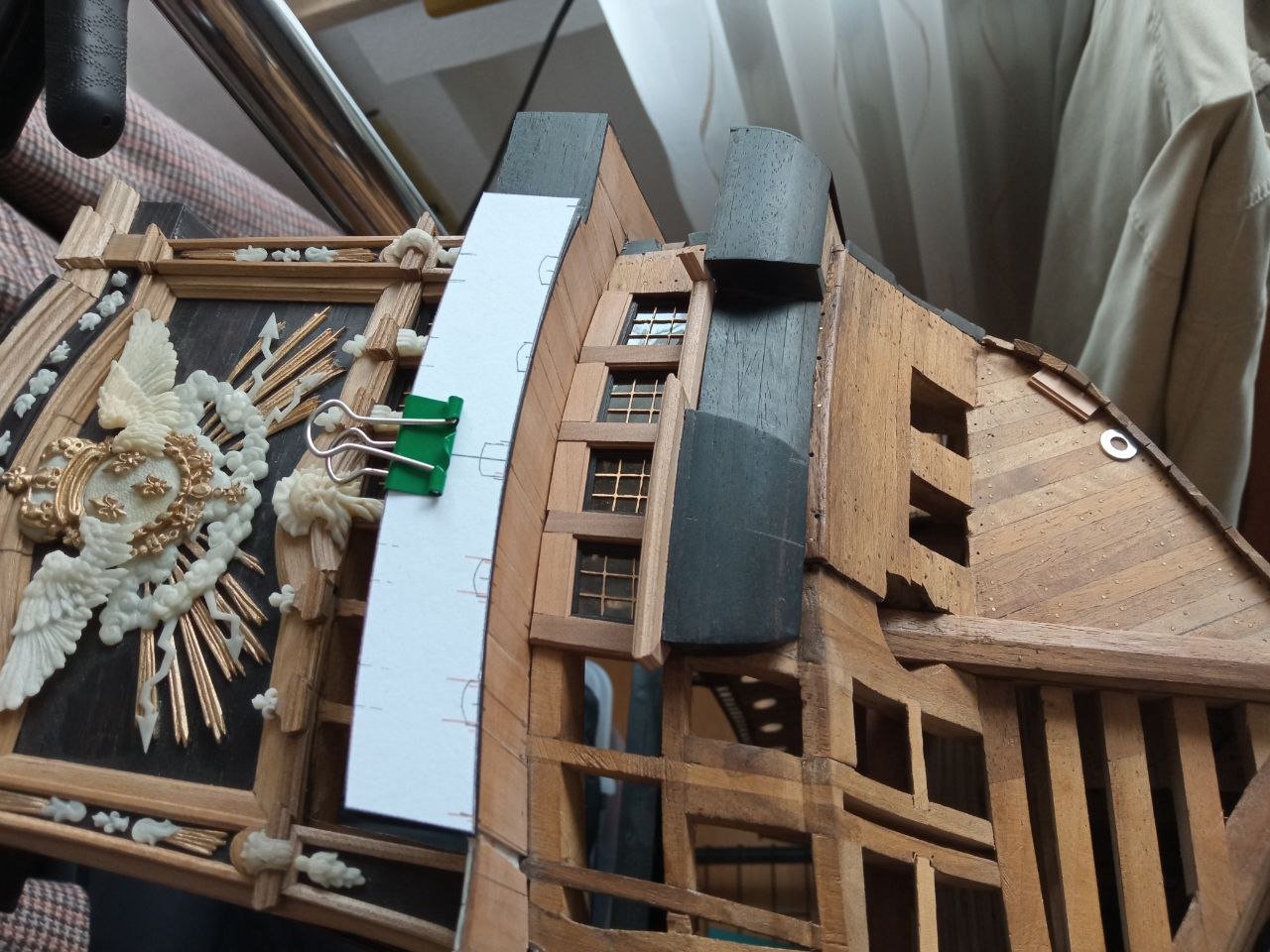
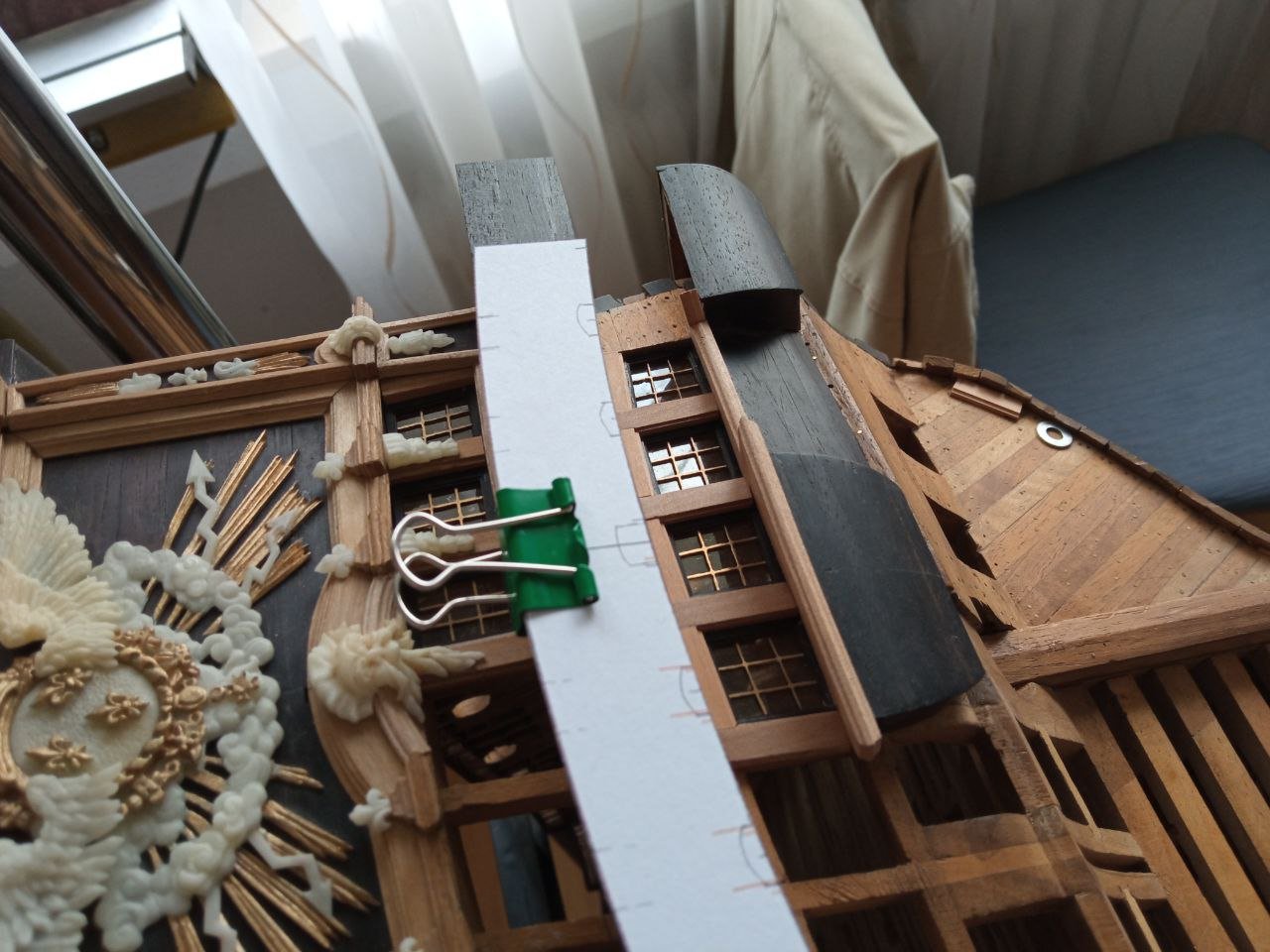
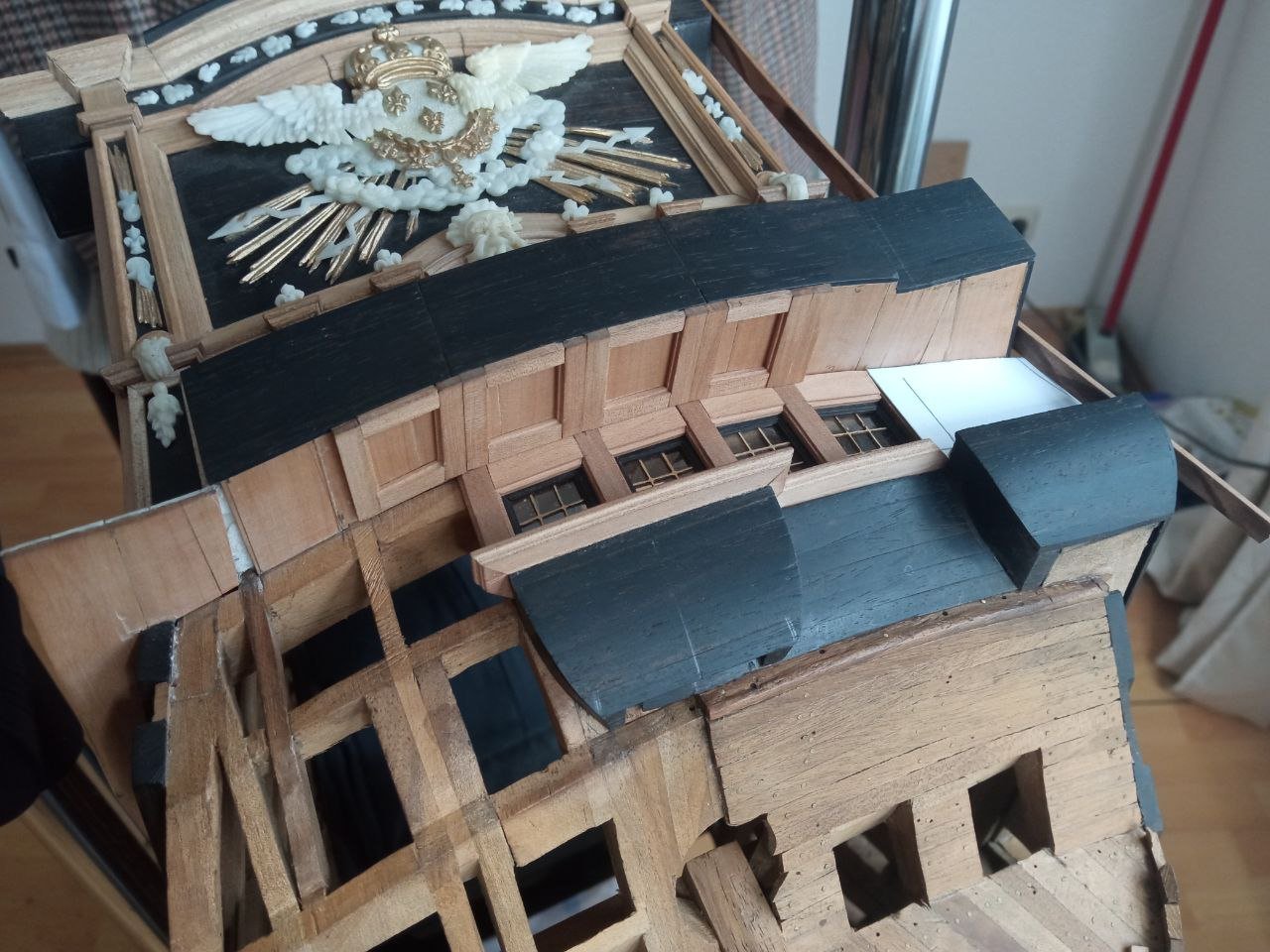
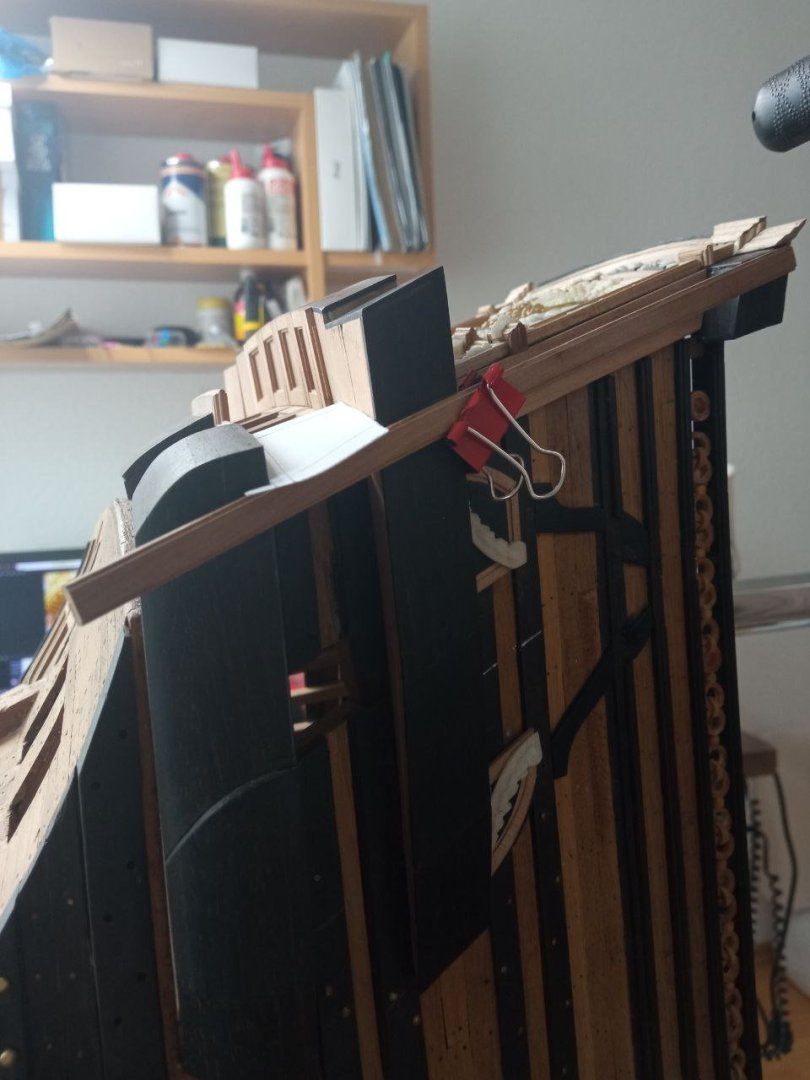
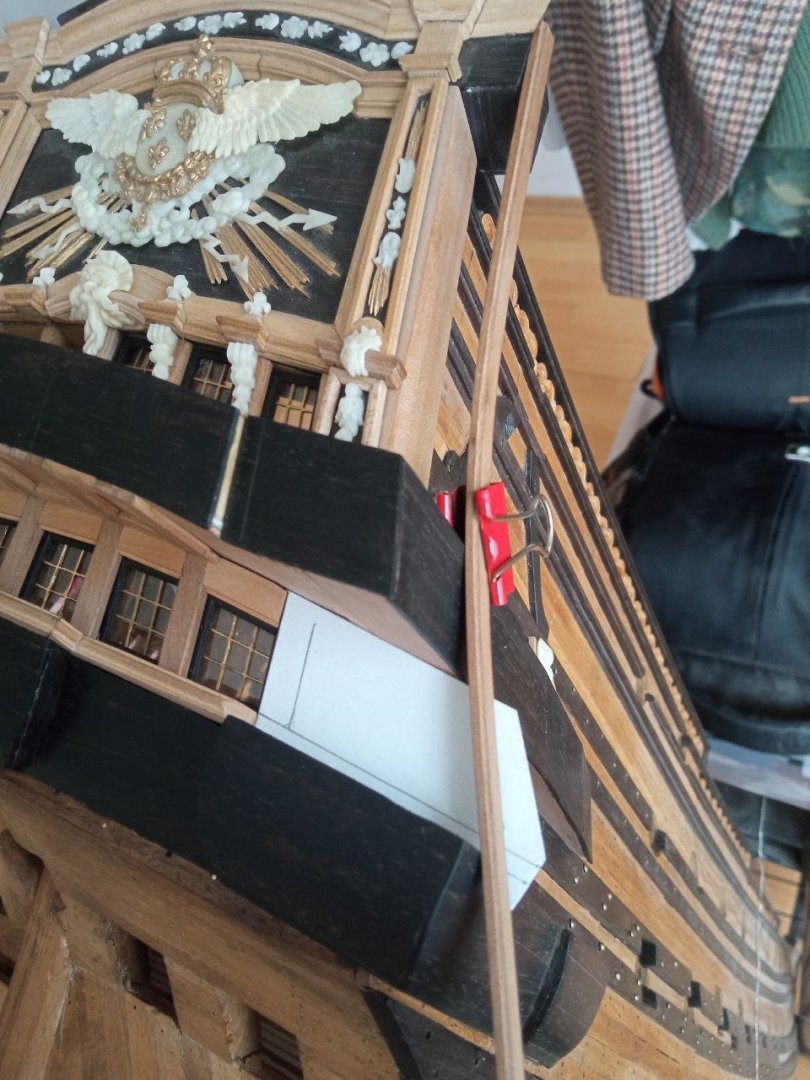
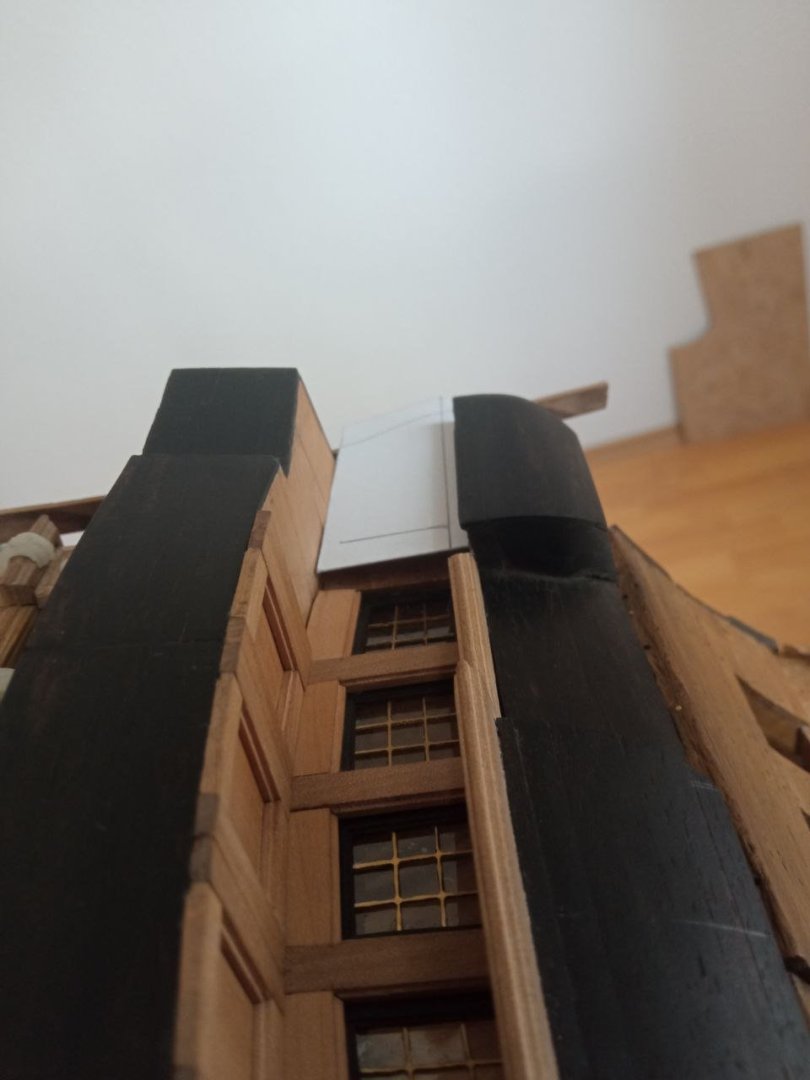
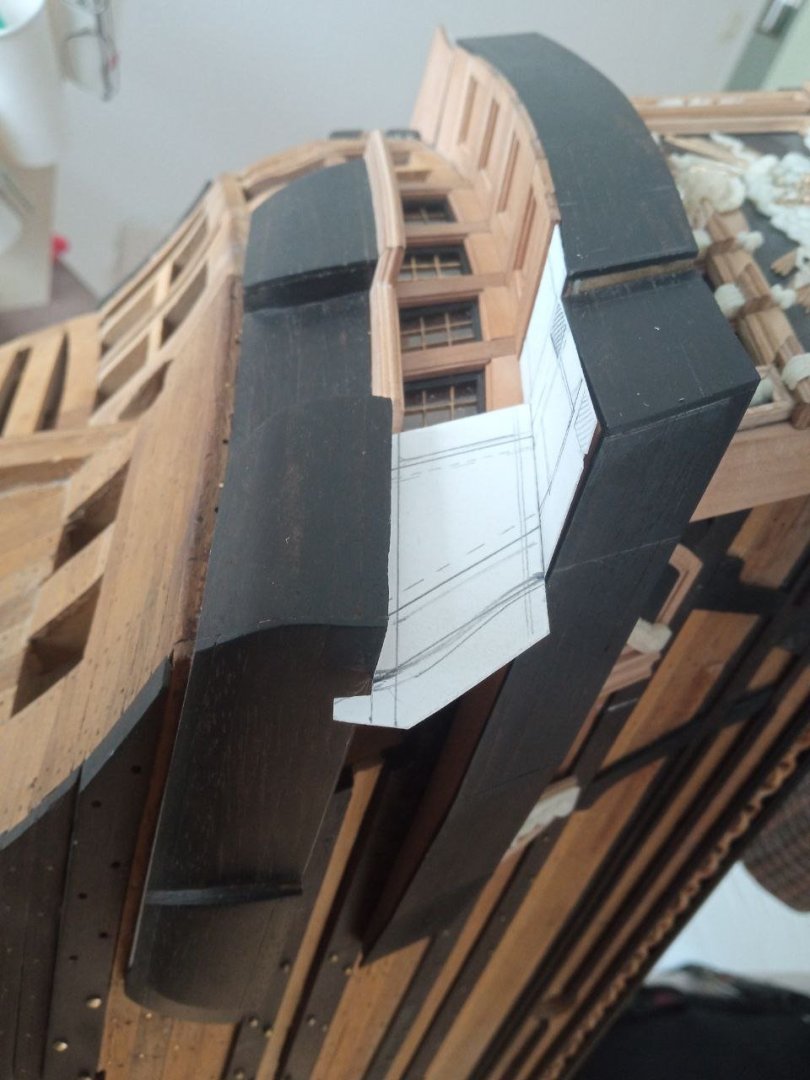
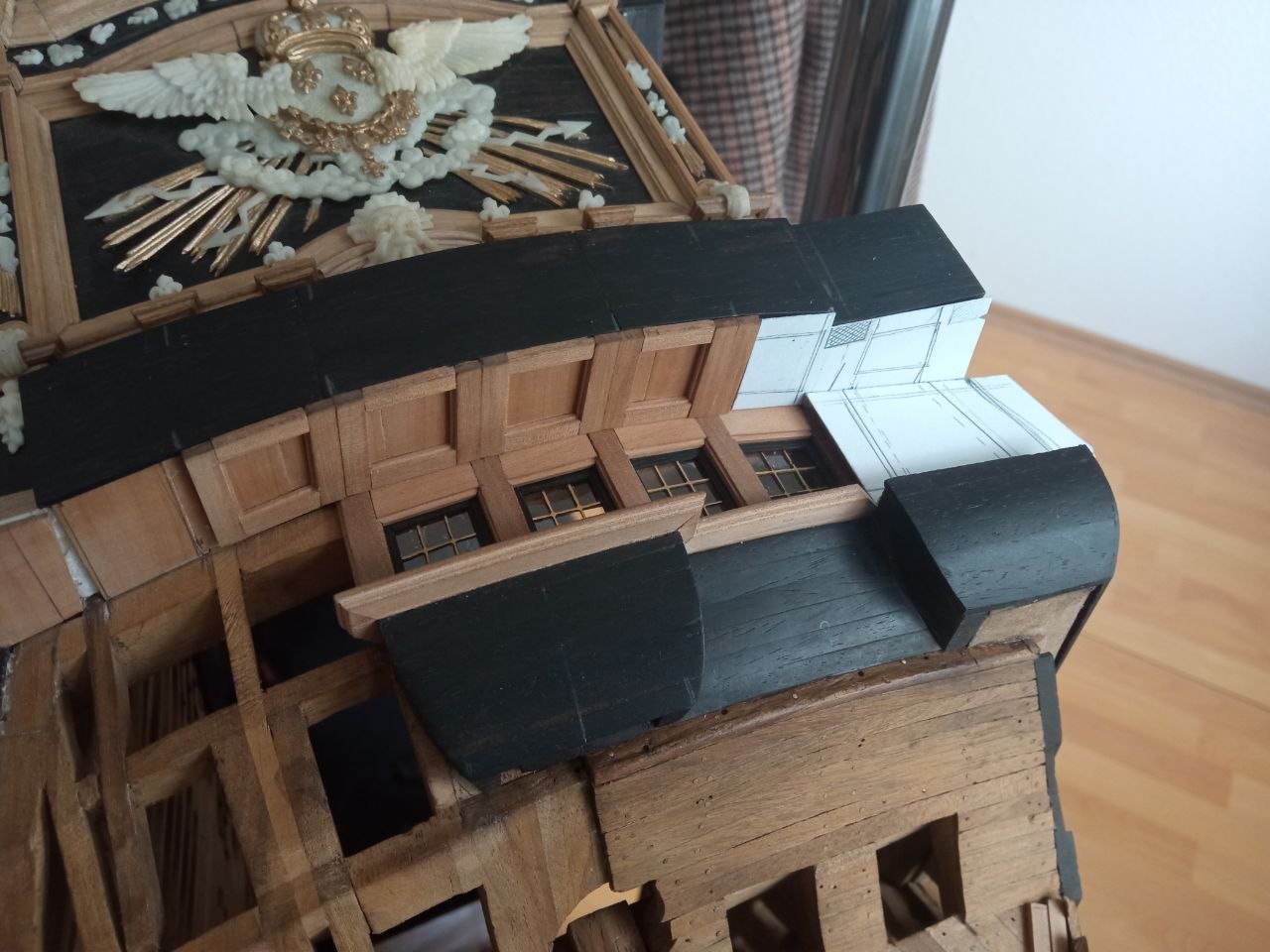



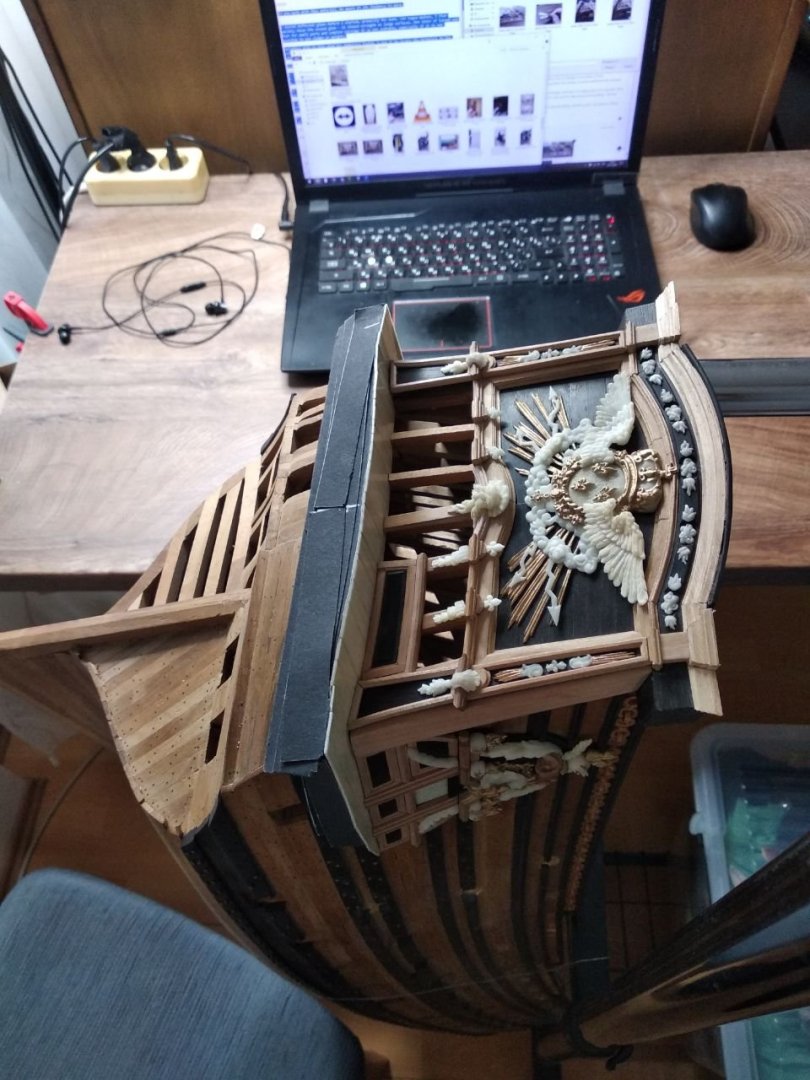
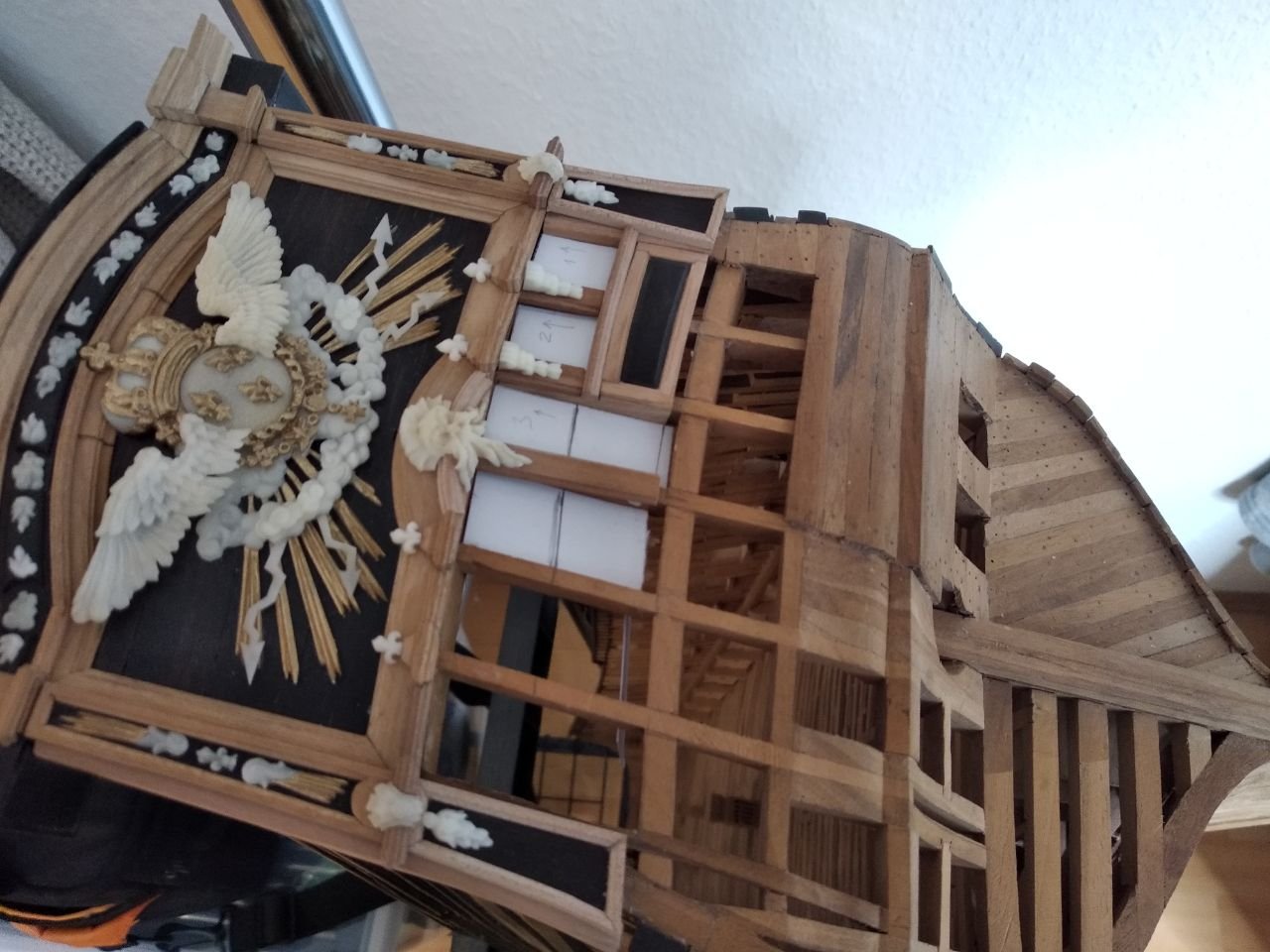
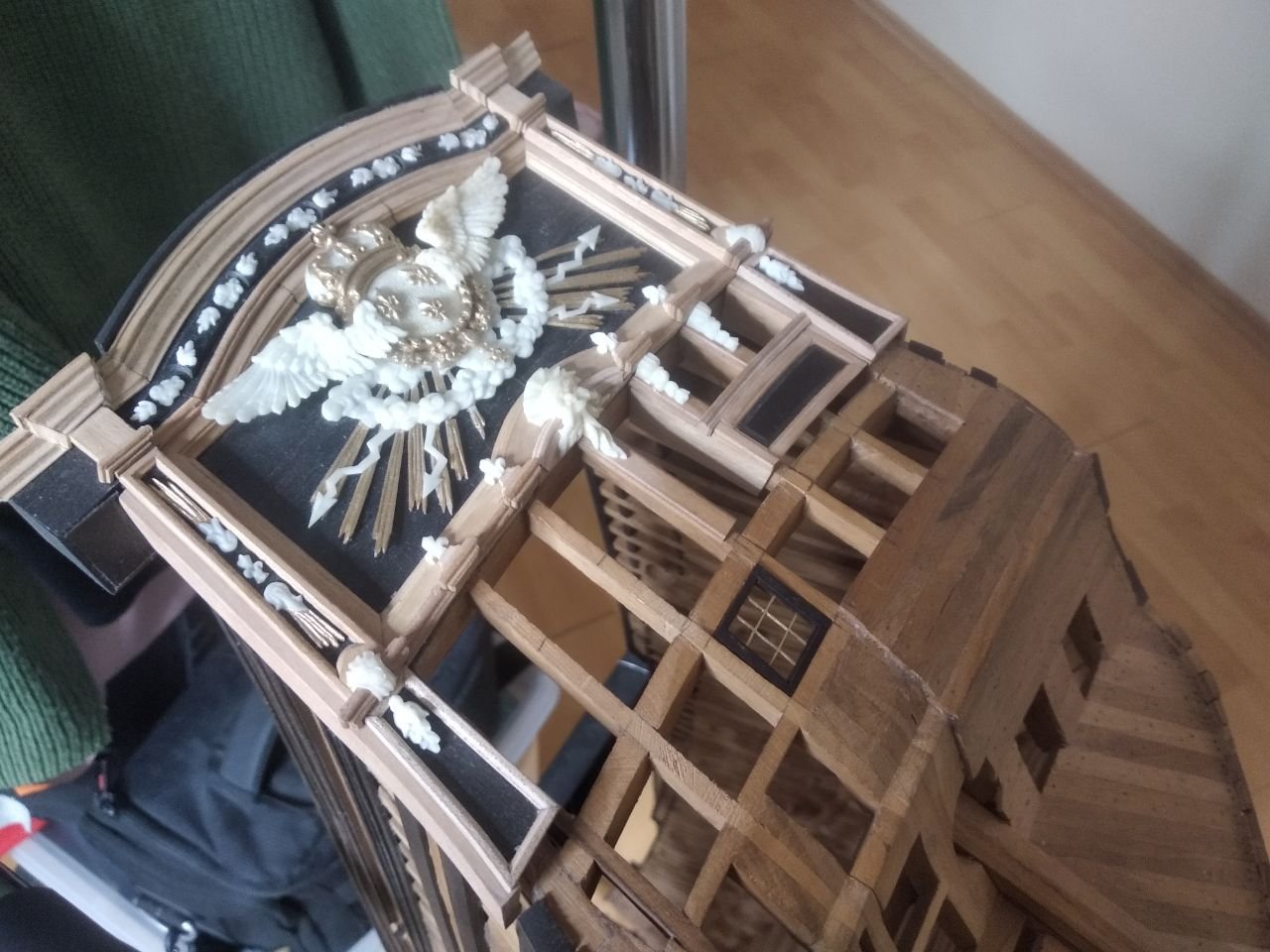
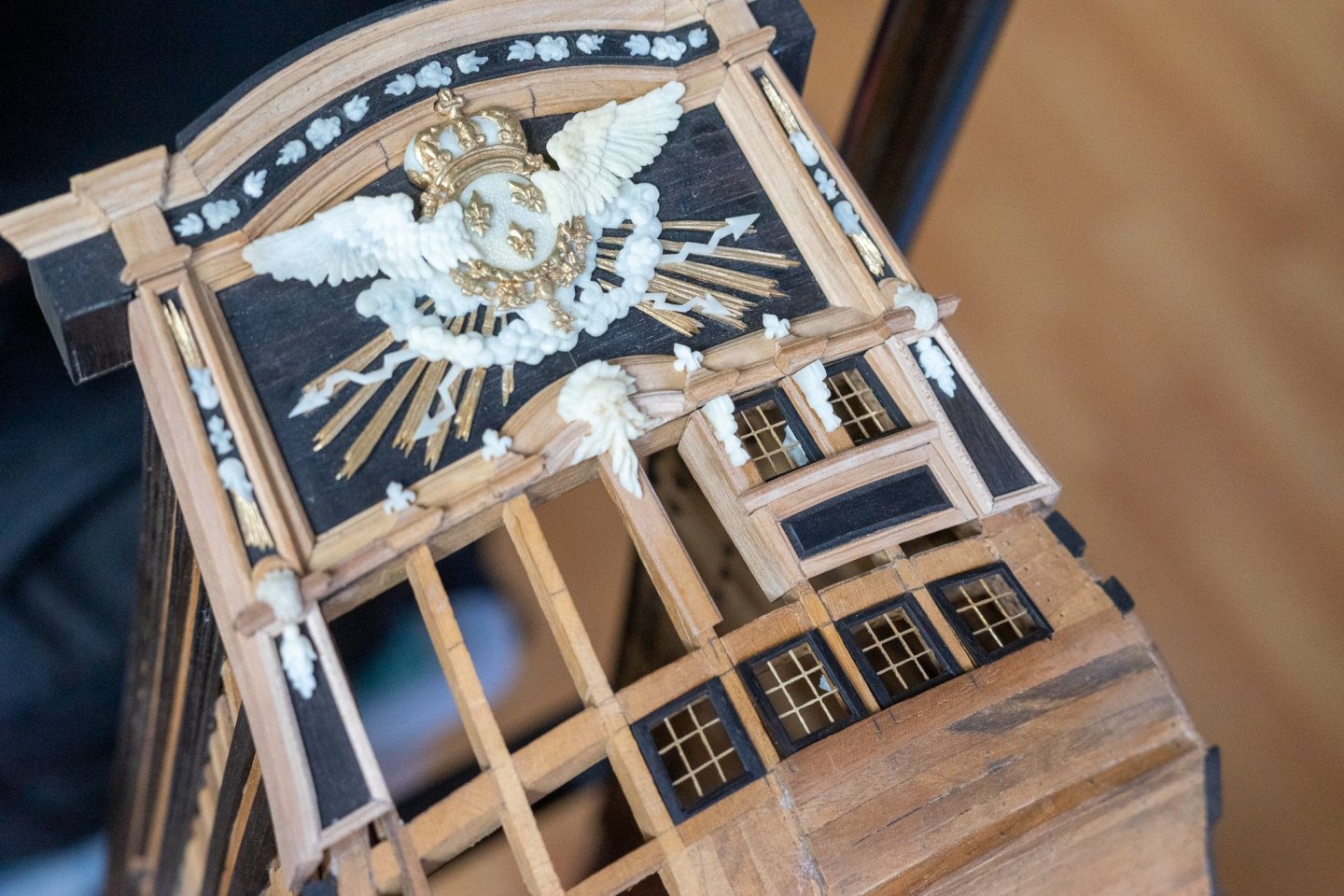
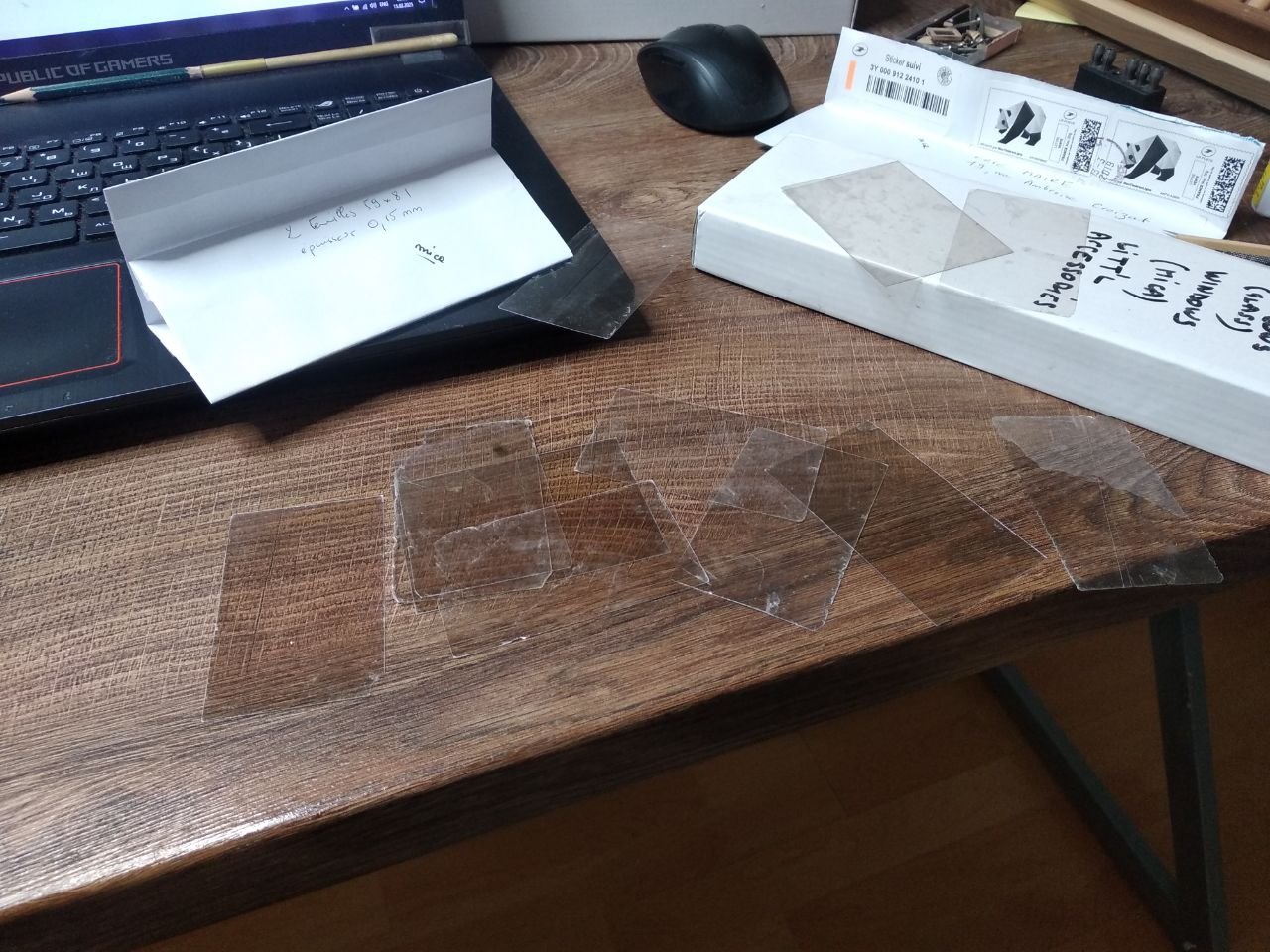
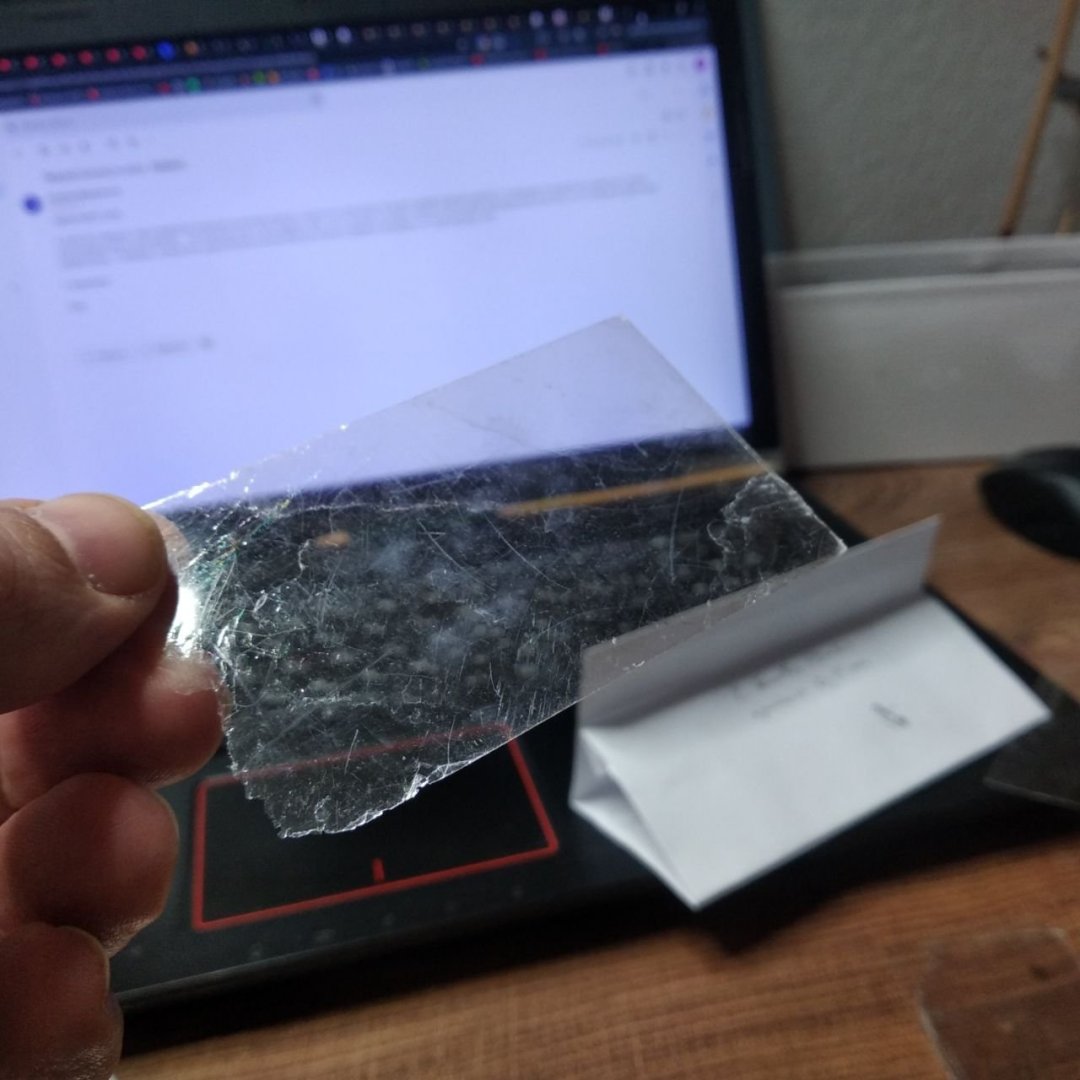
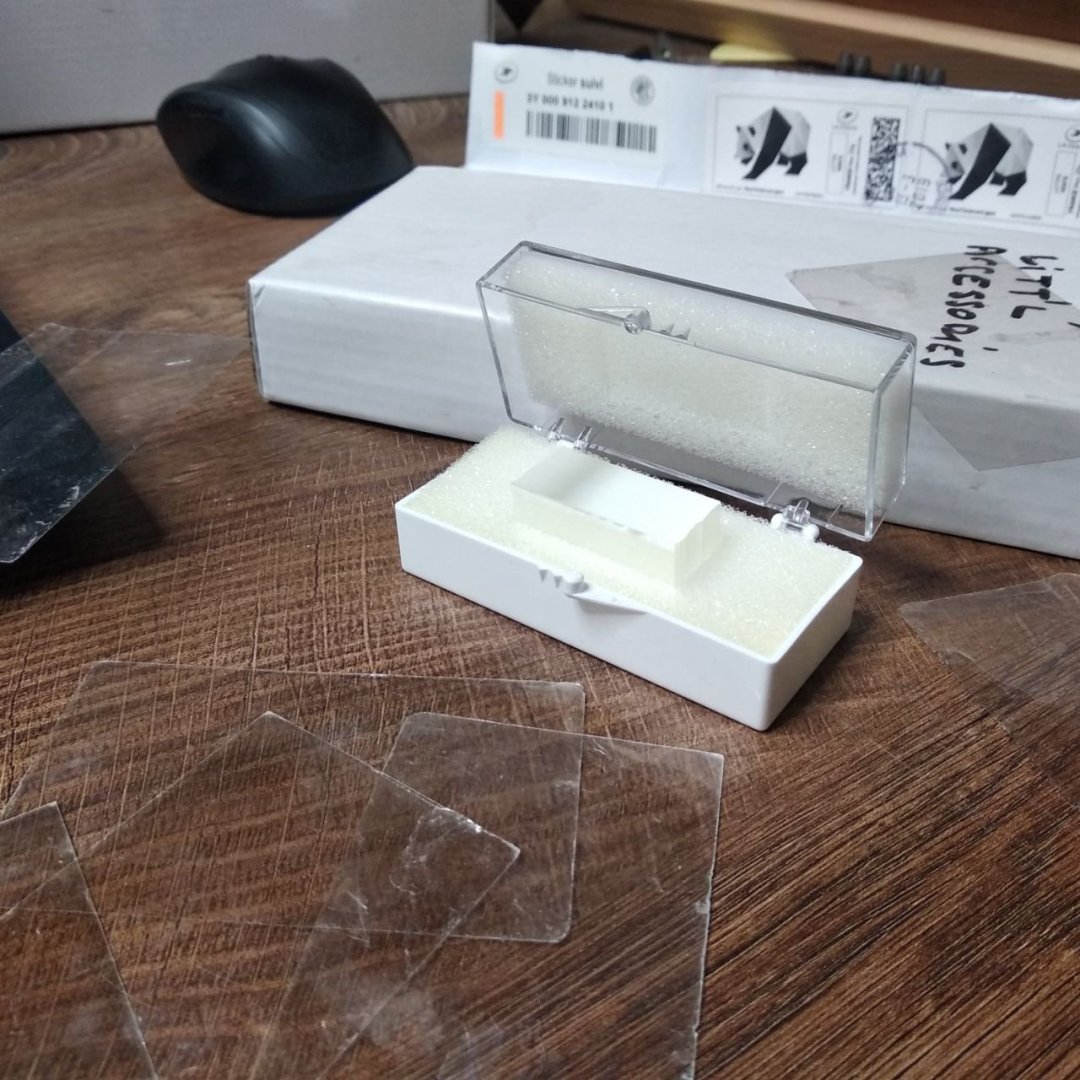
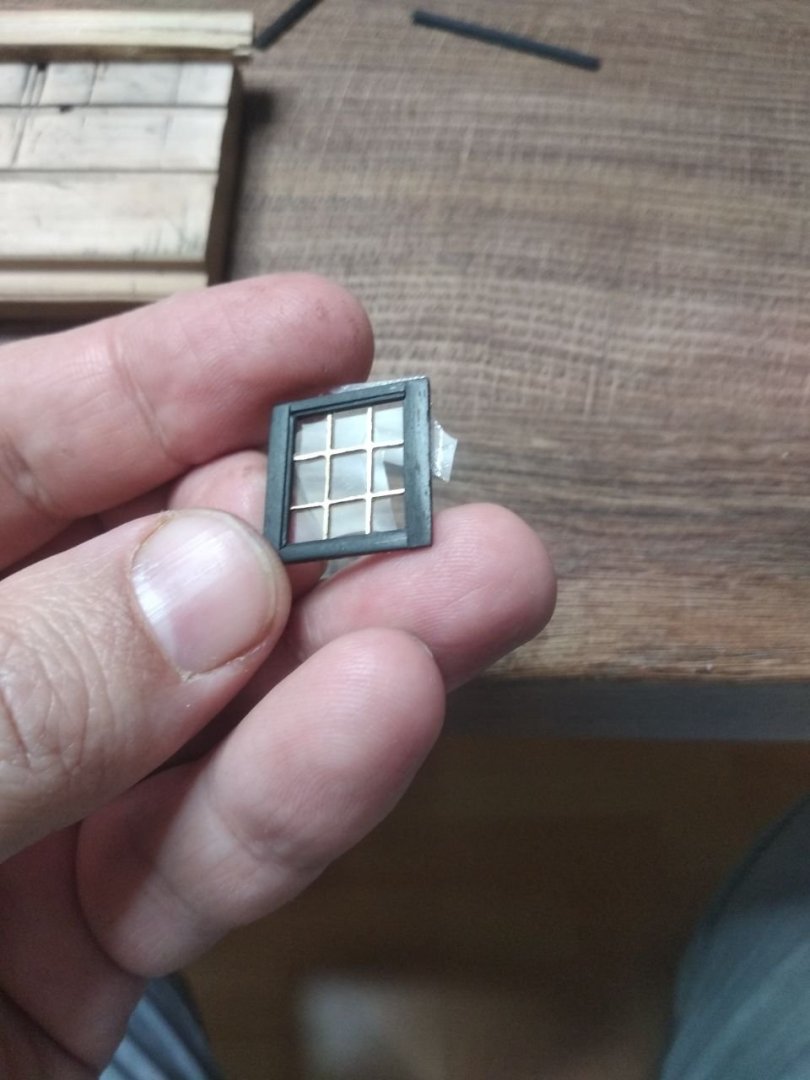
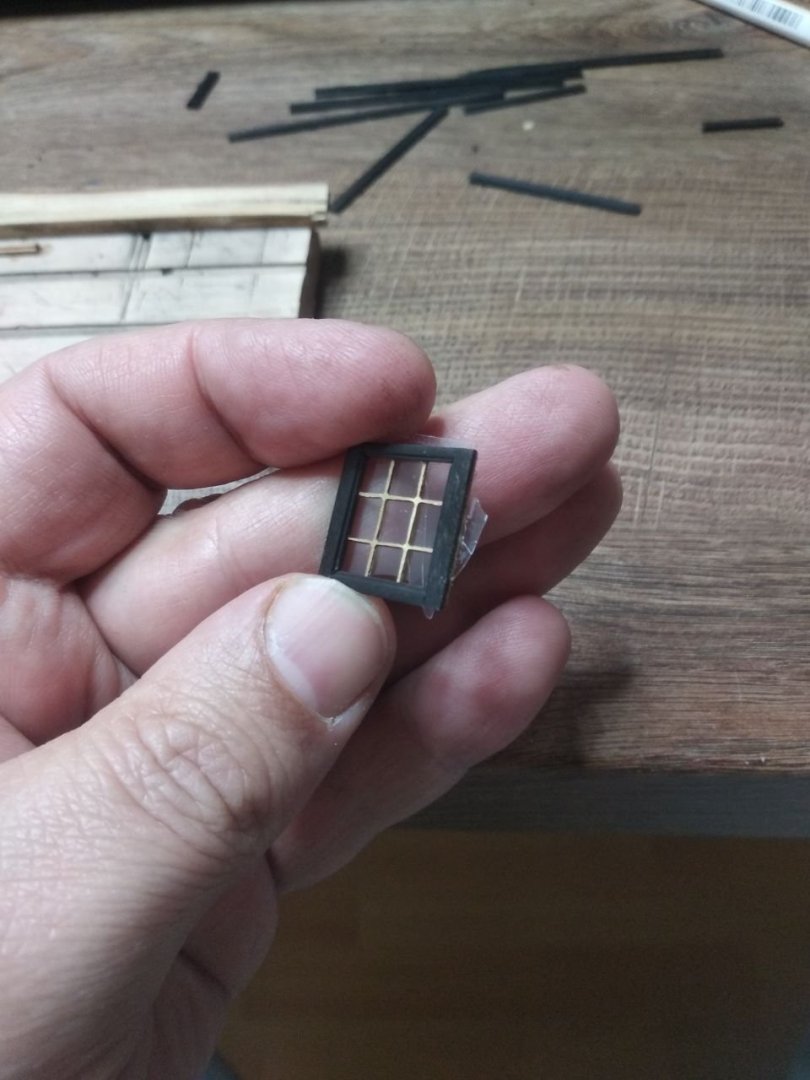

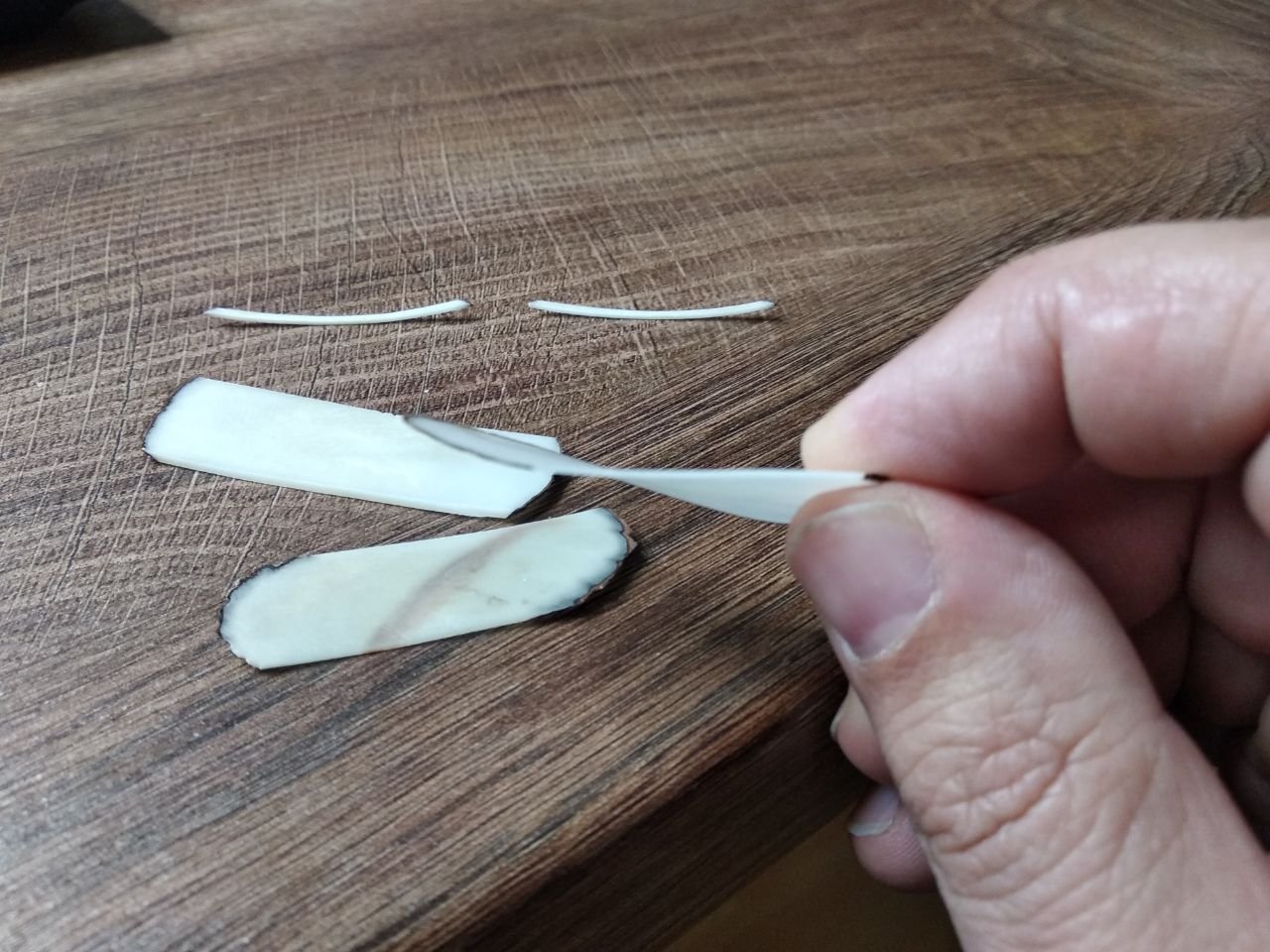
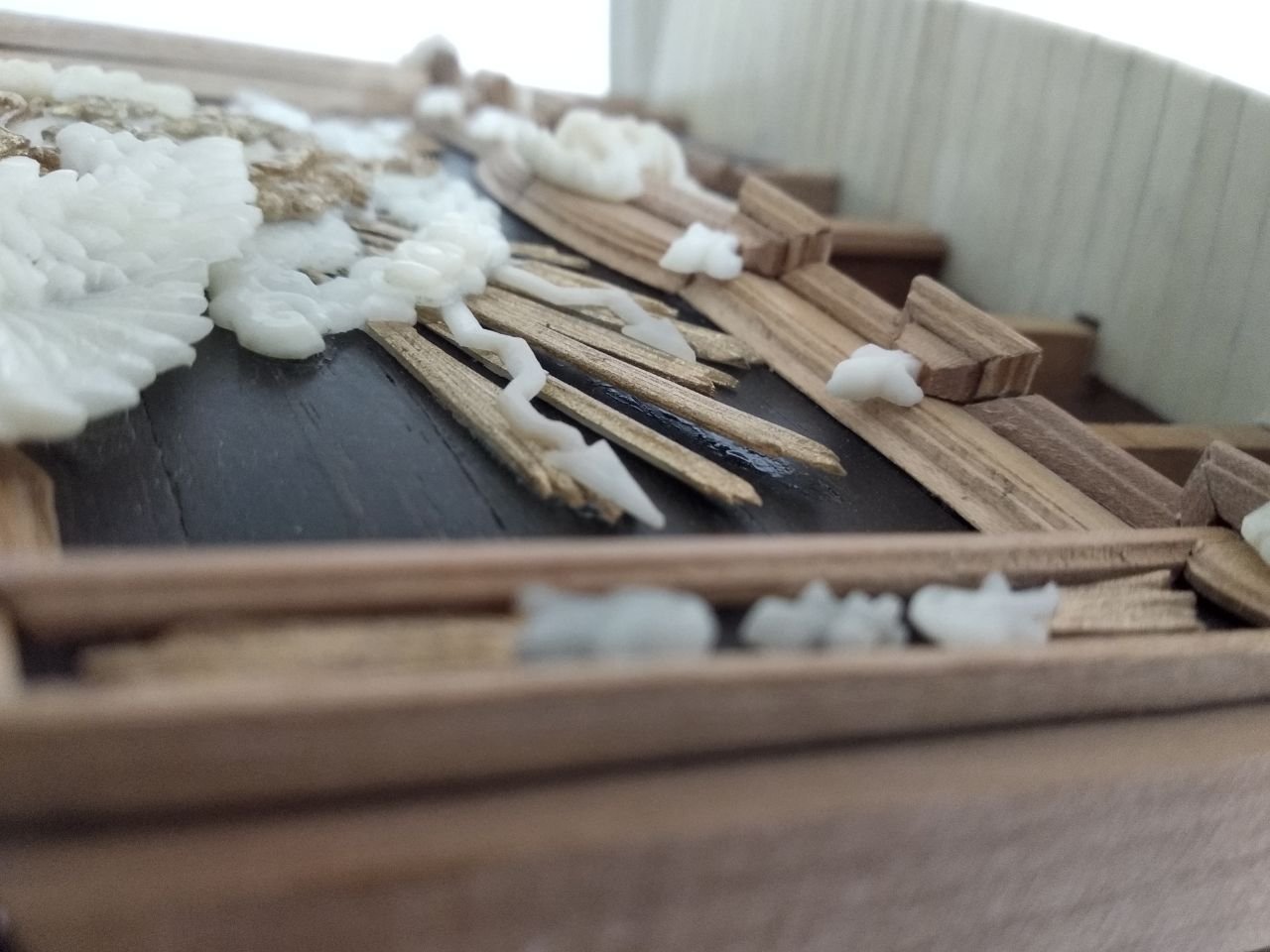

.thumb.jpg.71c0522d1d76ae1cb688cd681b46faef.jpg)
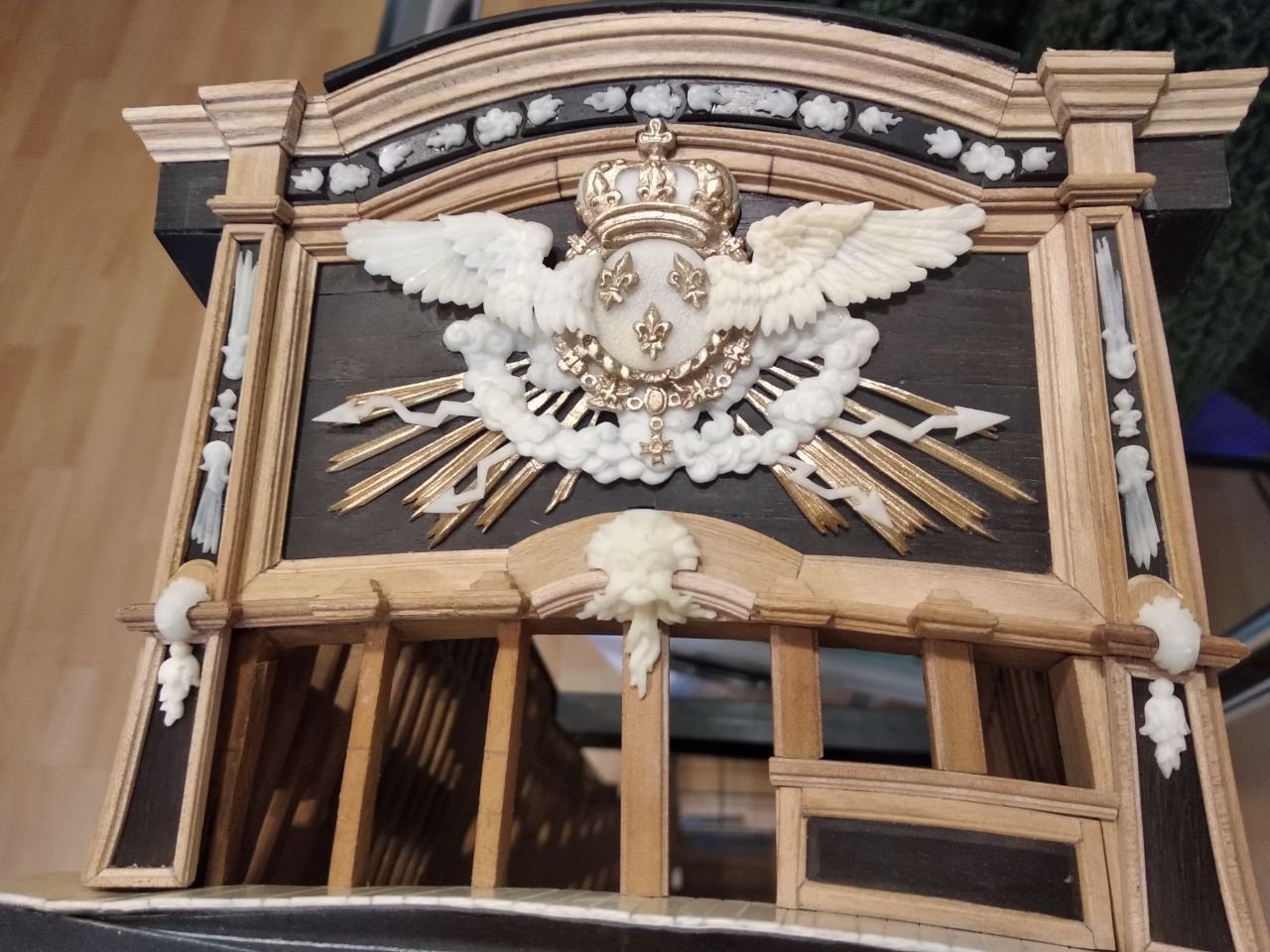
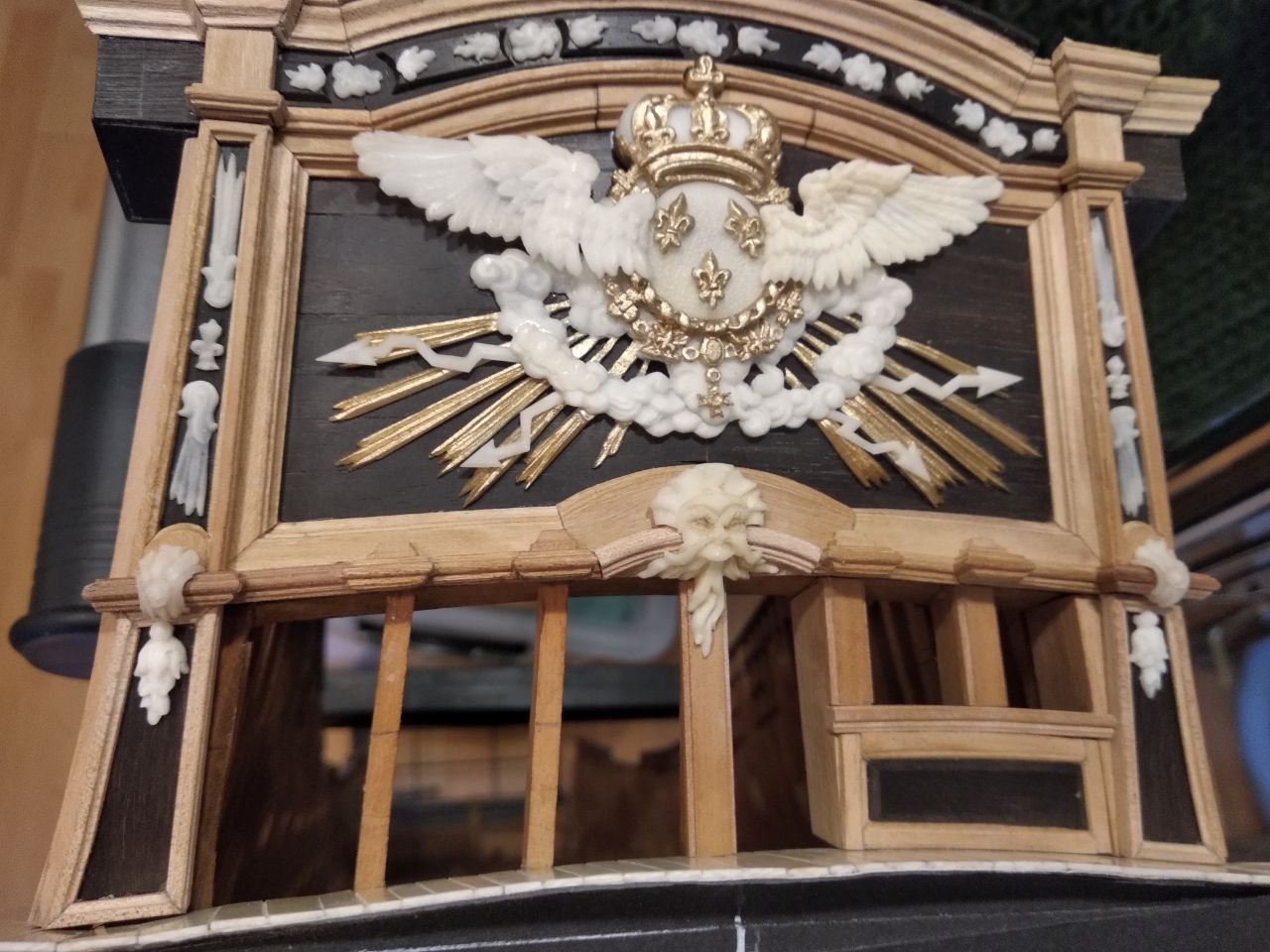
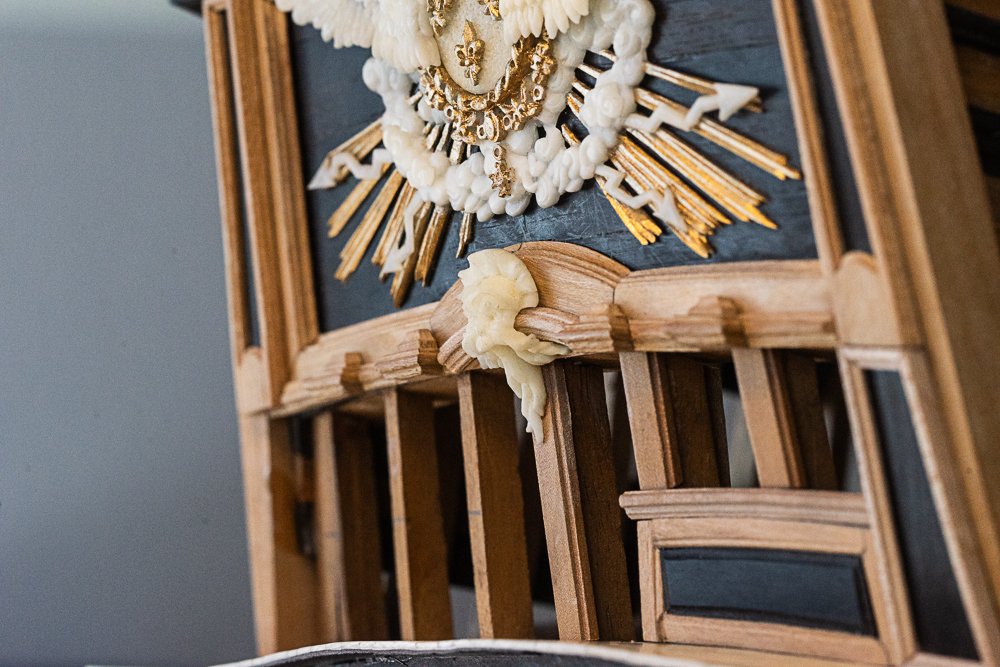
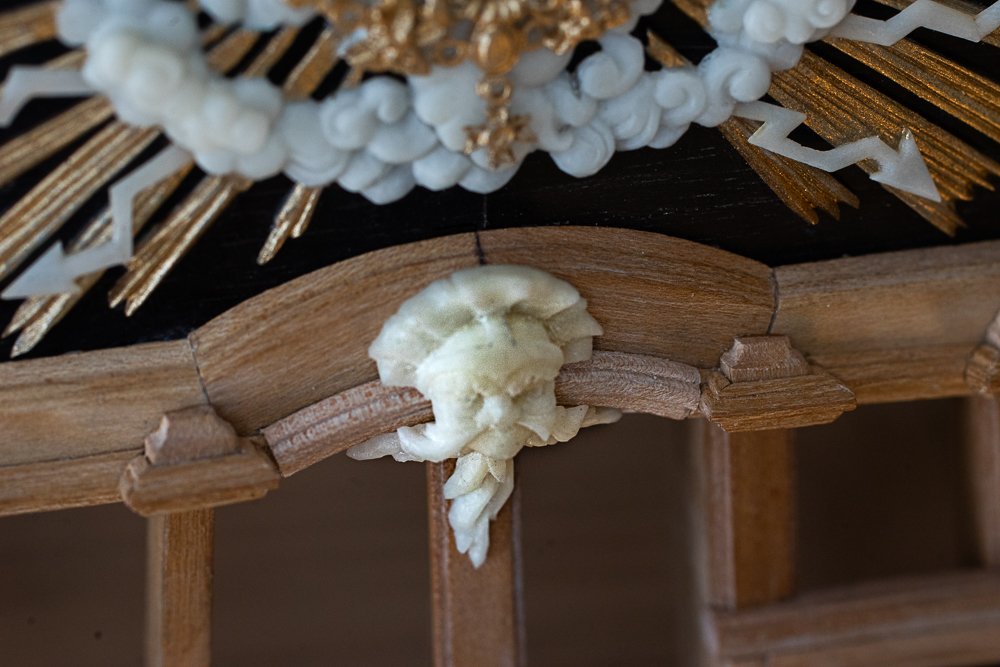
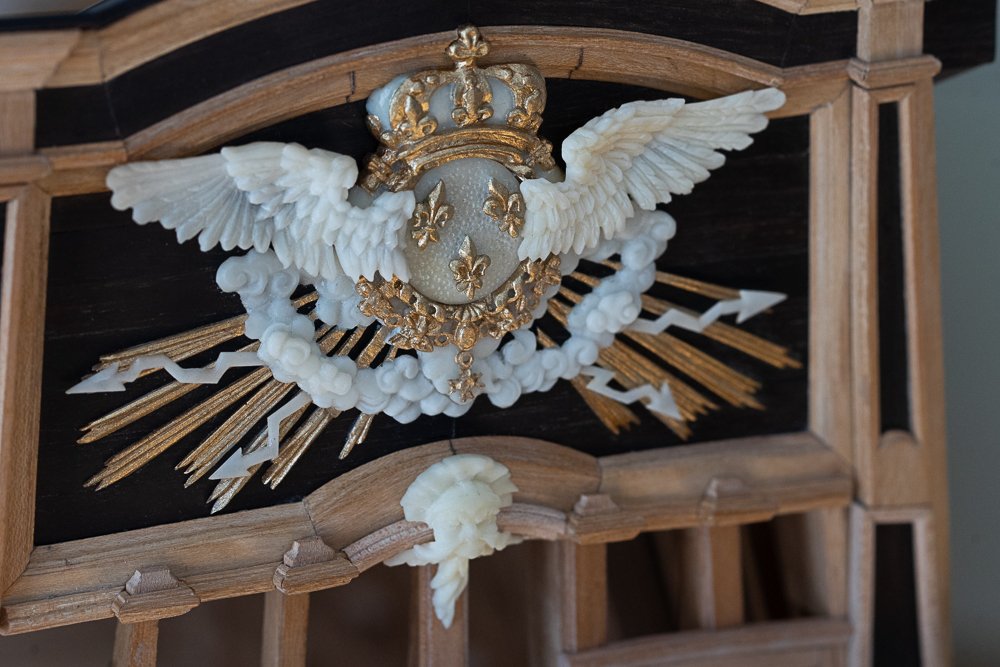
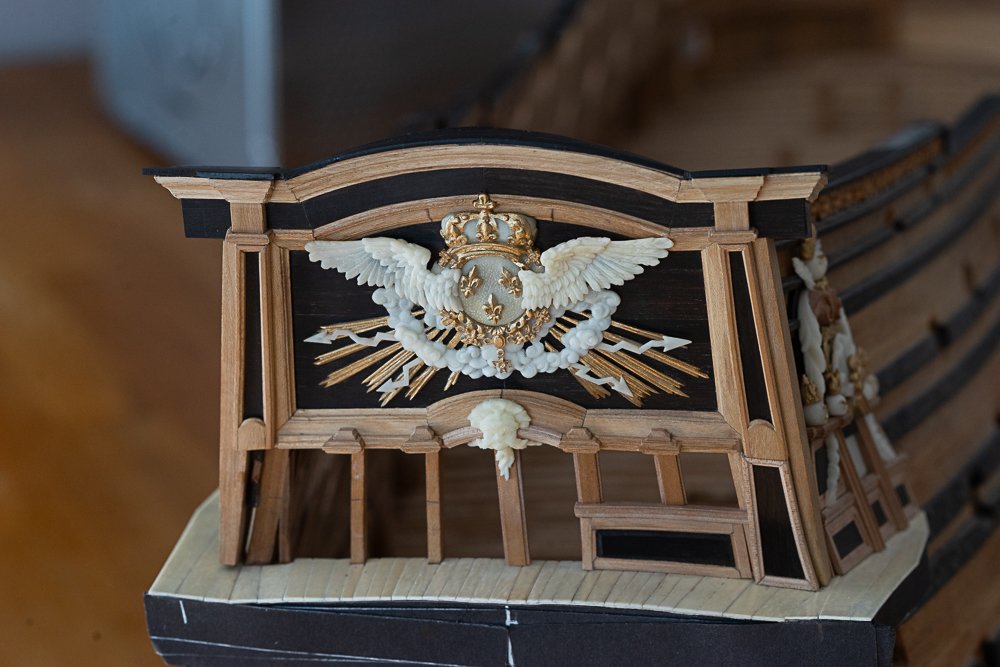
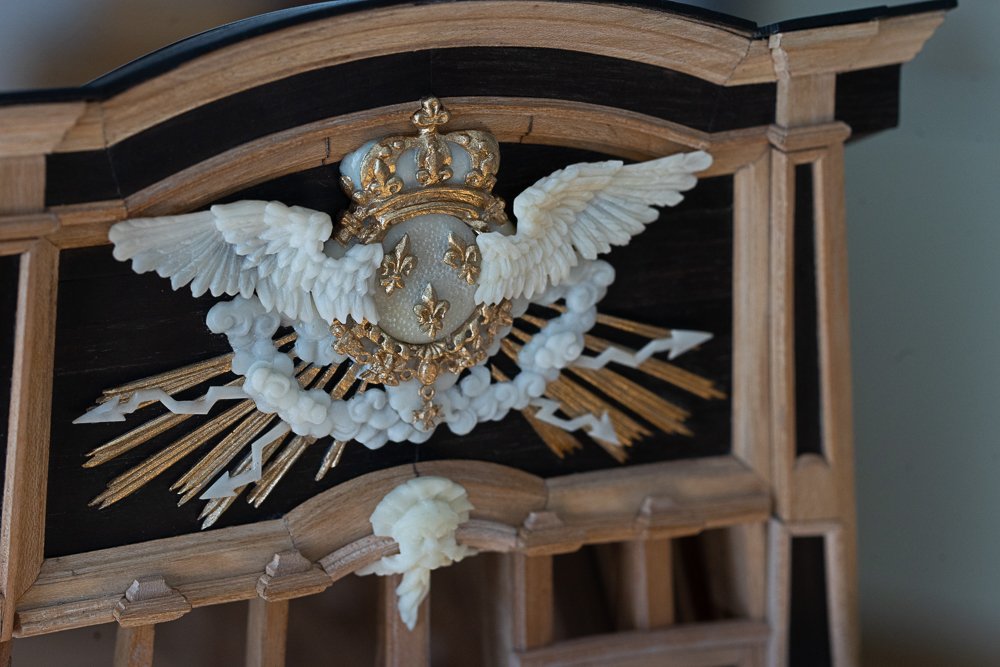
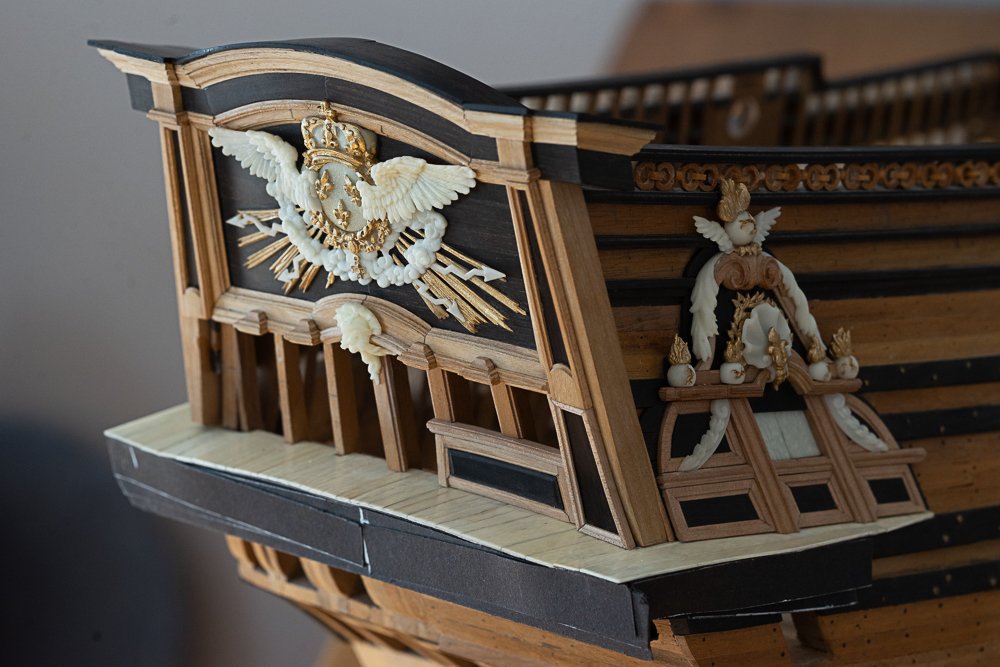
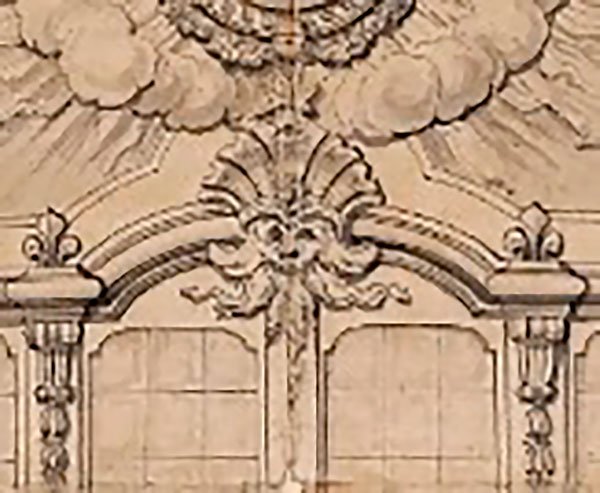
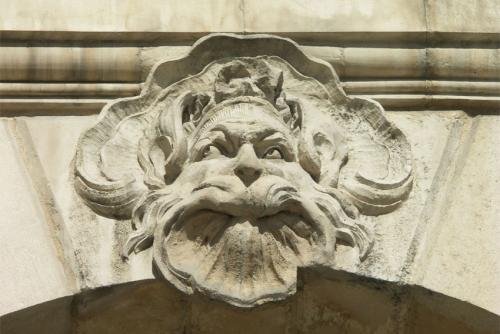

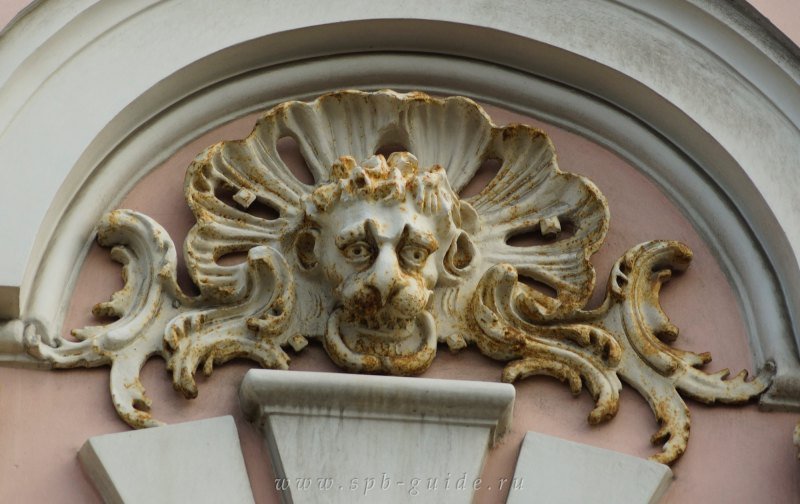
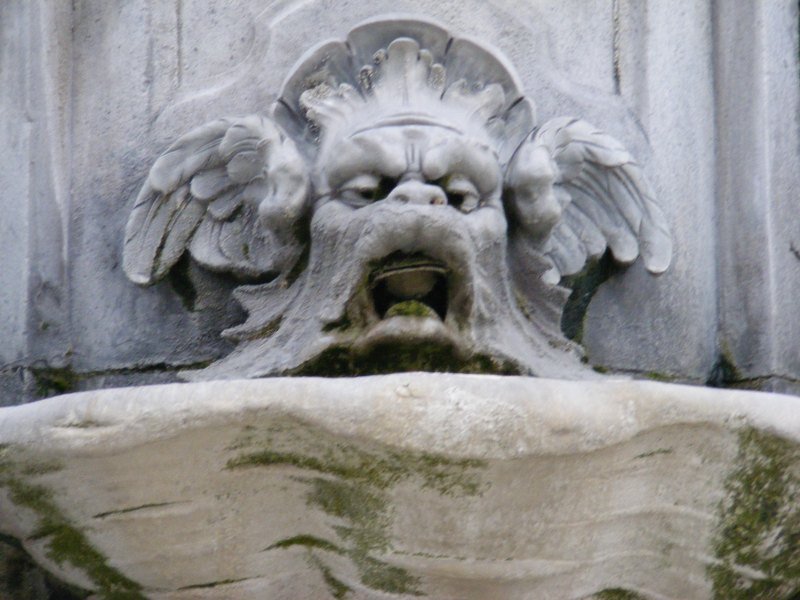
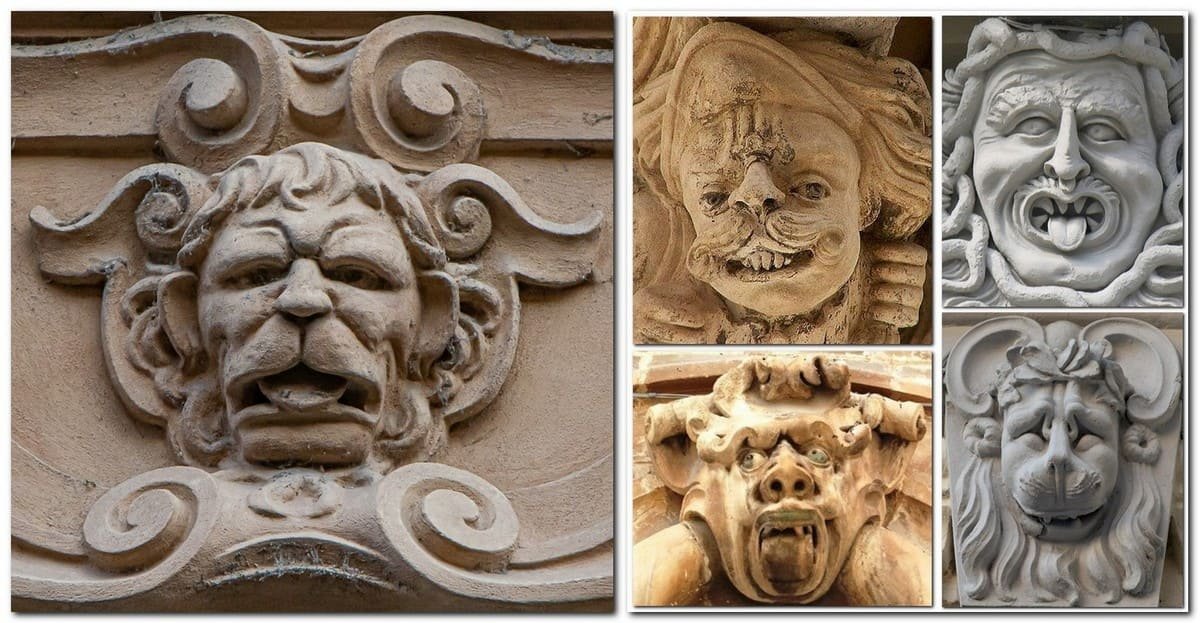
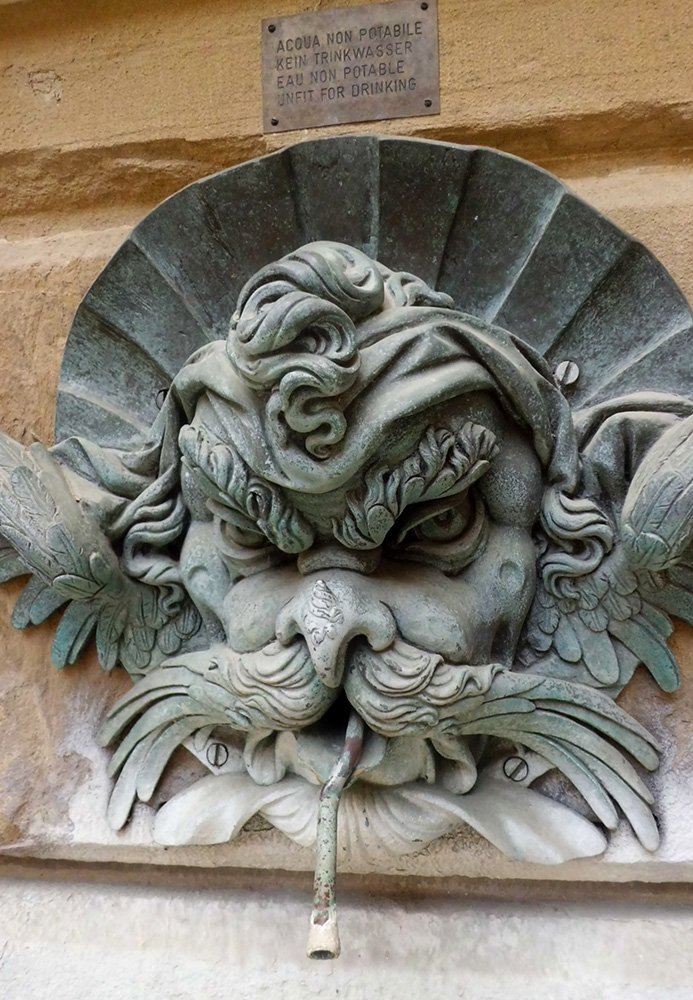
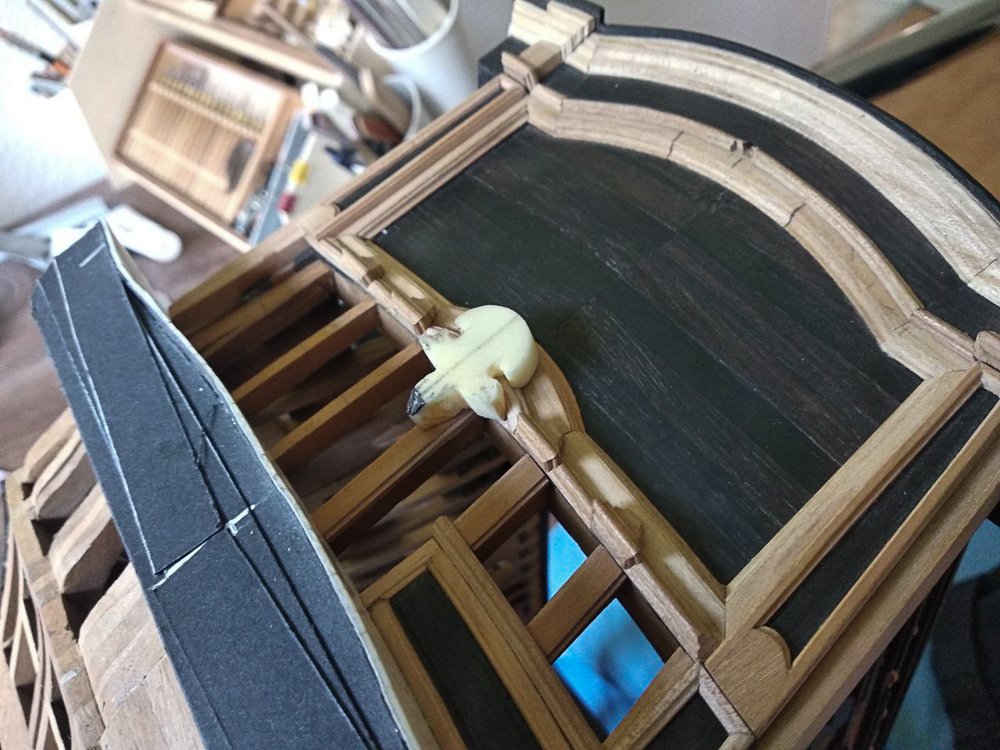
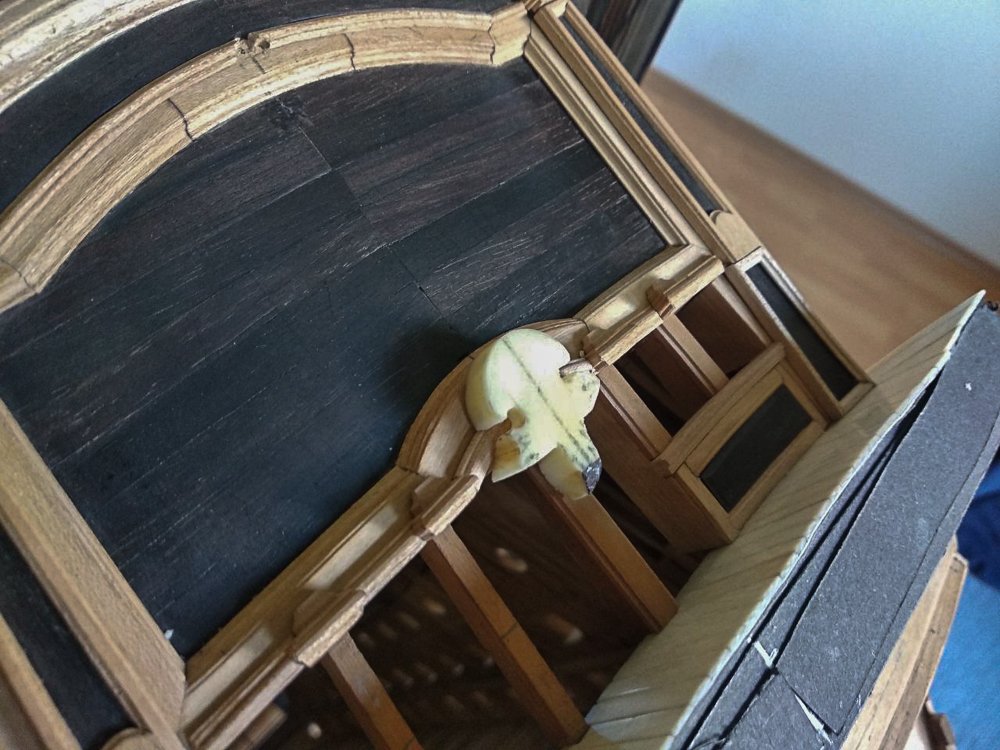
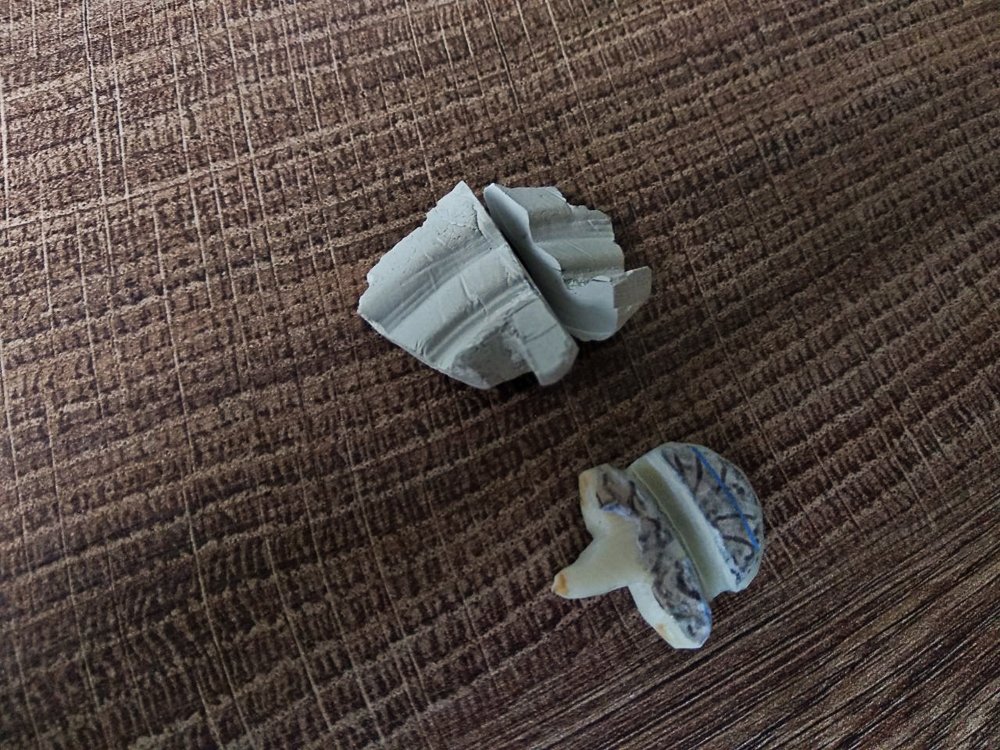
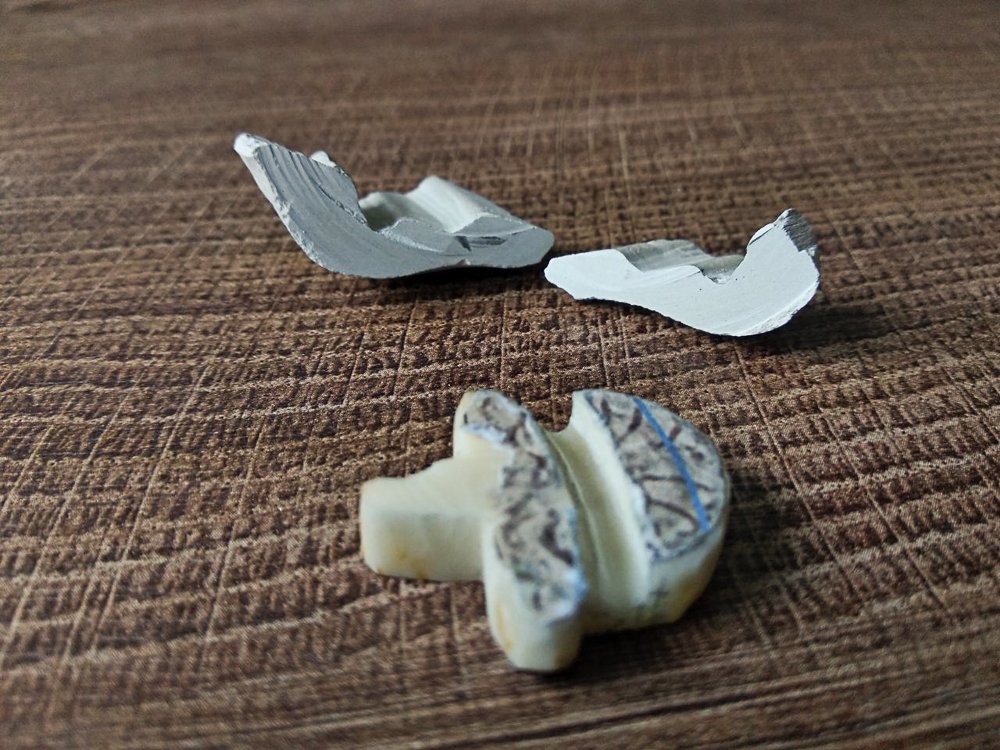
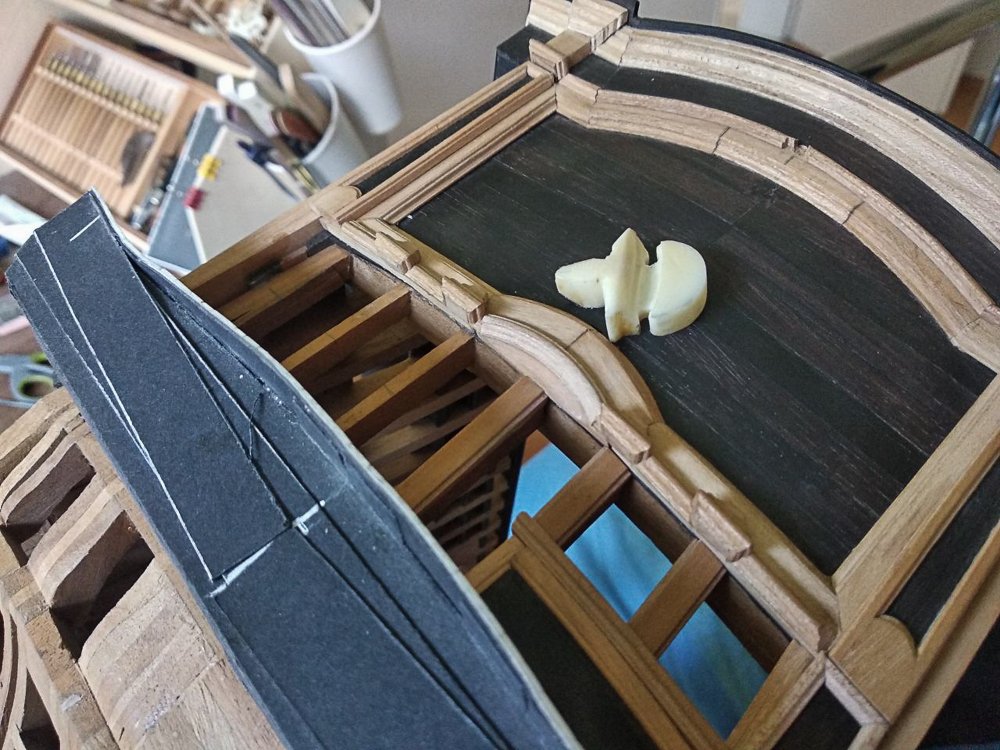
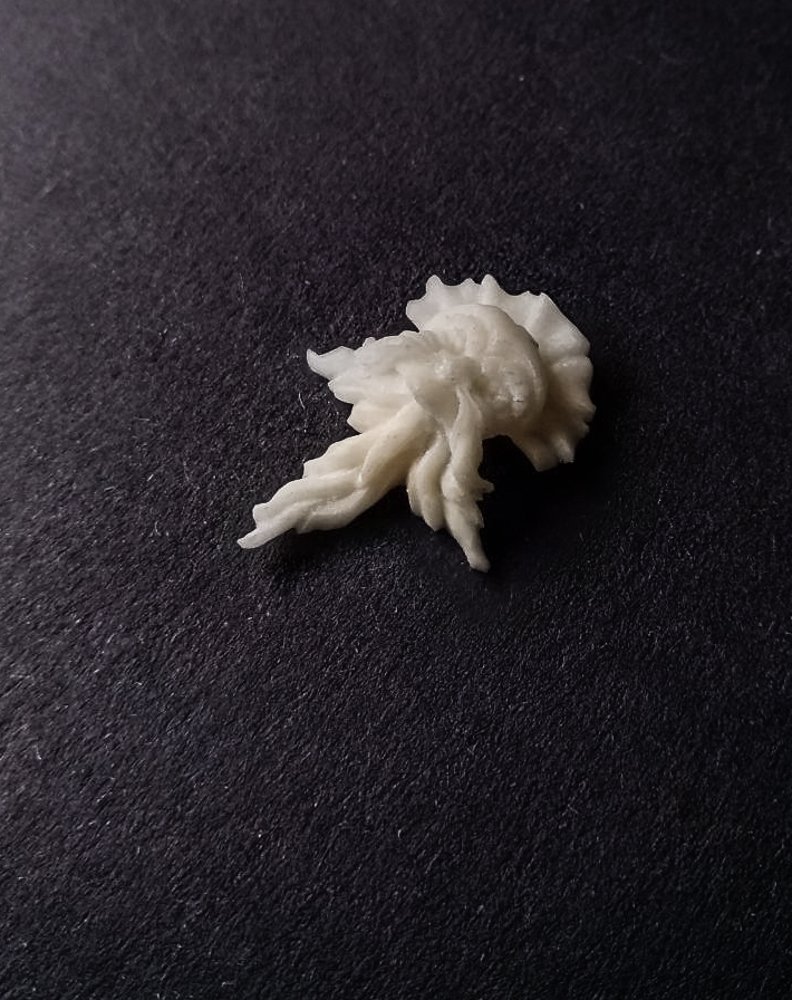
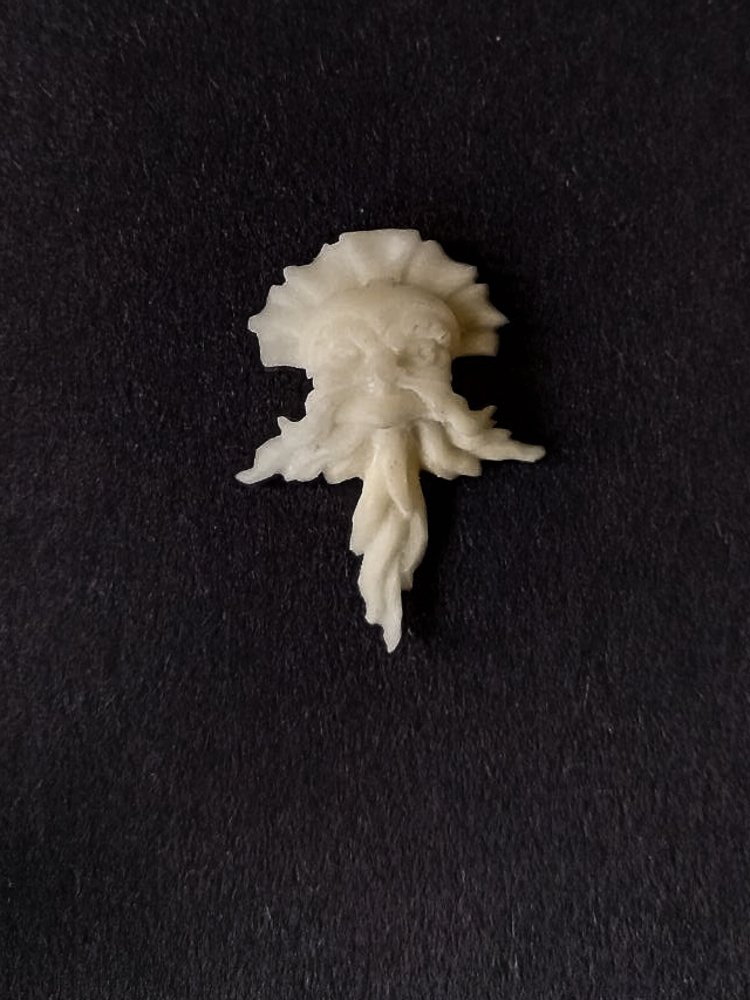
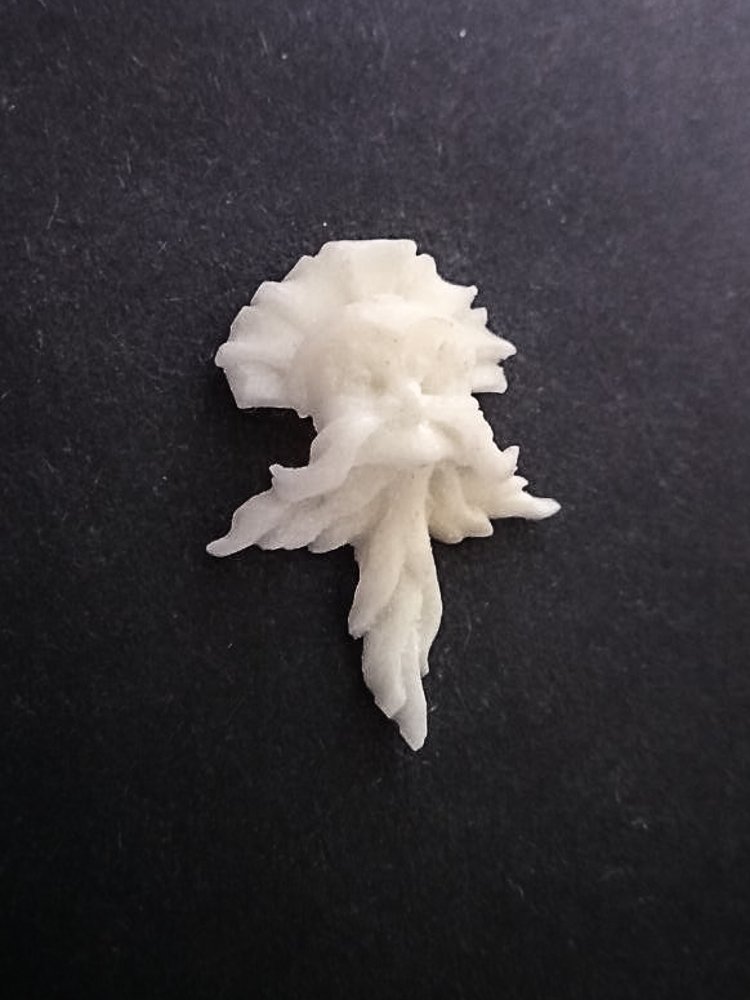
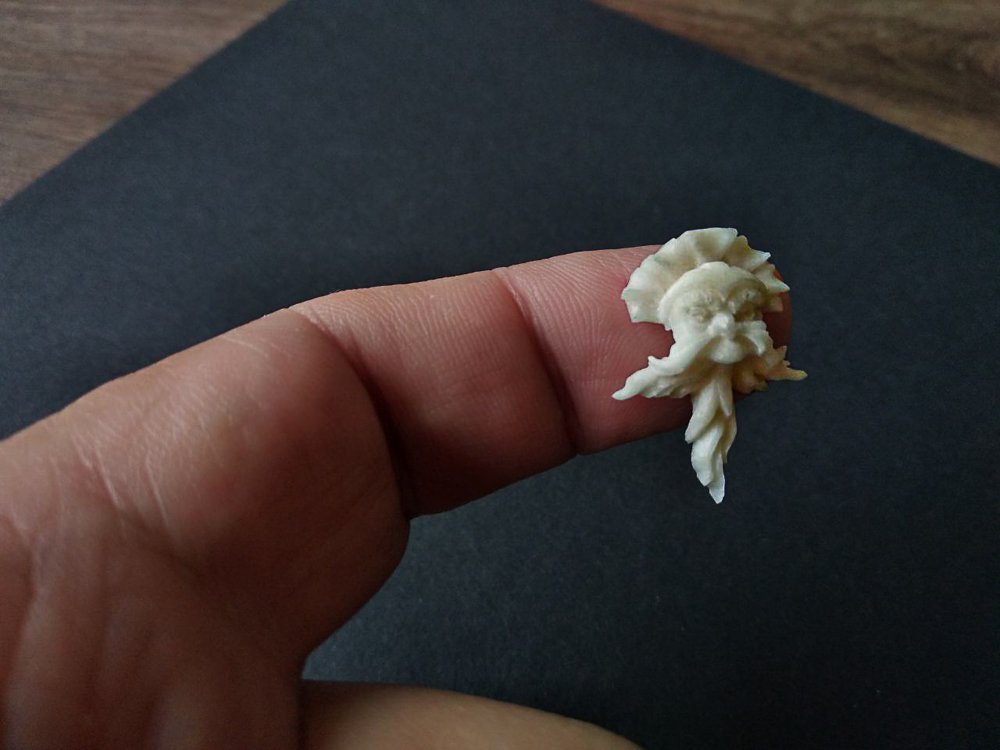
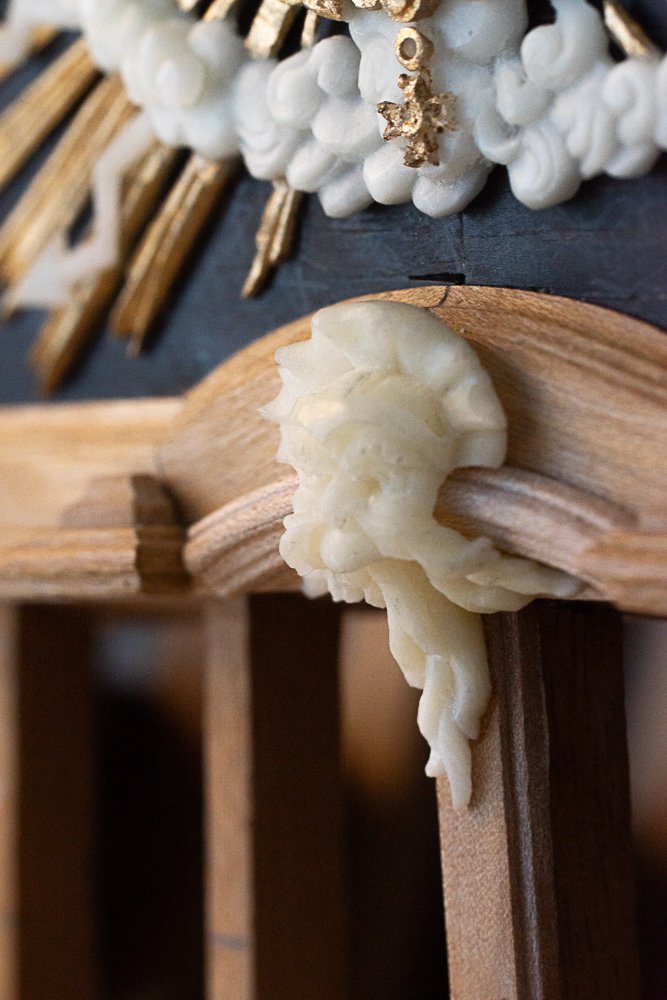
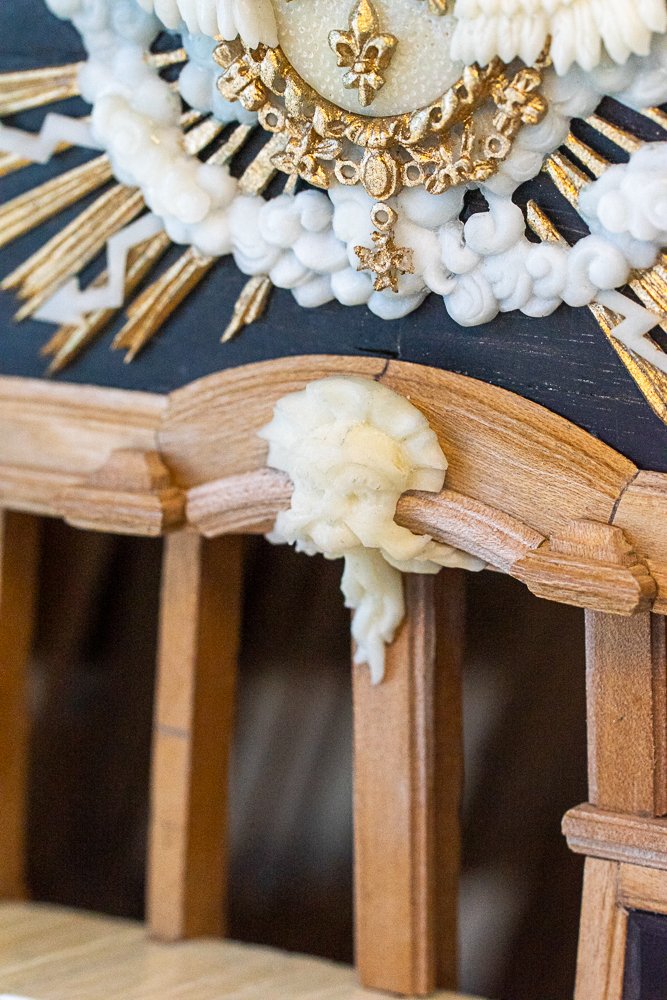
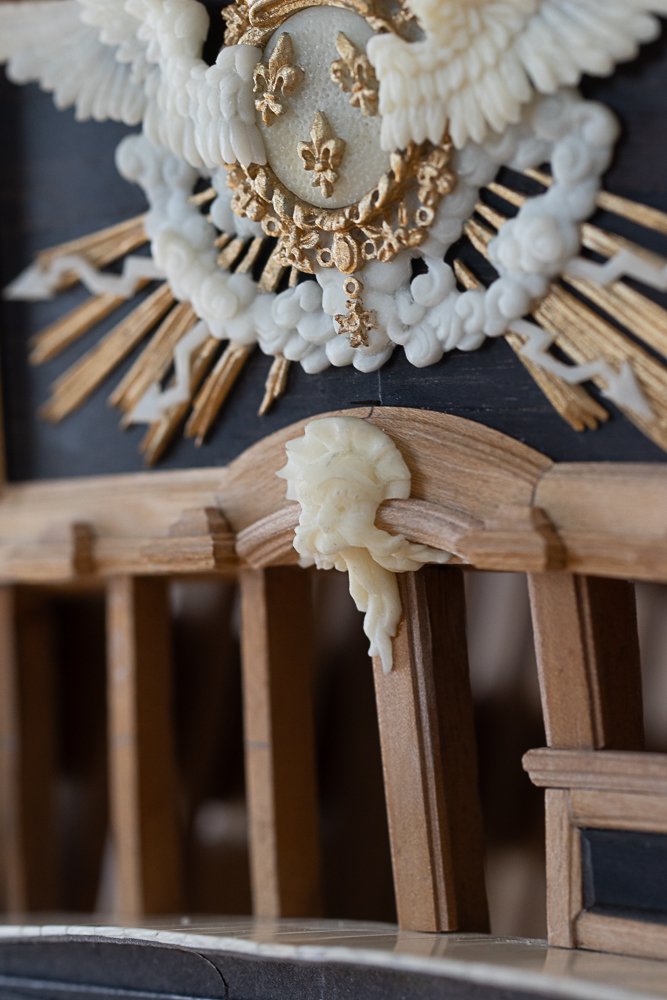
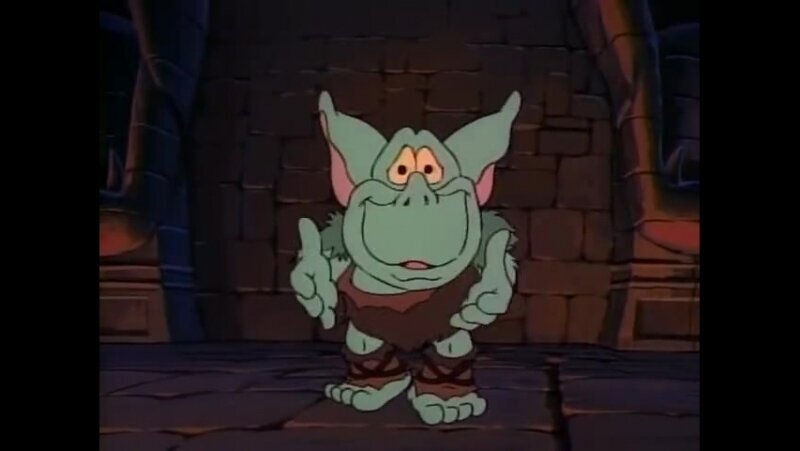
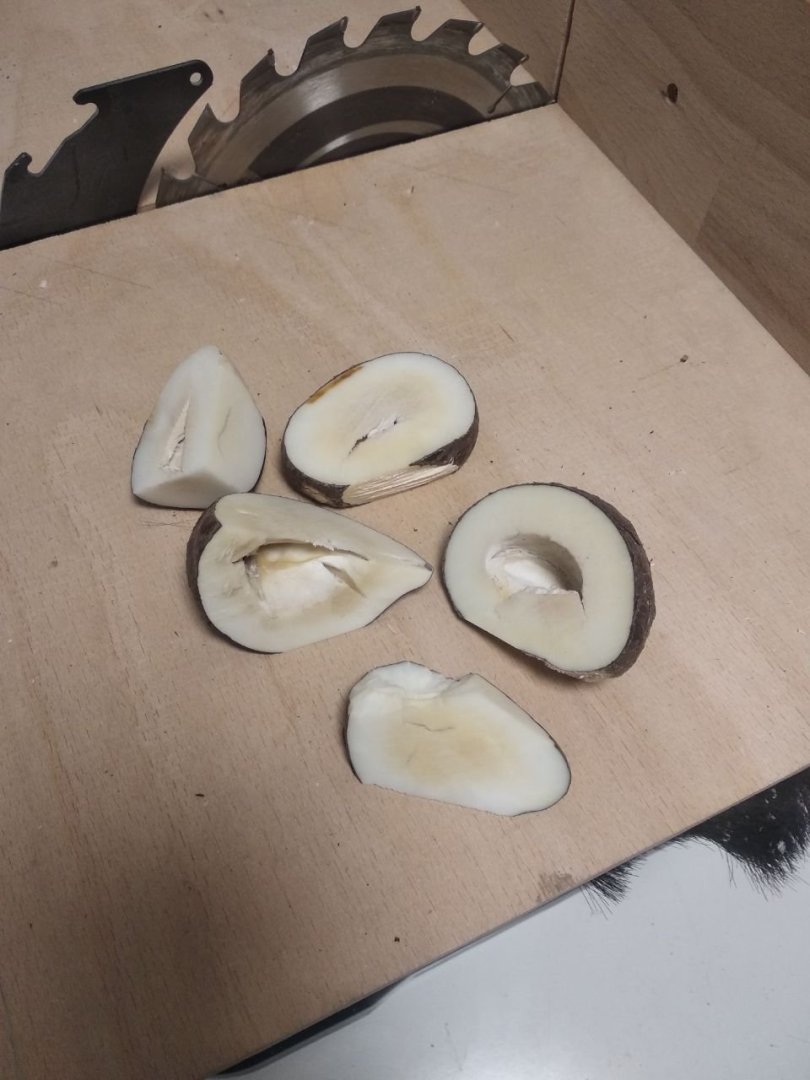
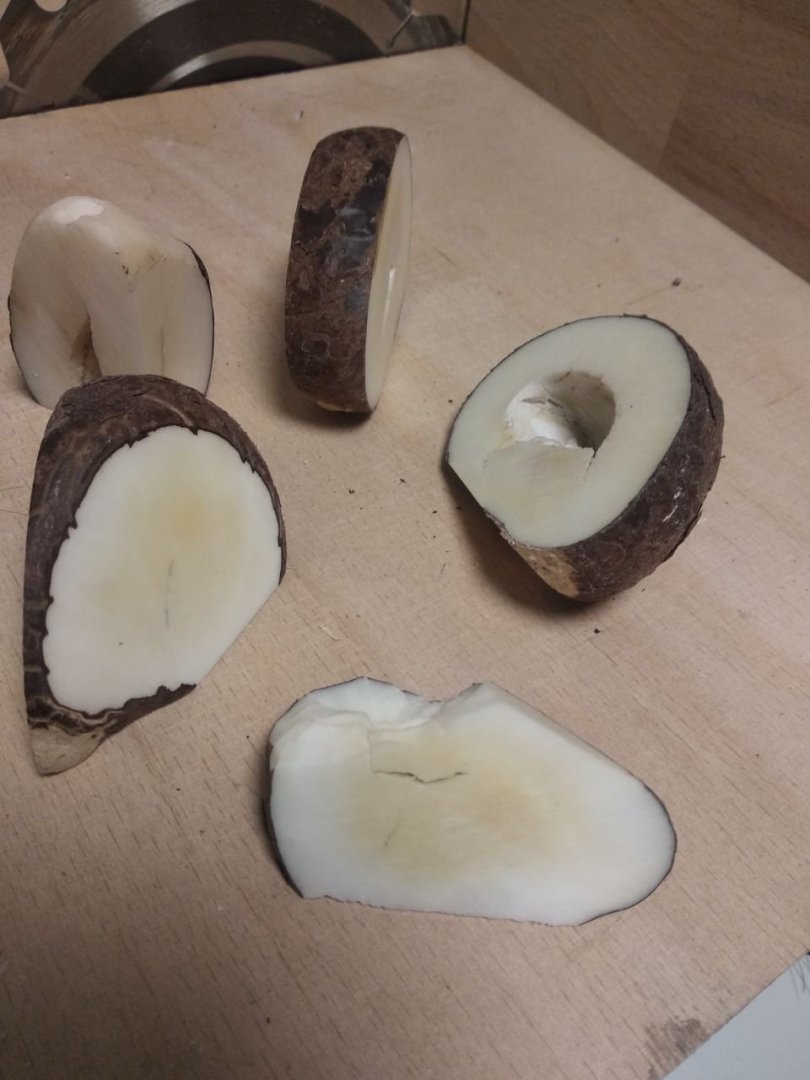
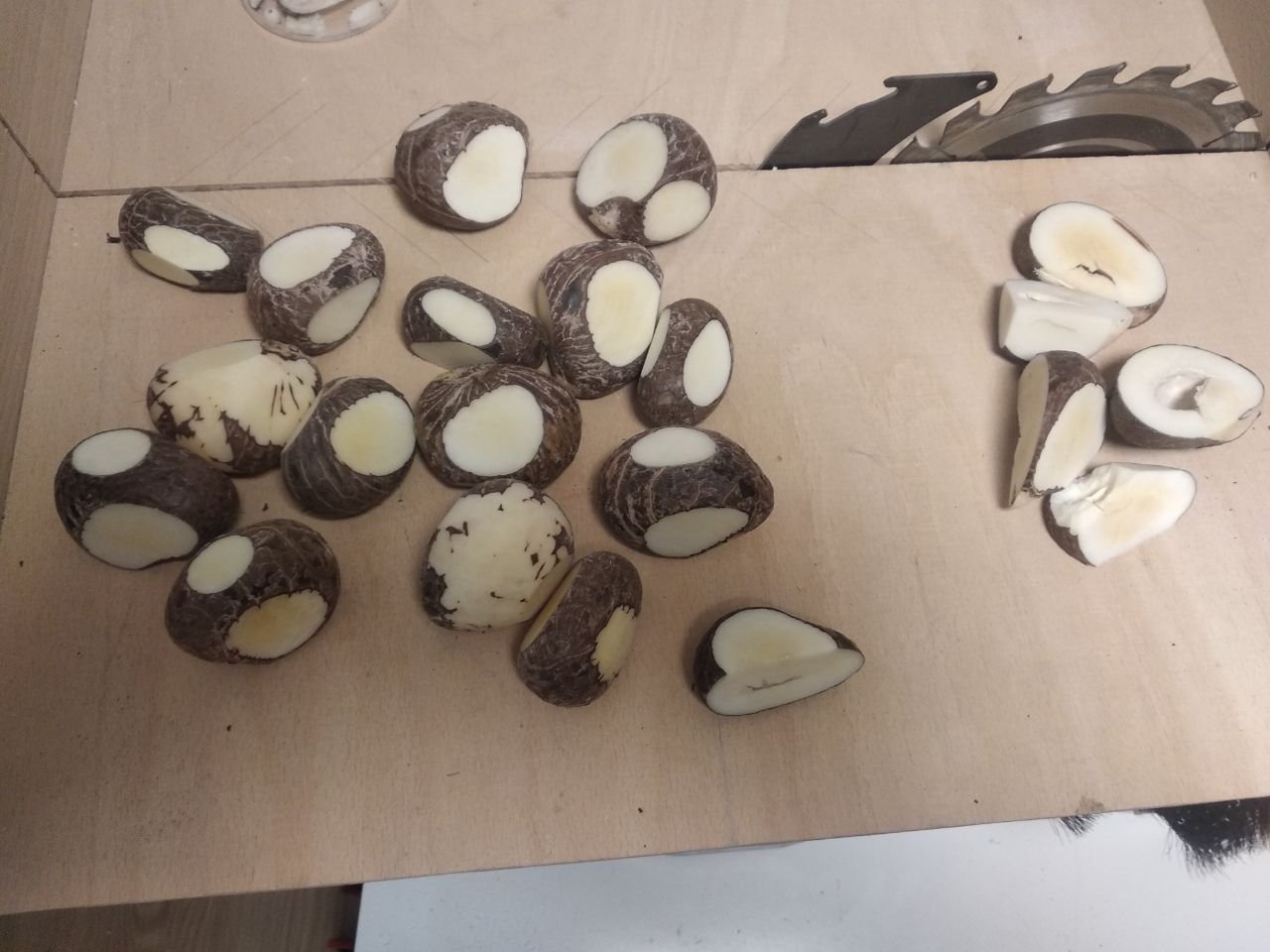
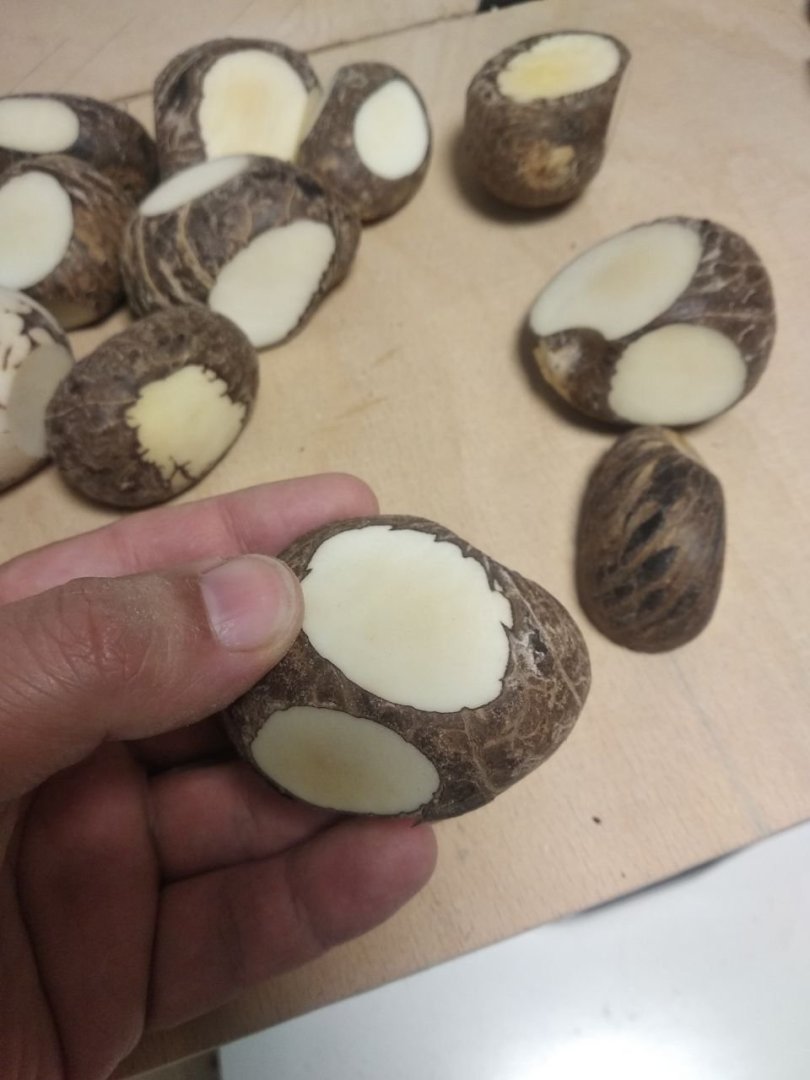
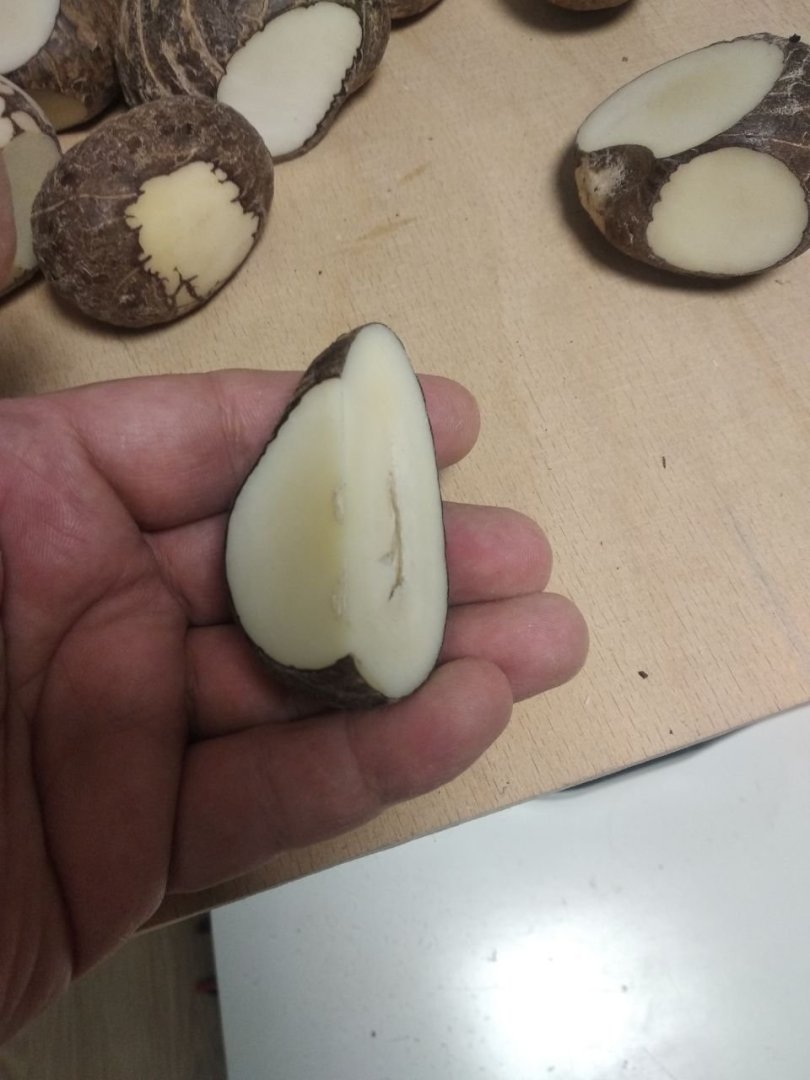
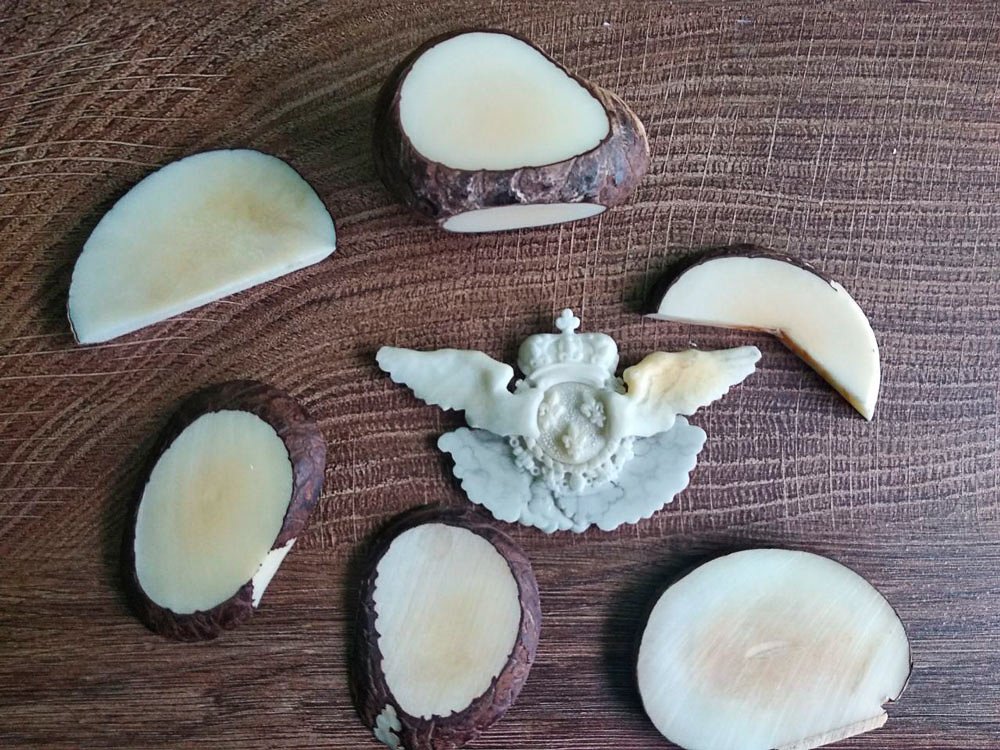
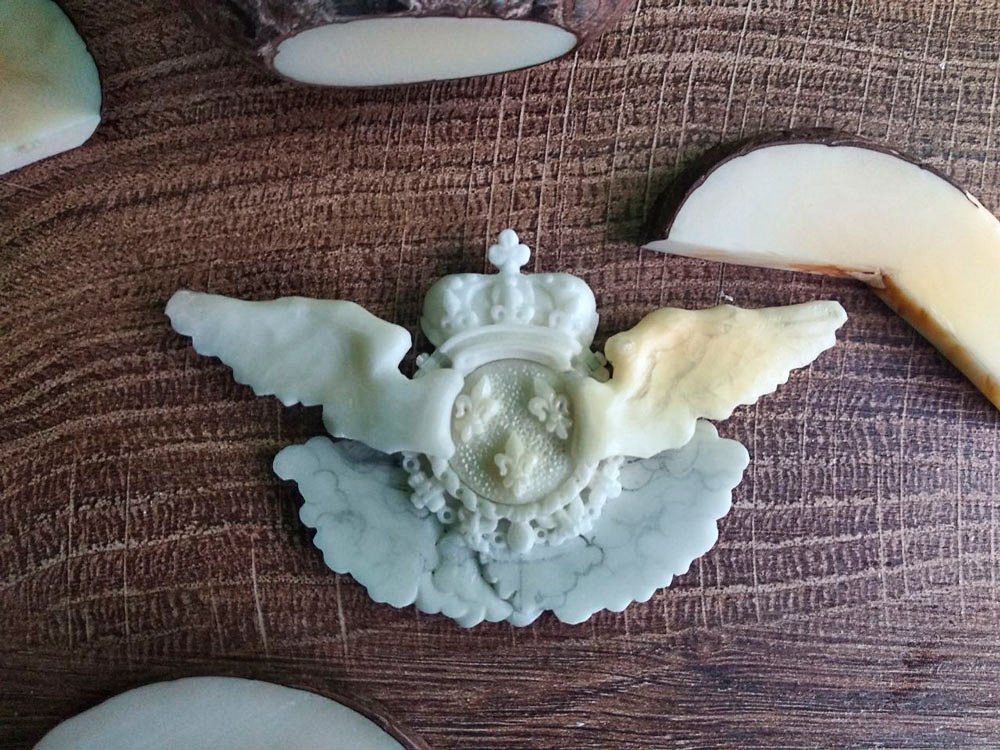
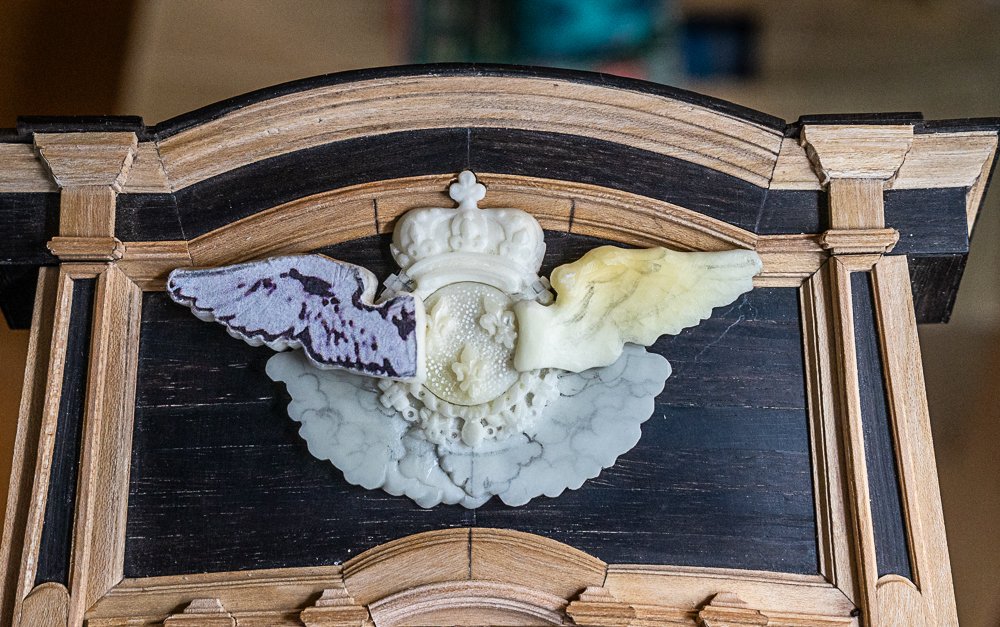
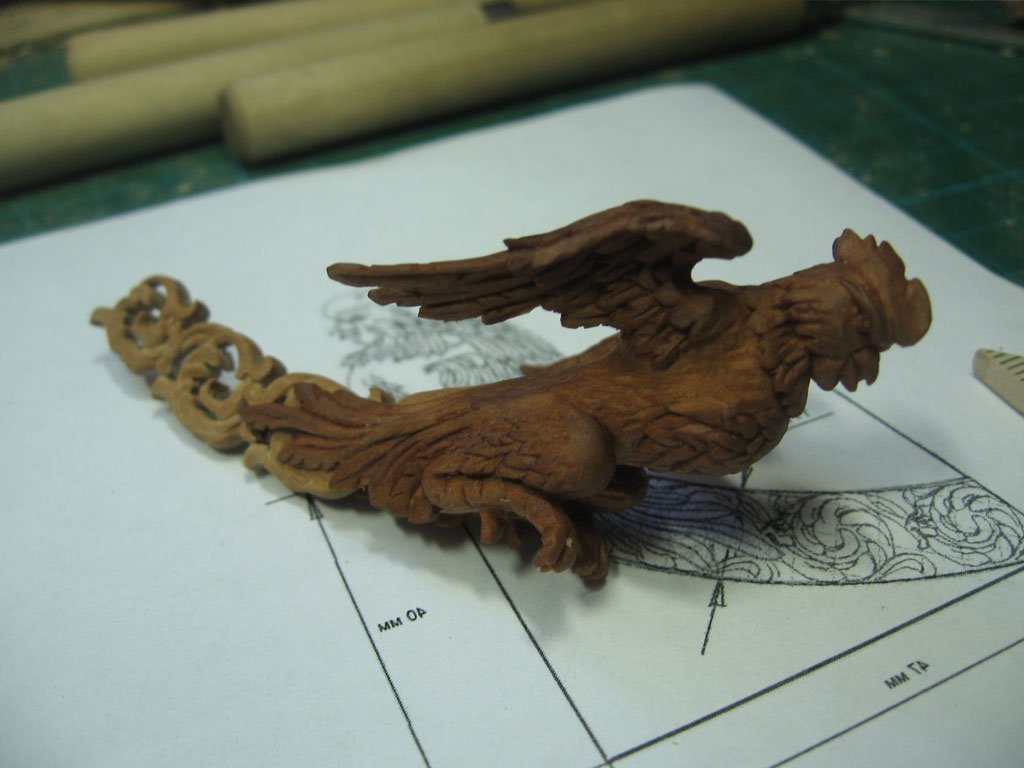
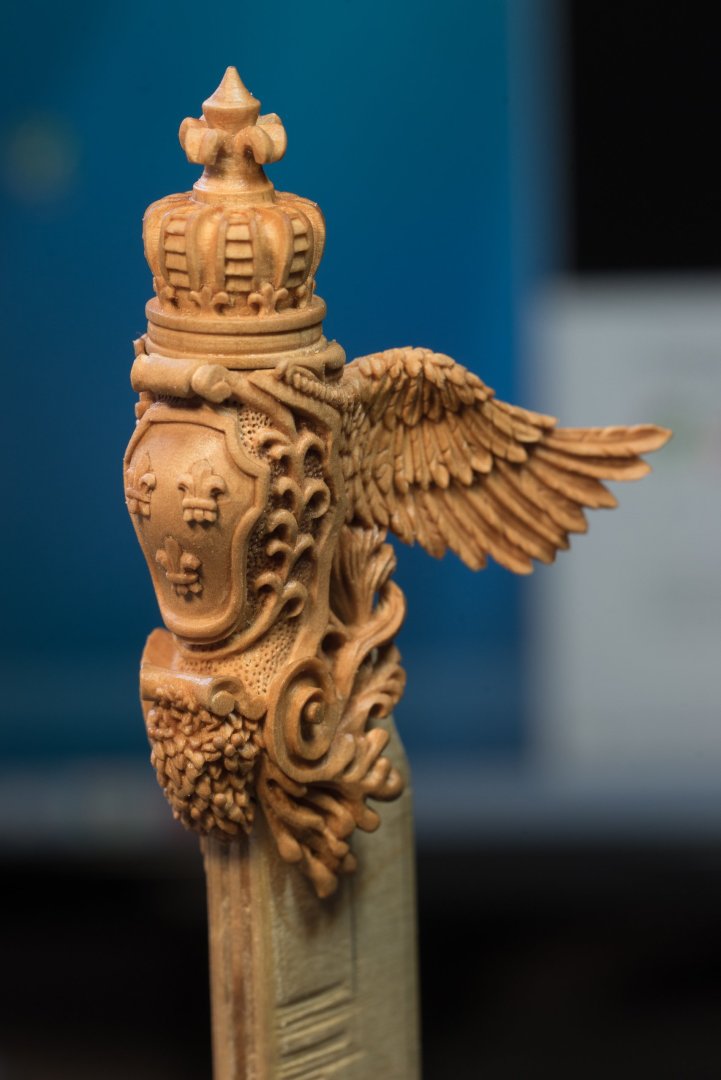
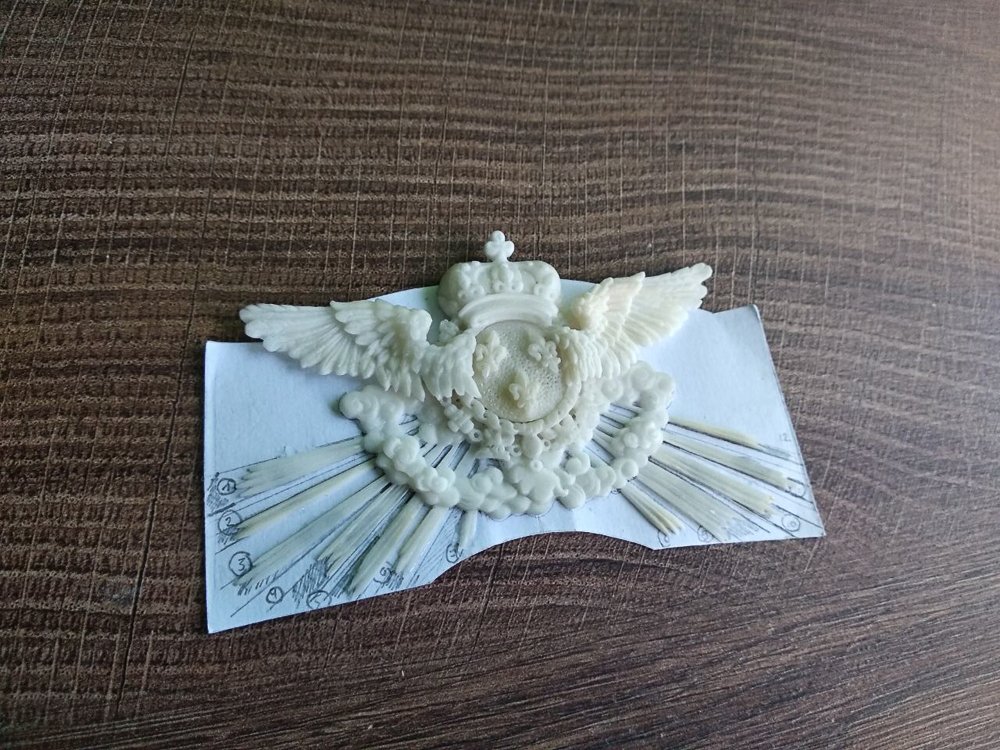
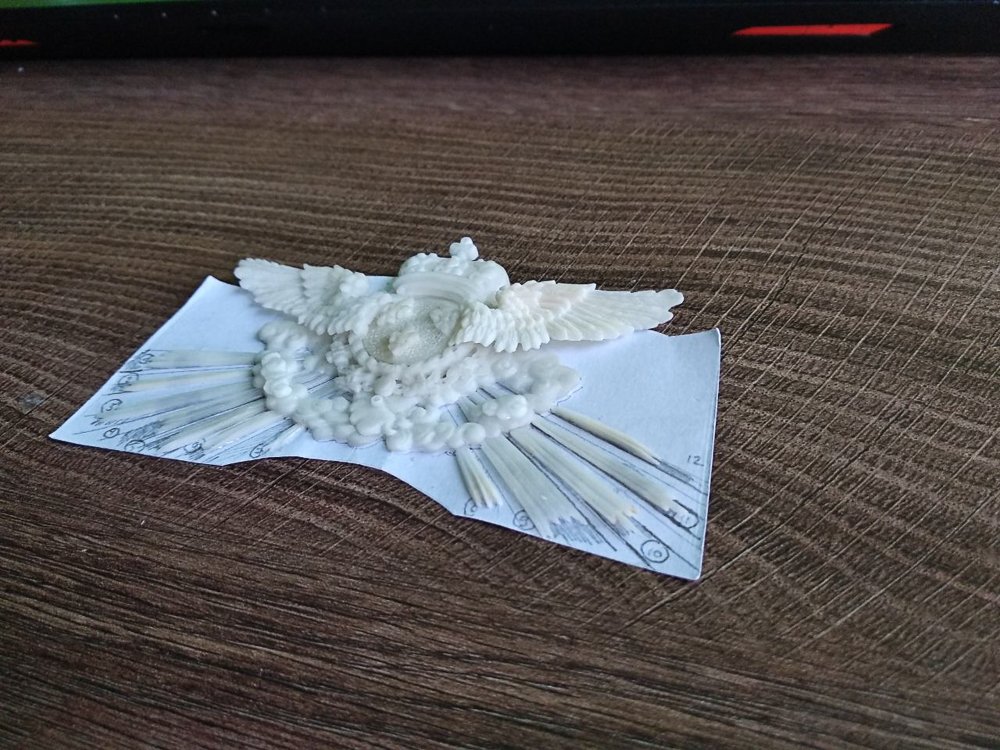
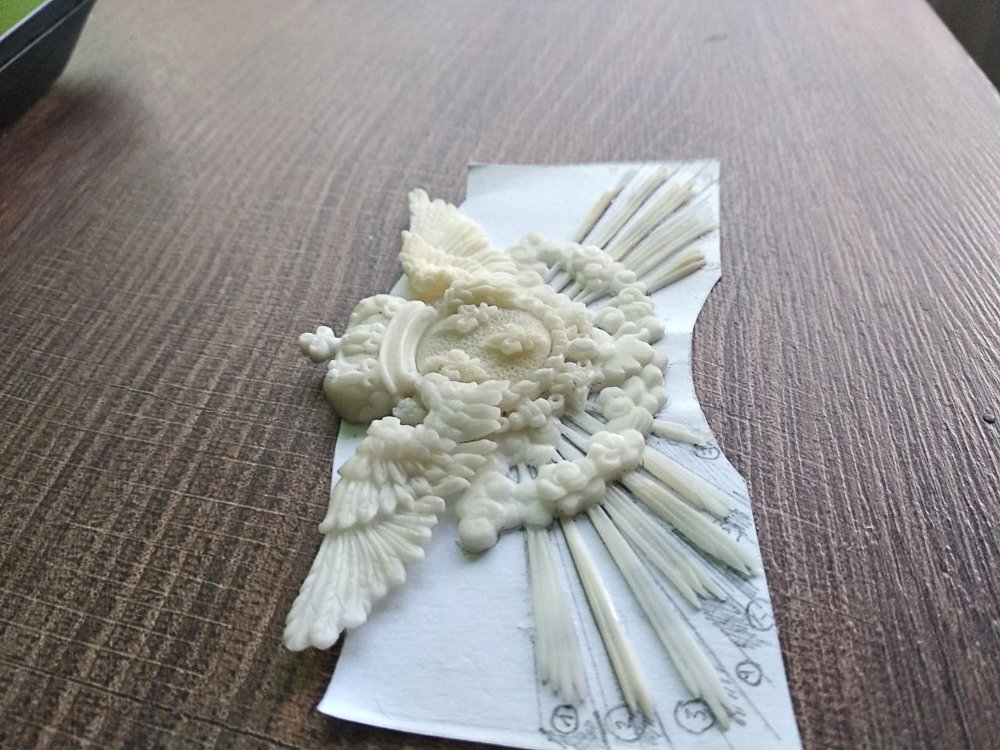

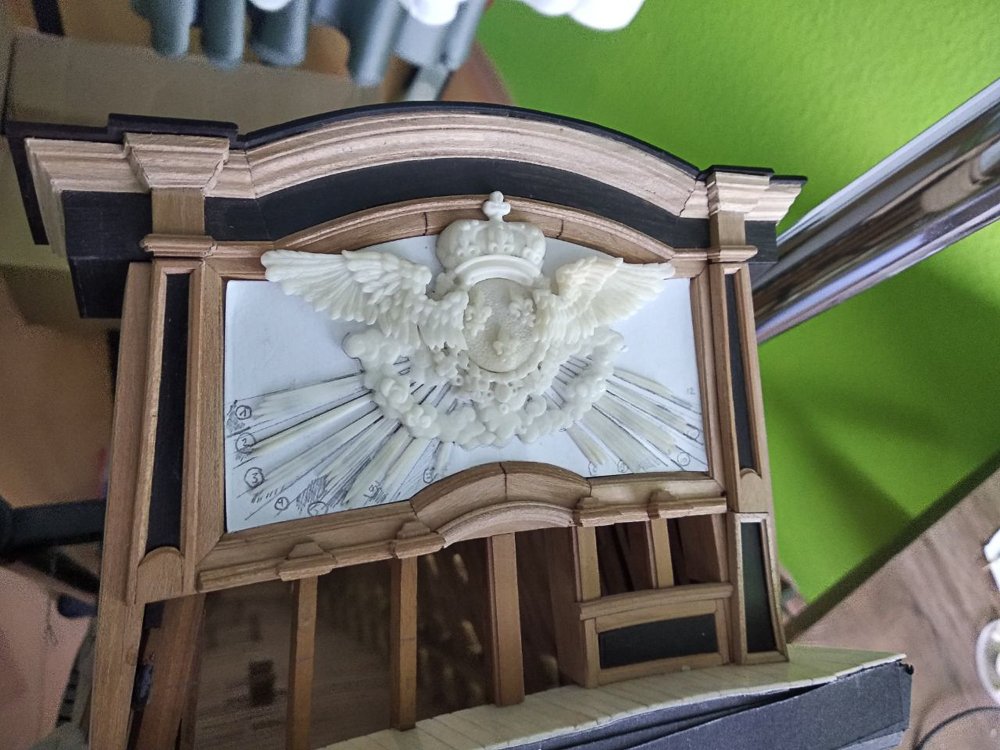
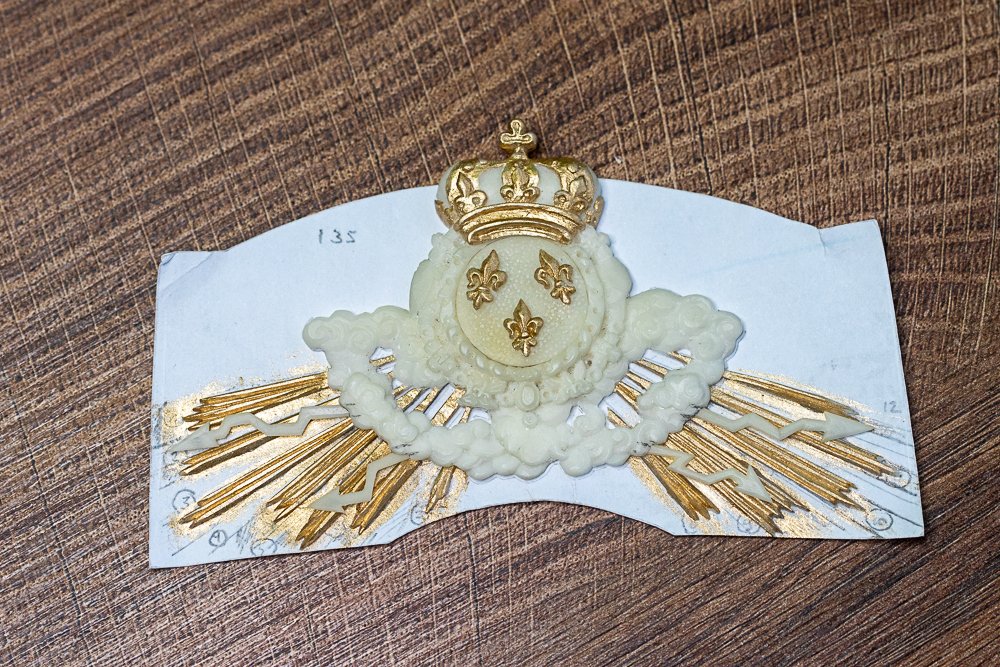





.jpg.3cb8ae6975ed5ae3c2cfc8e2ca692df5.jpg)



